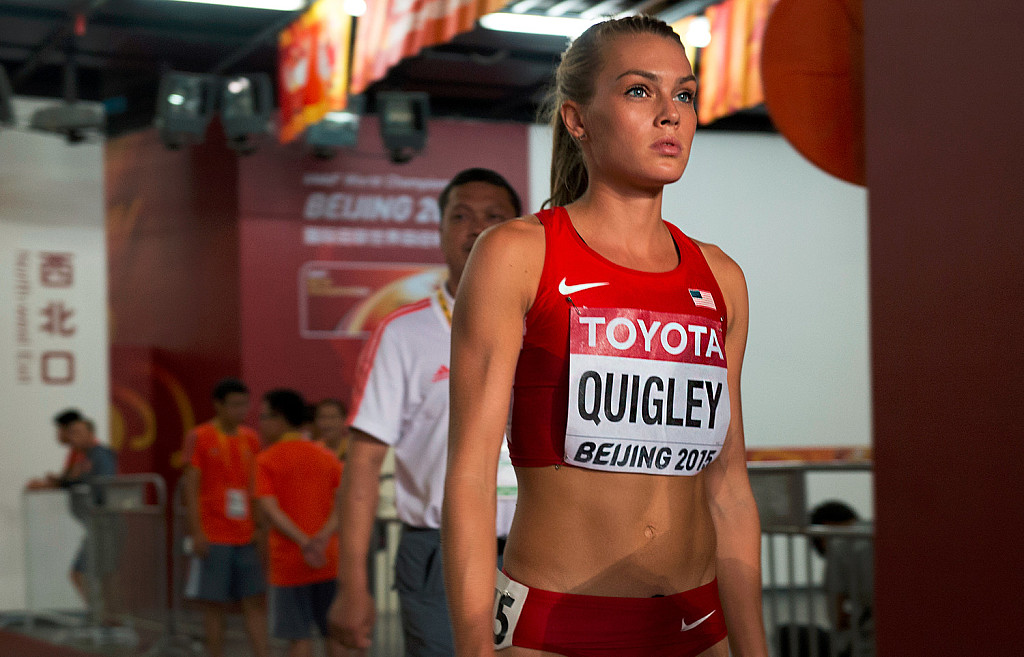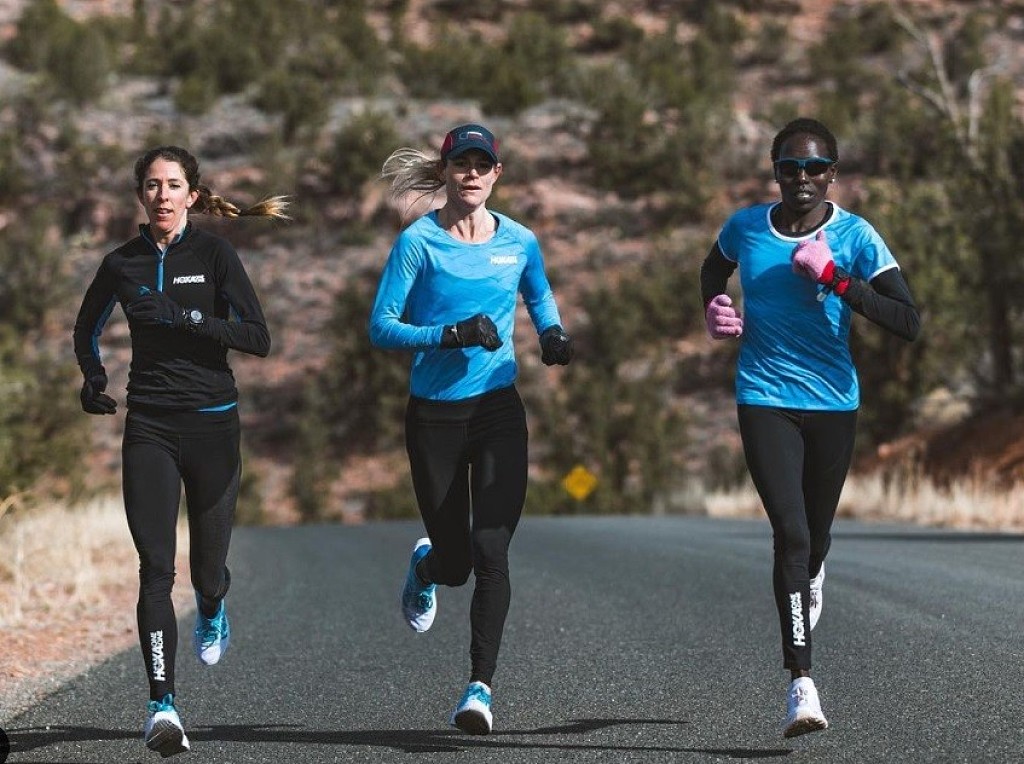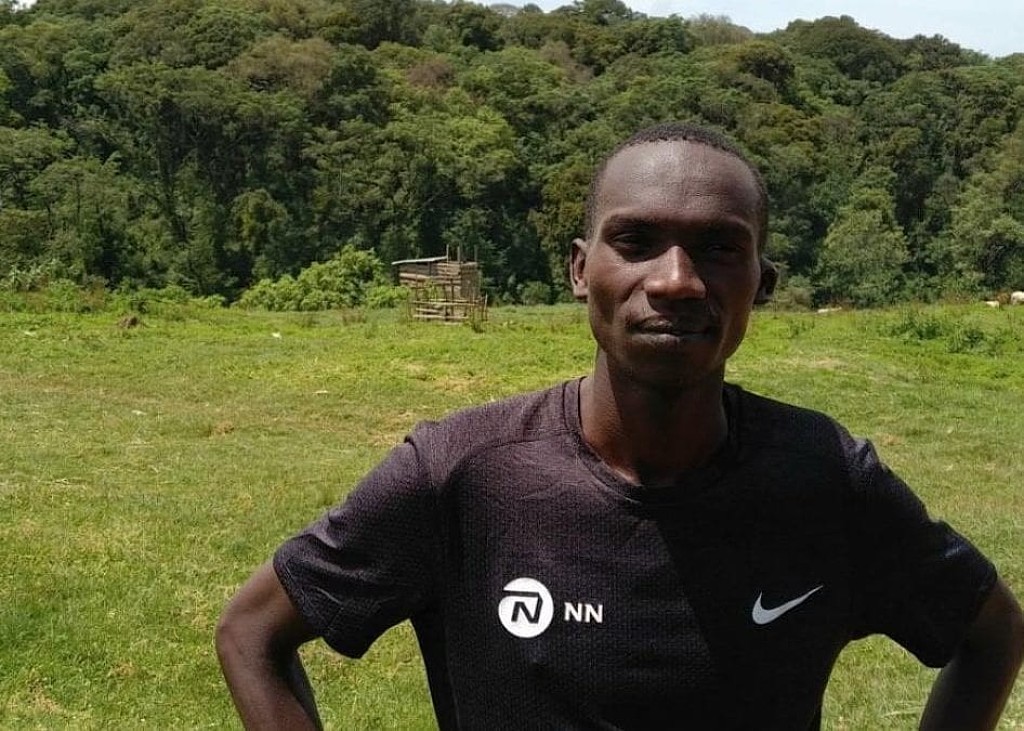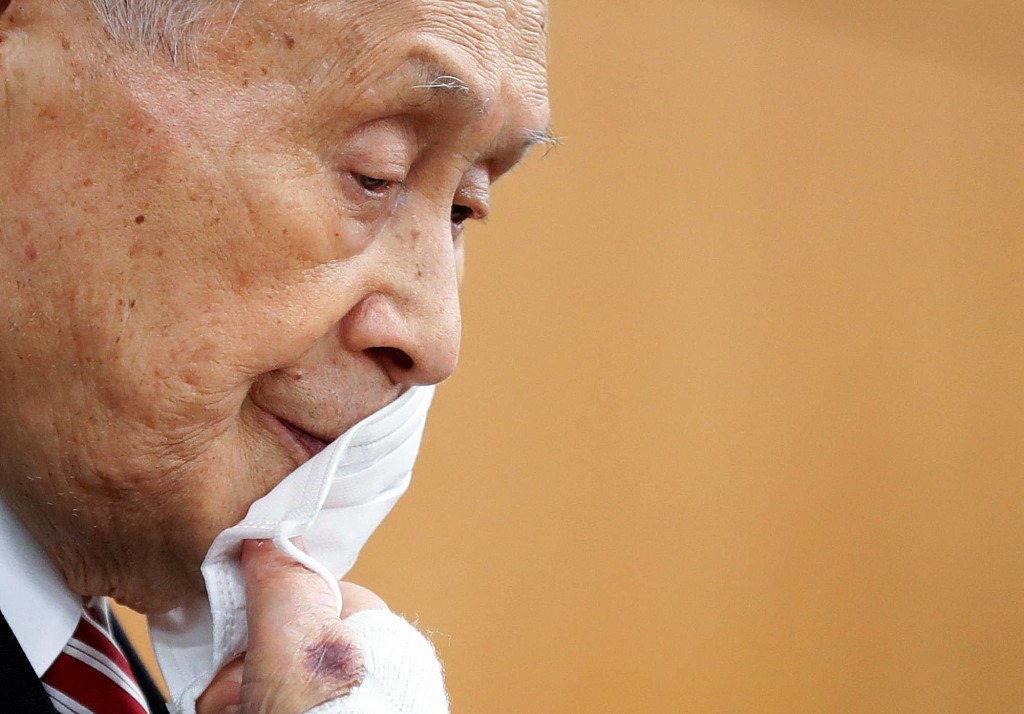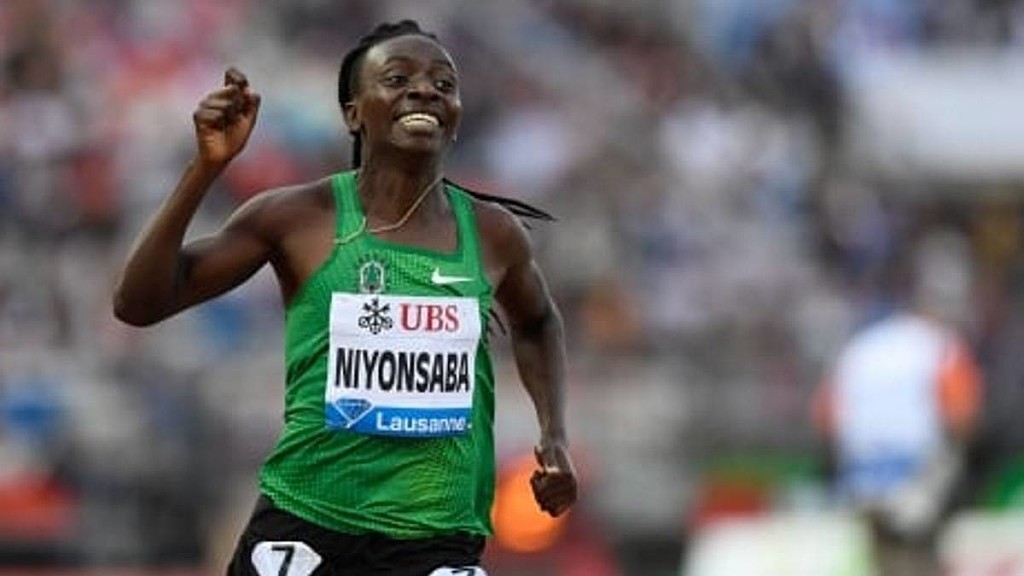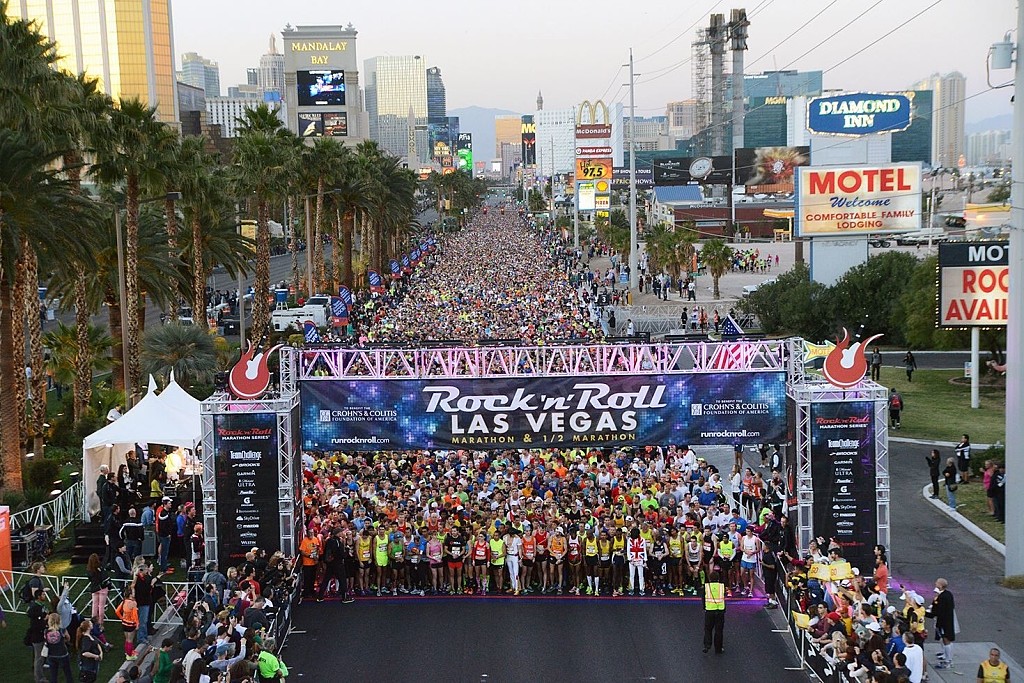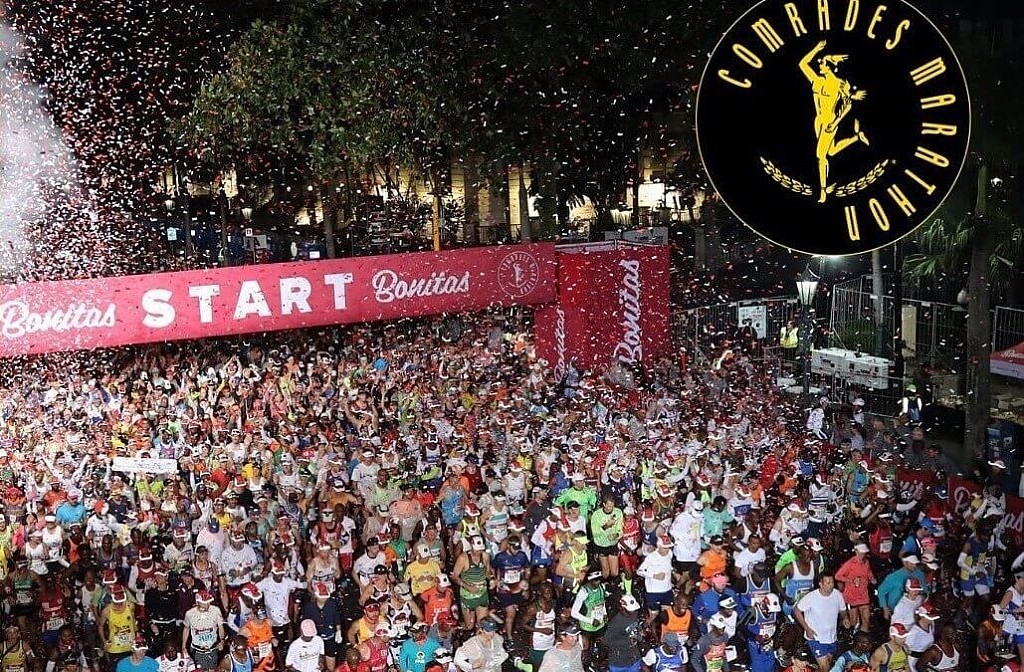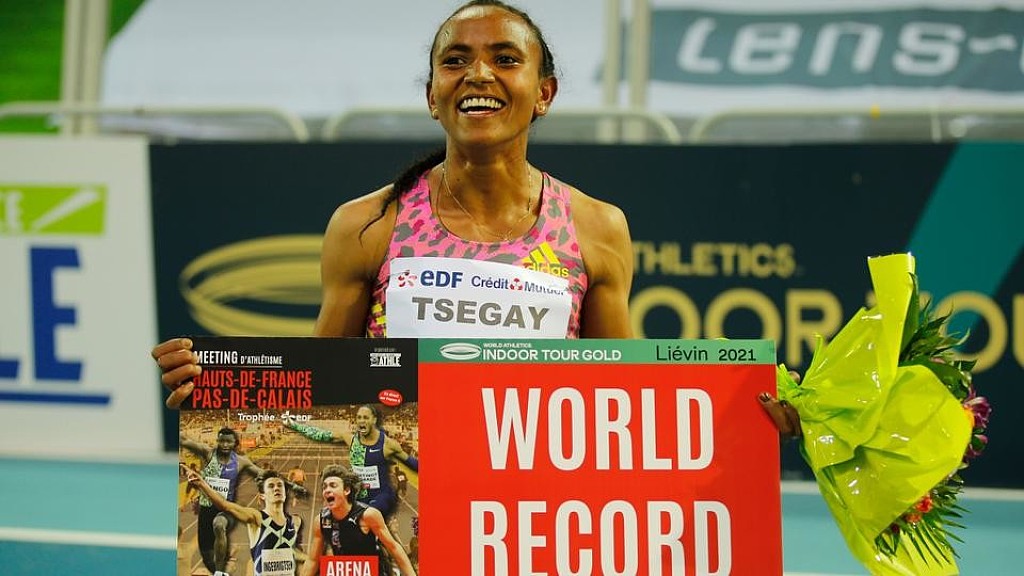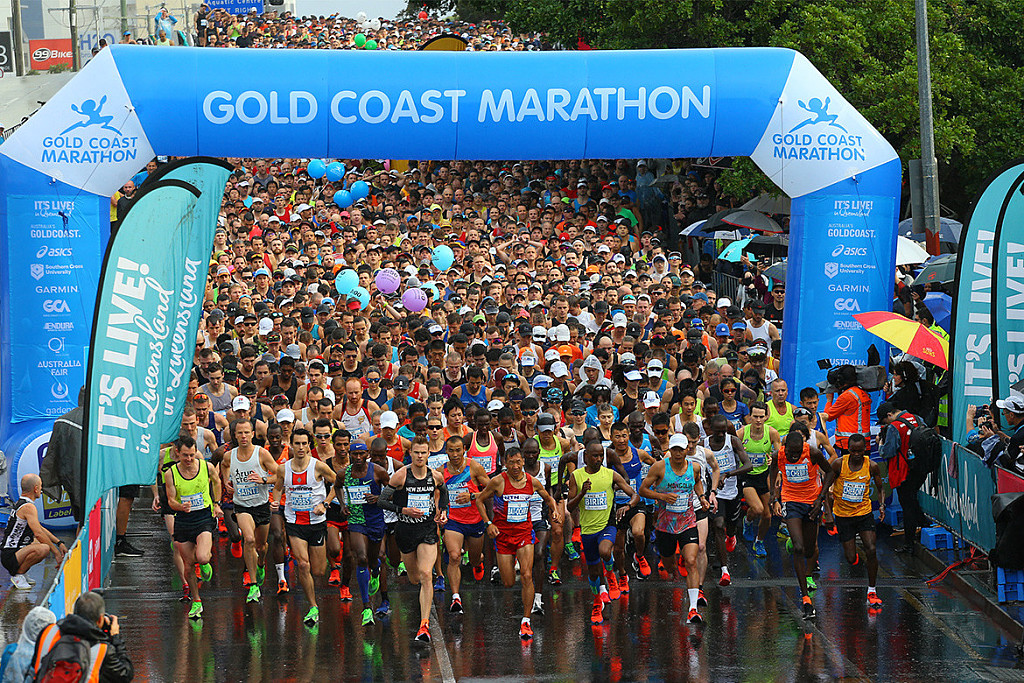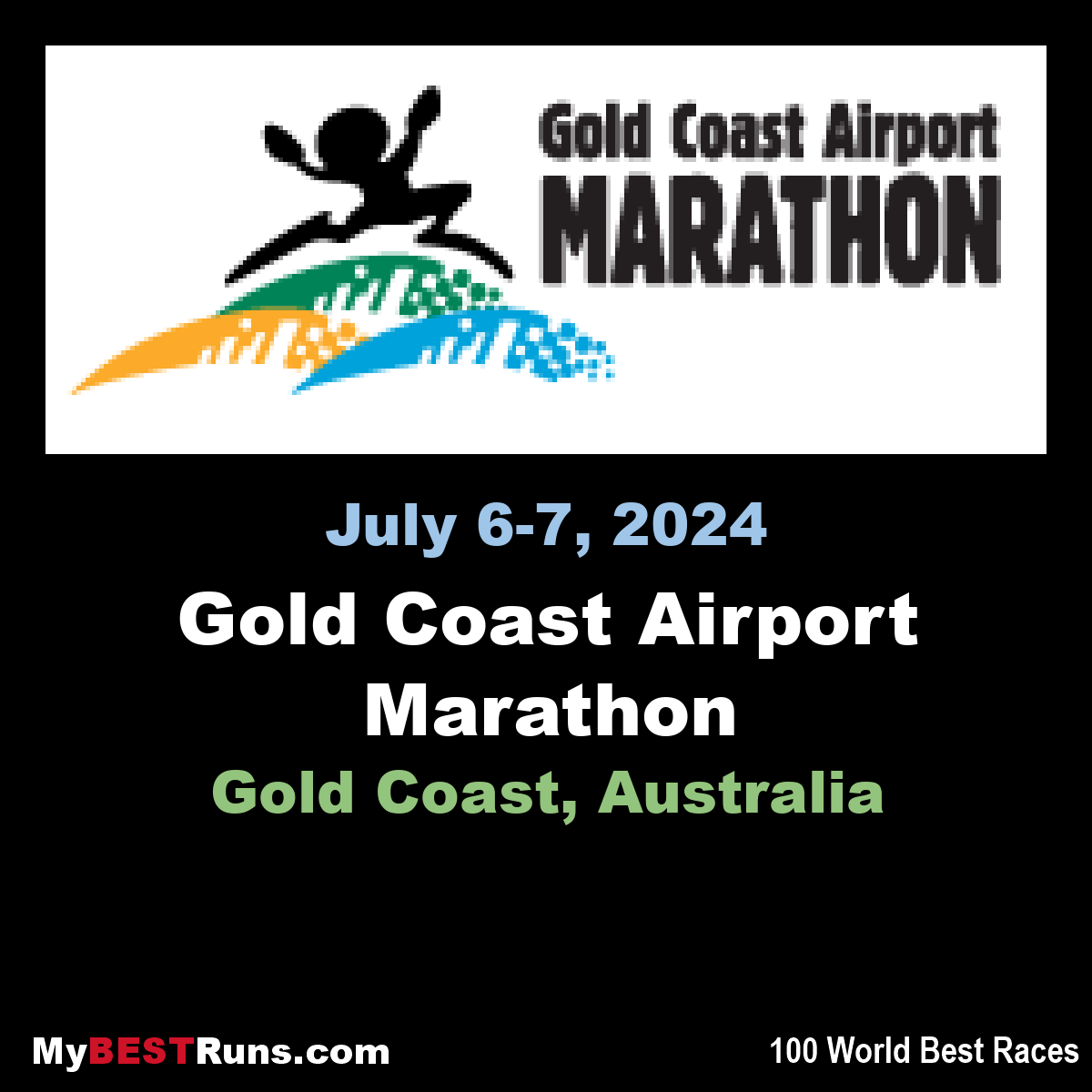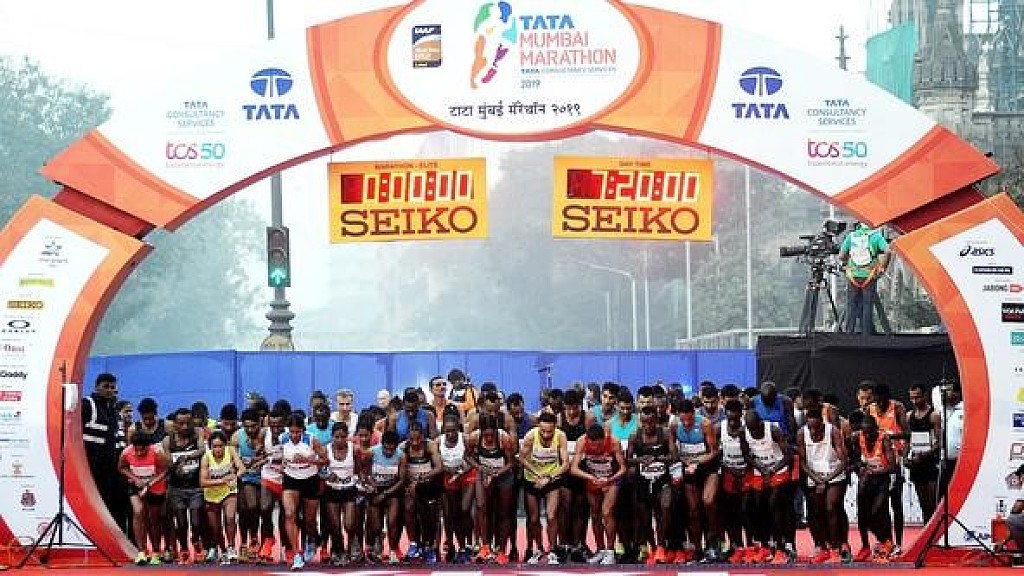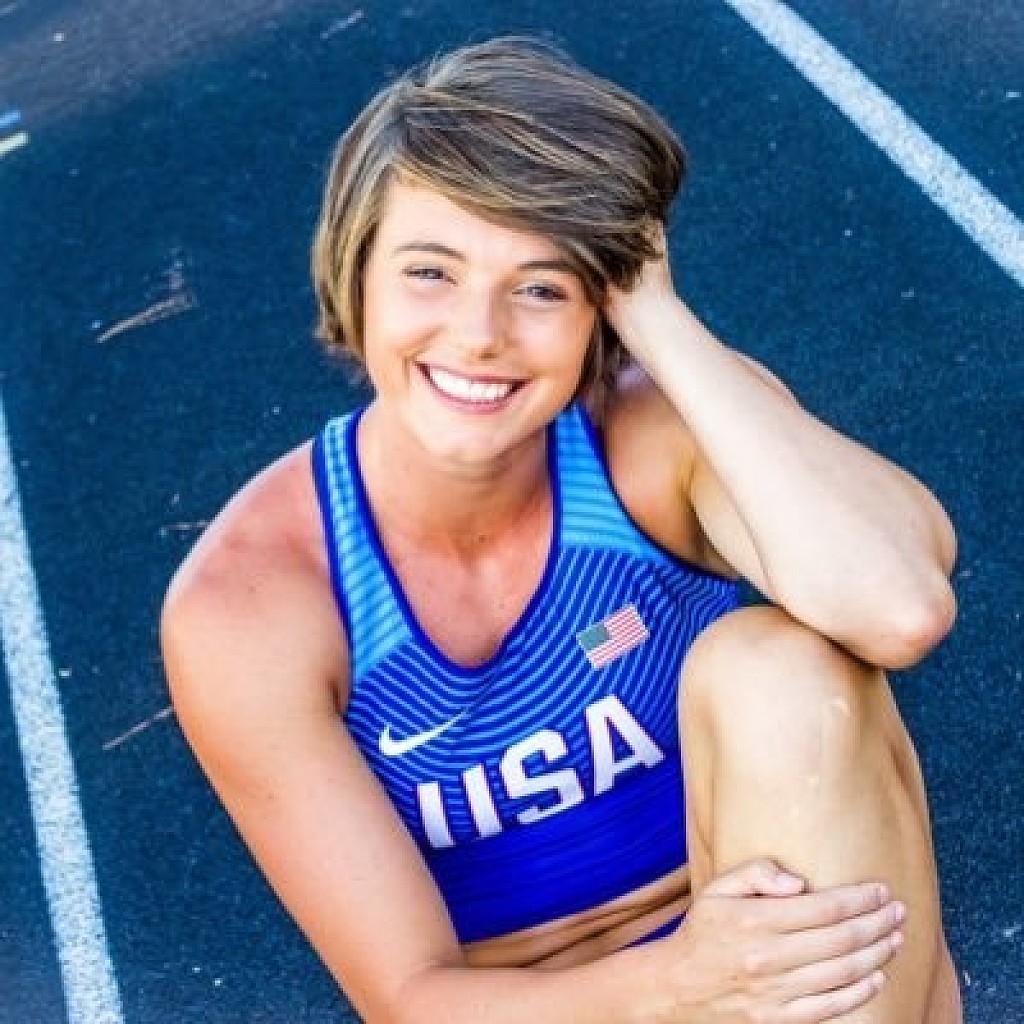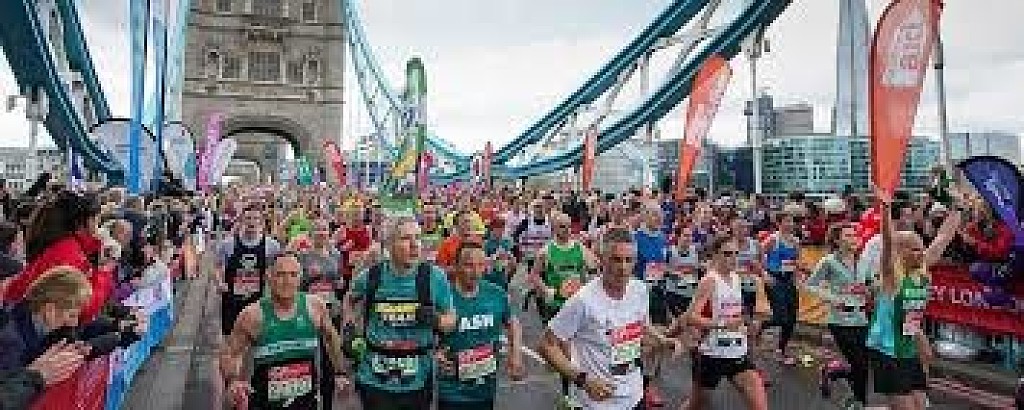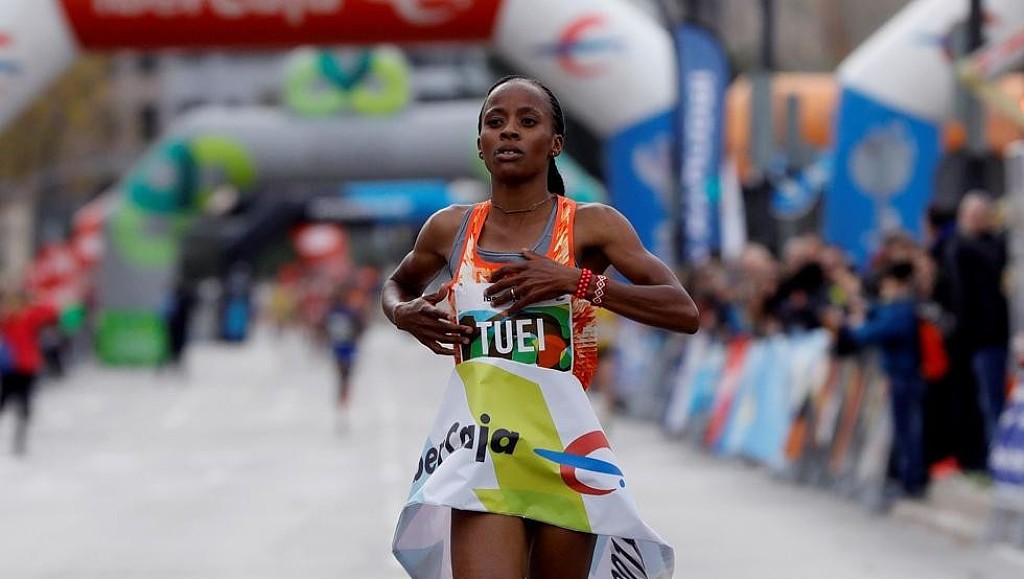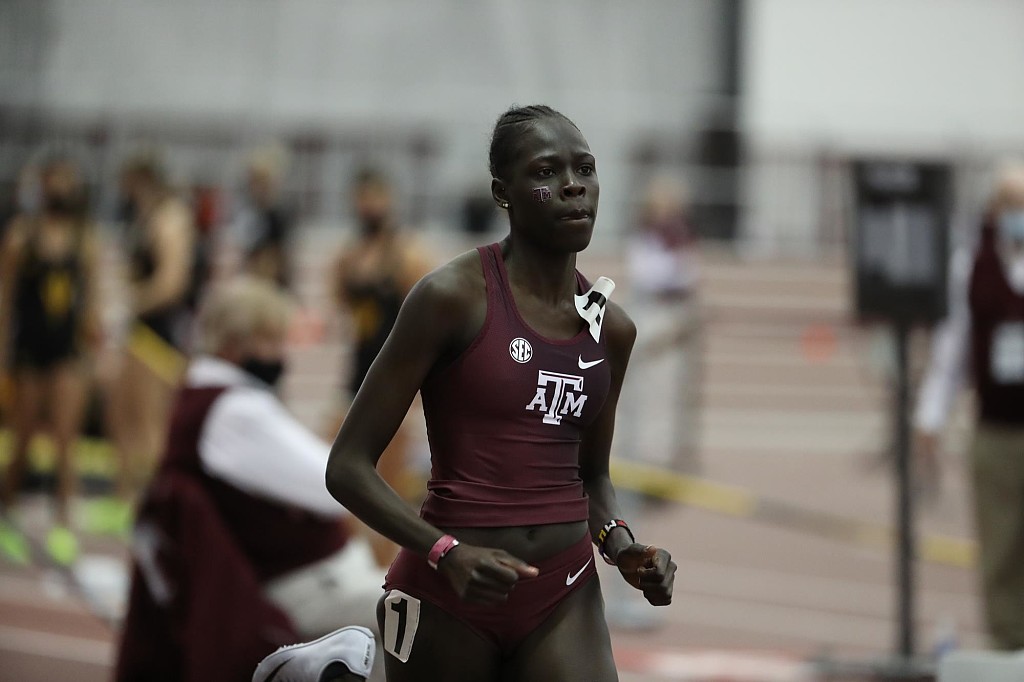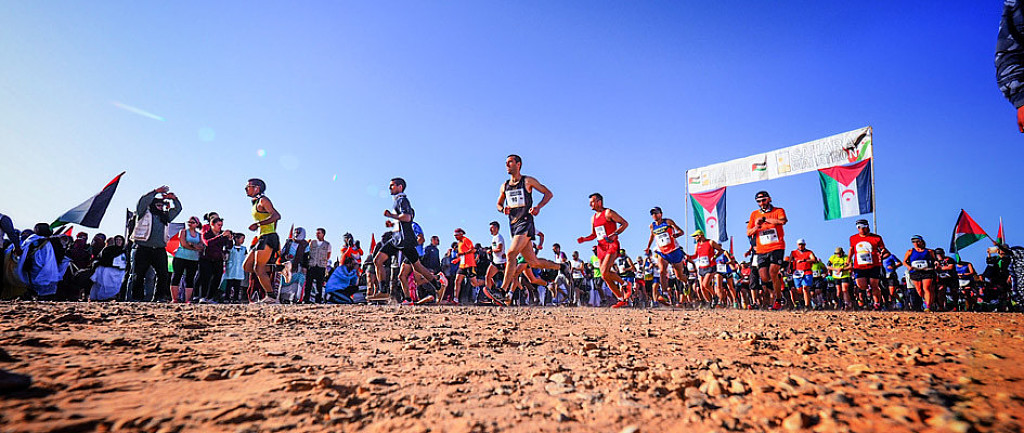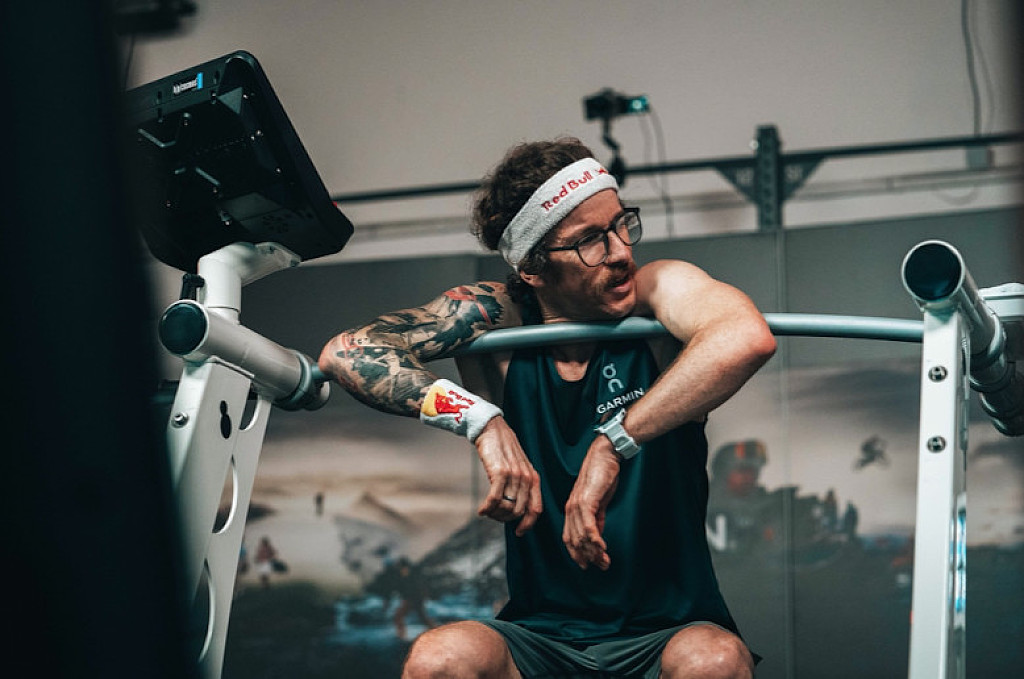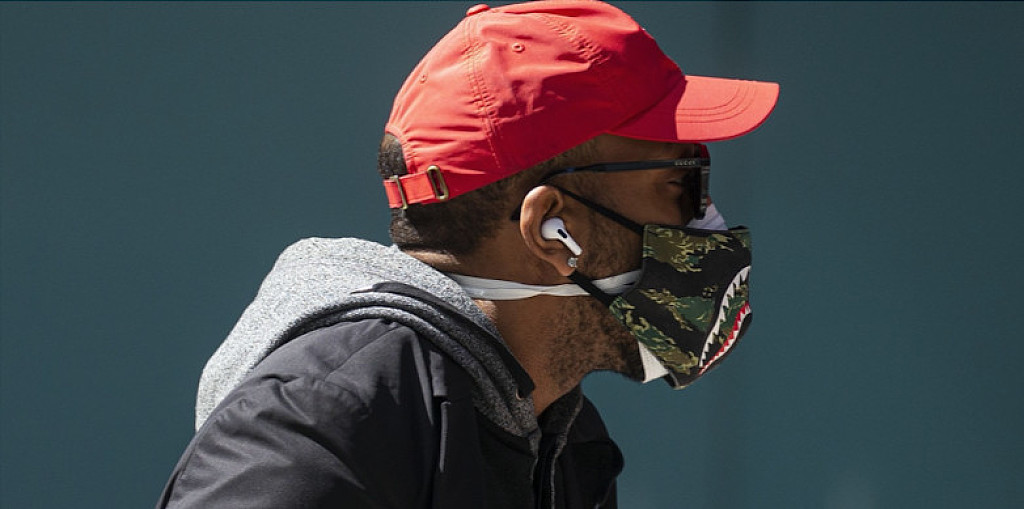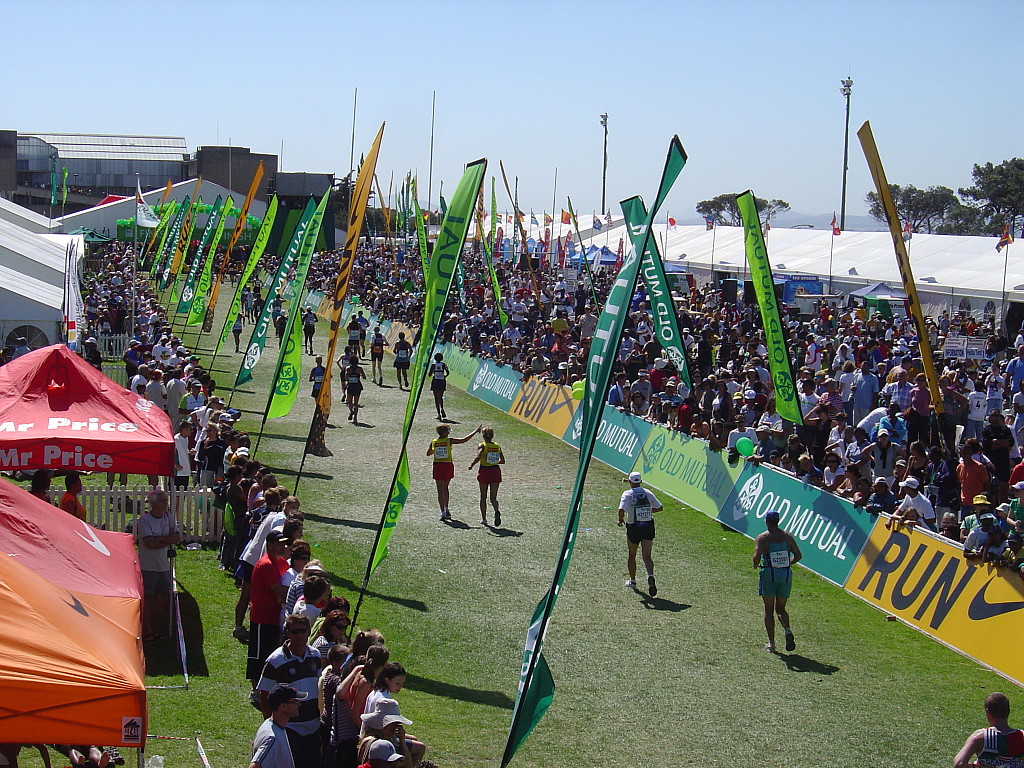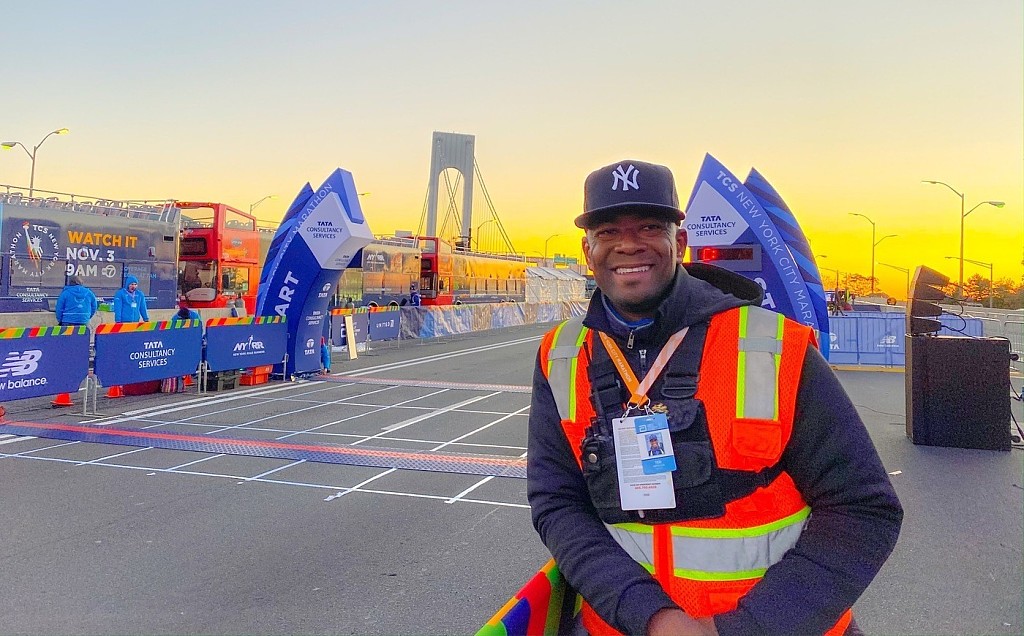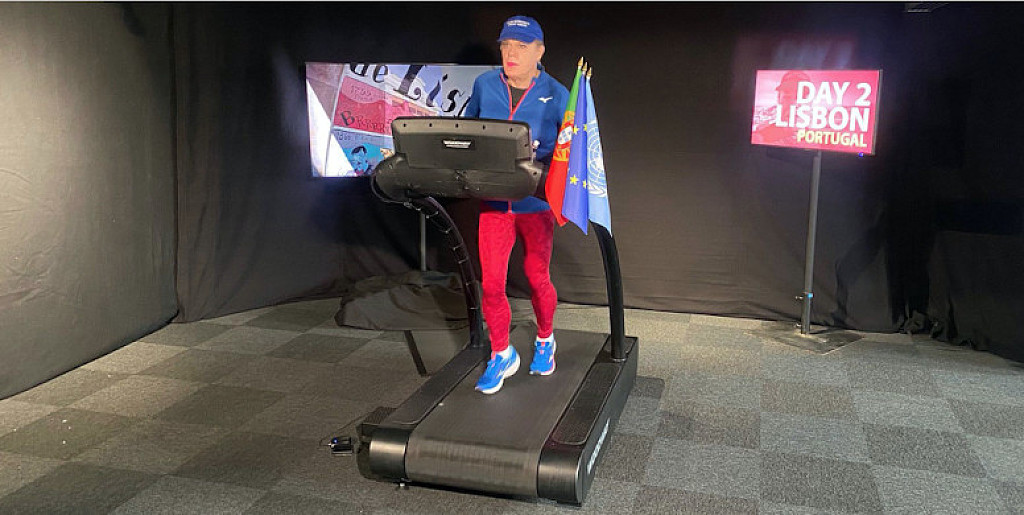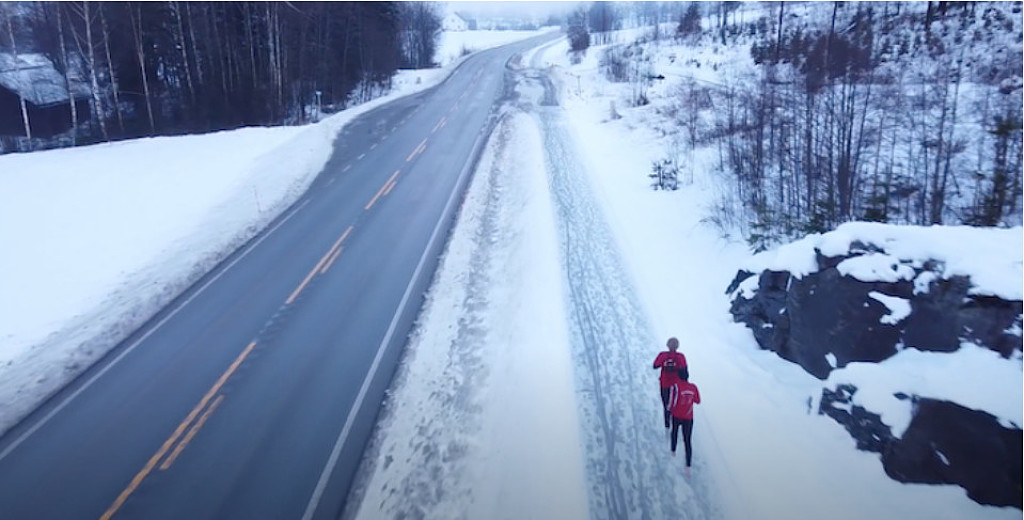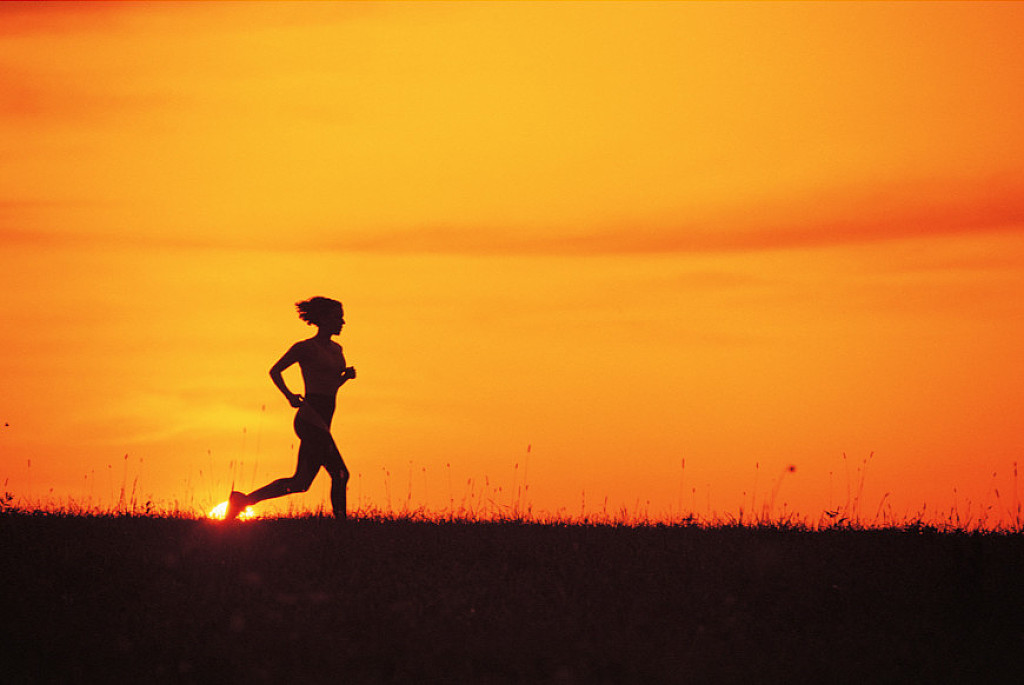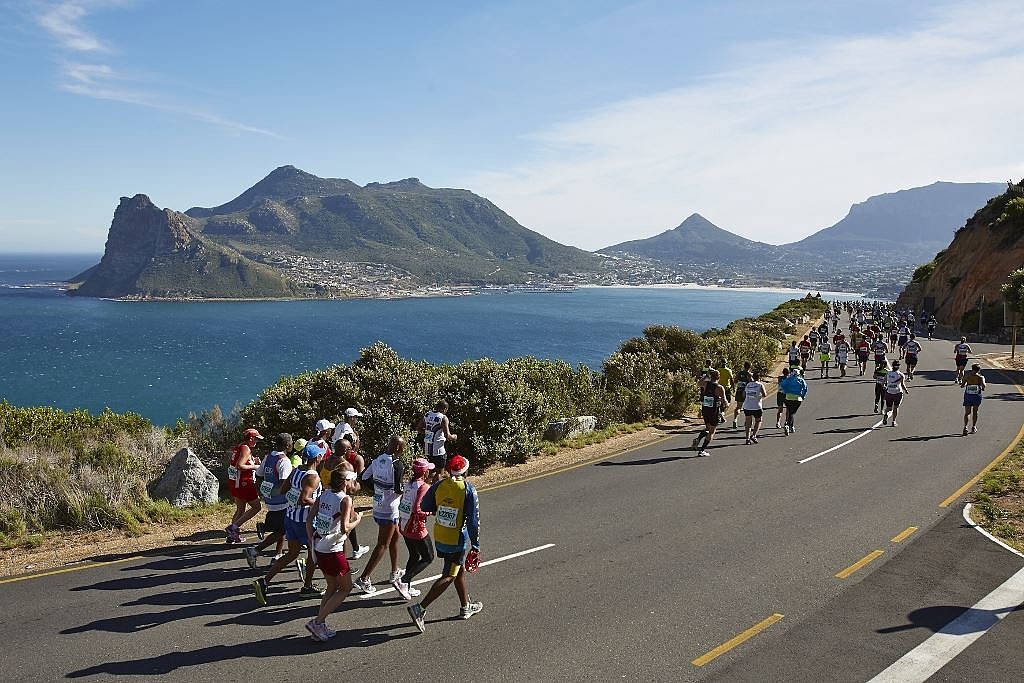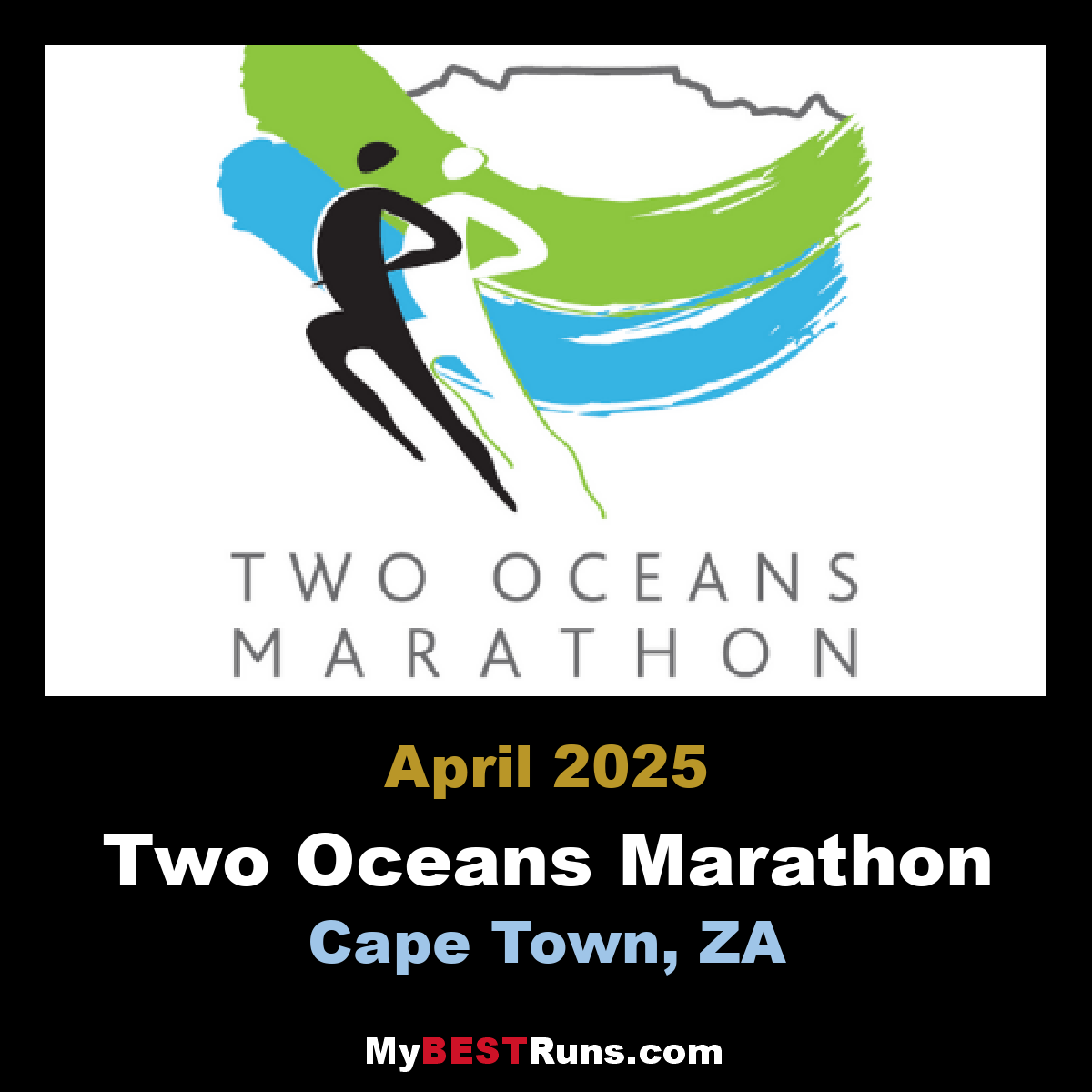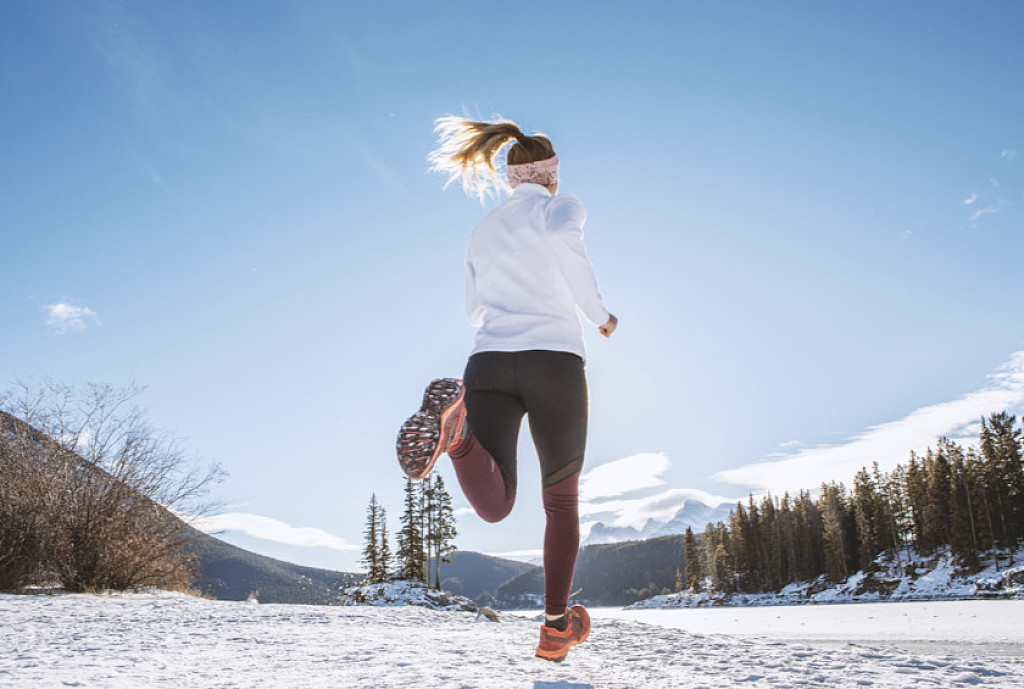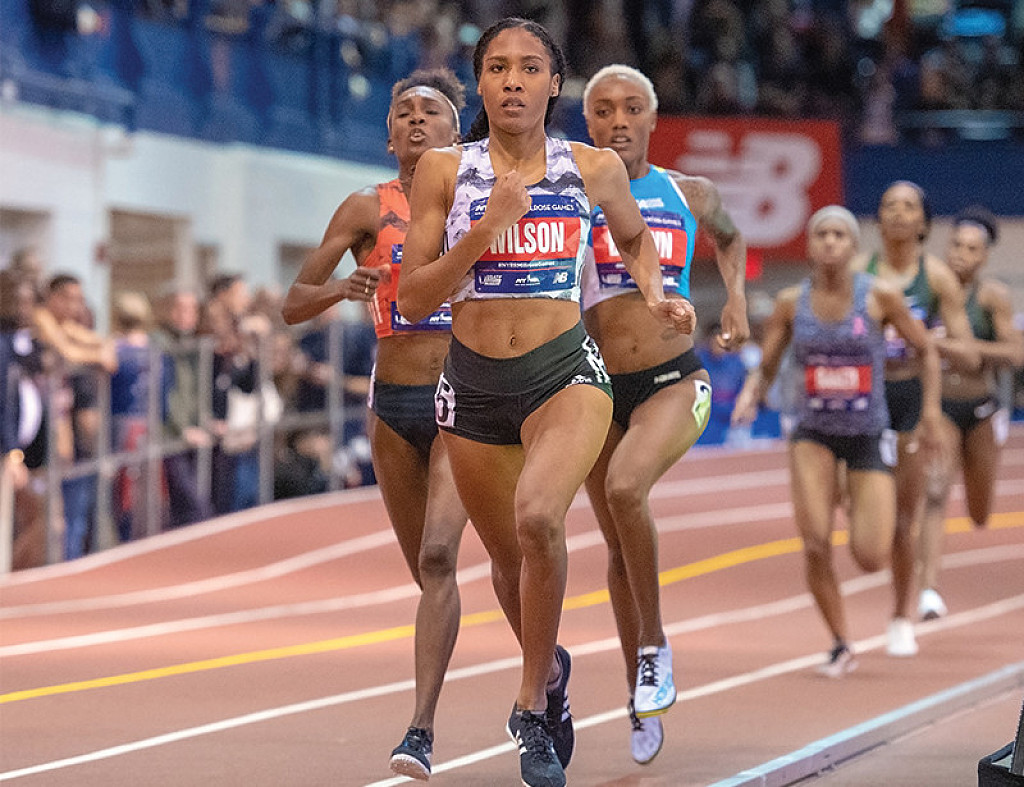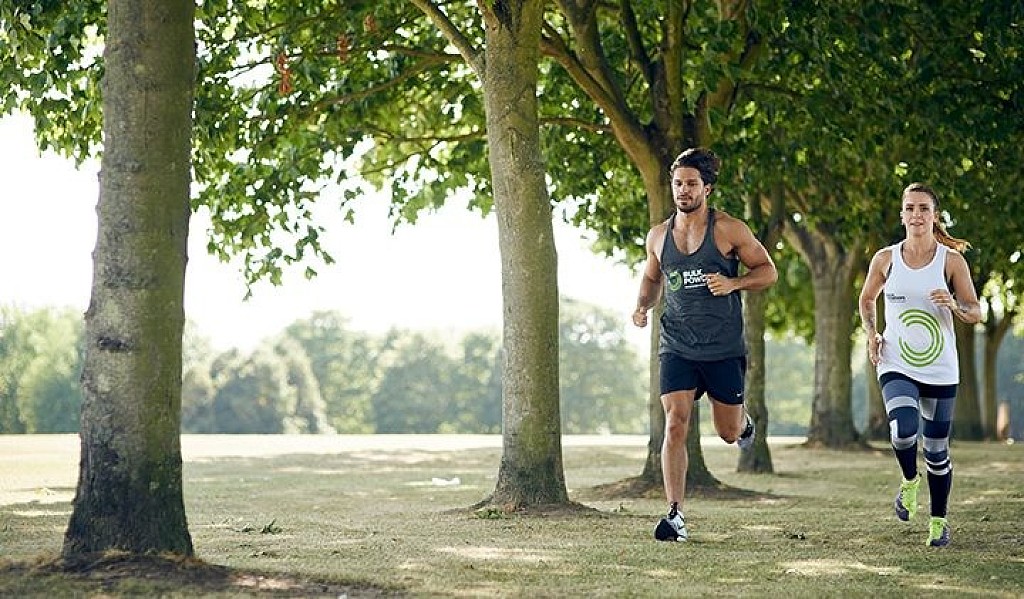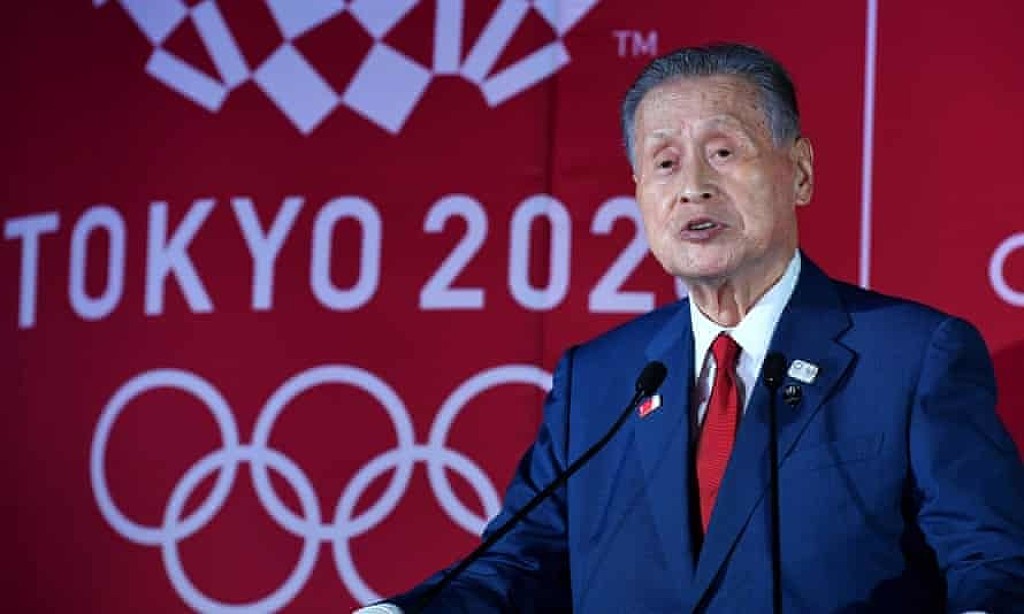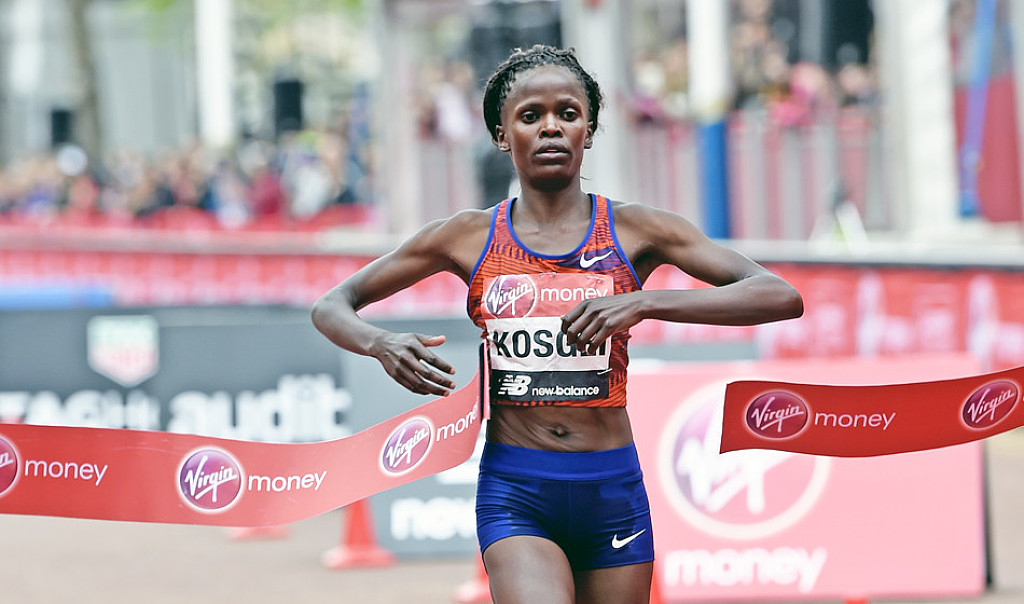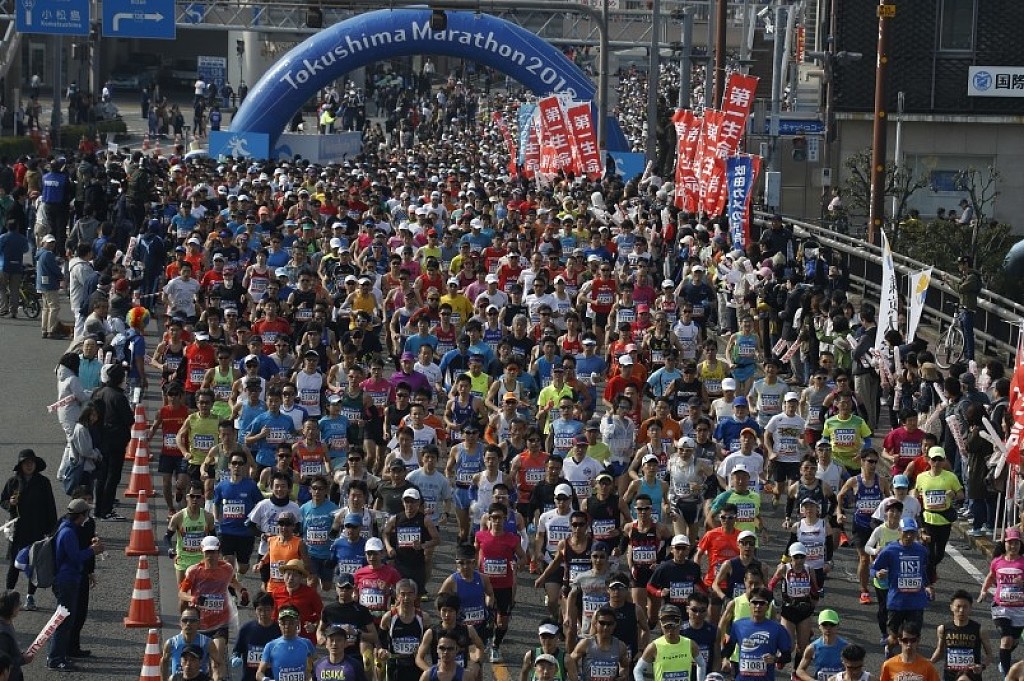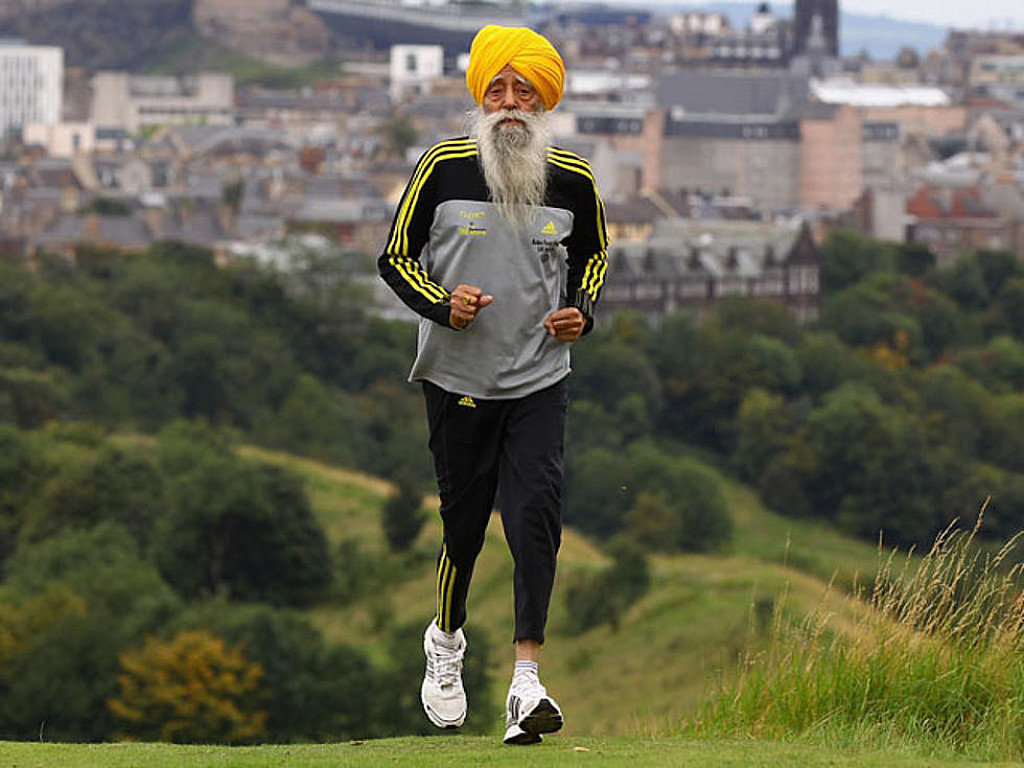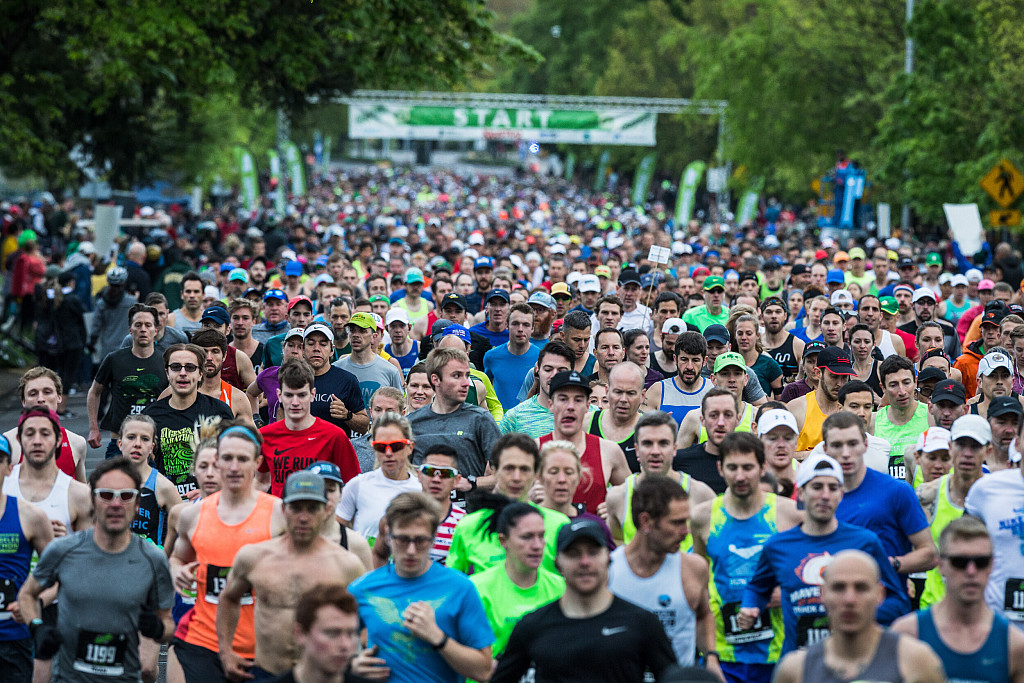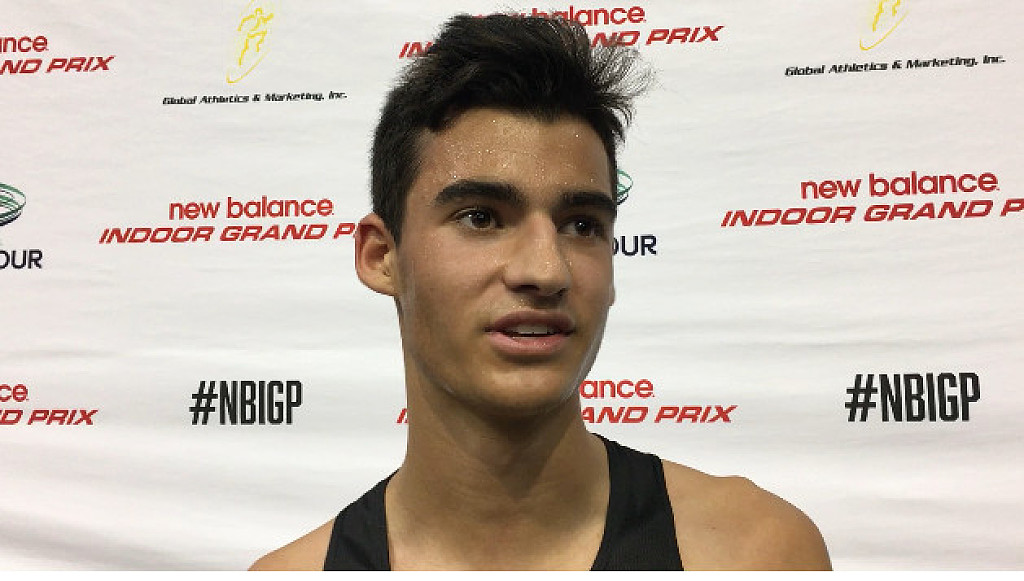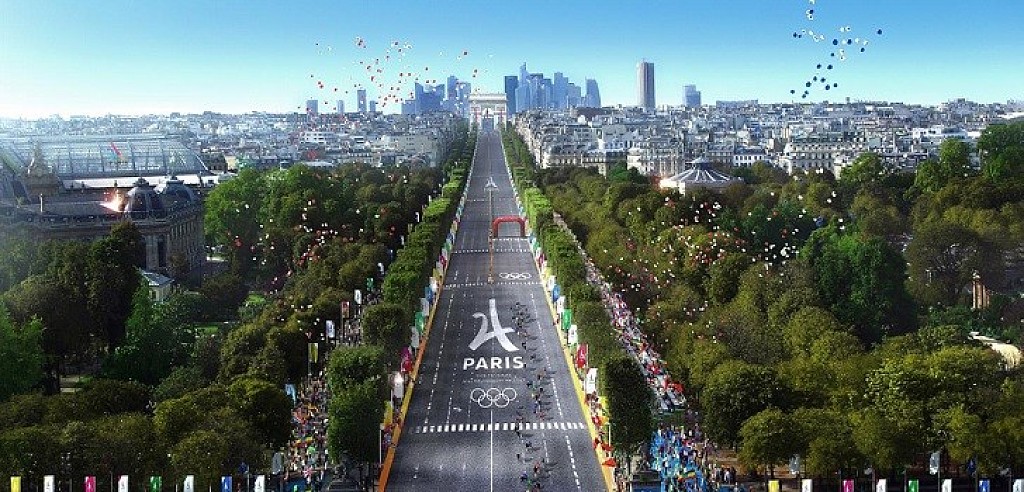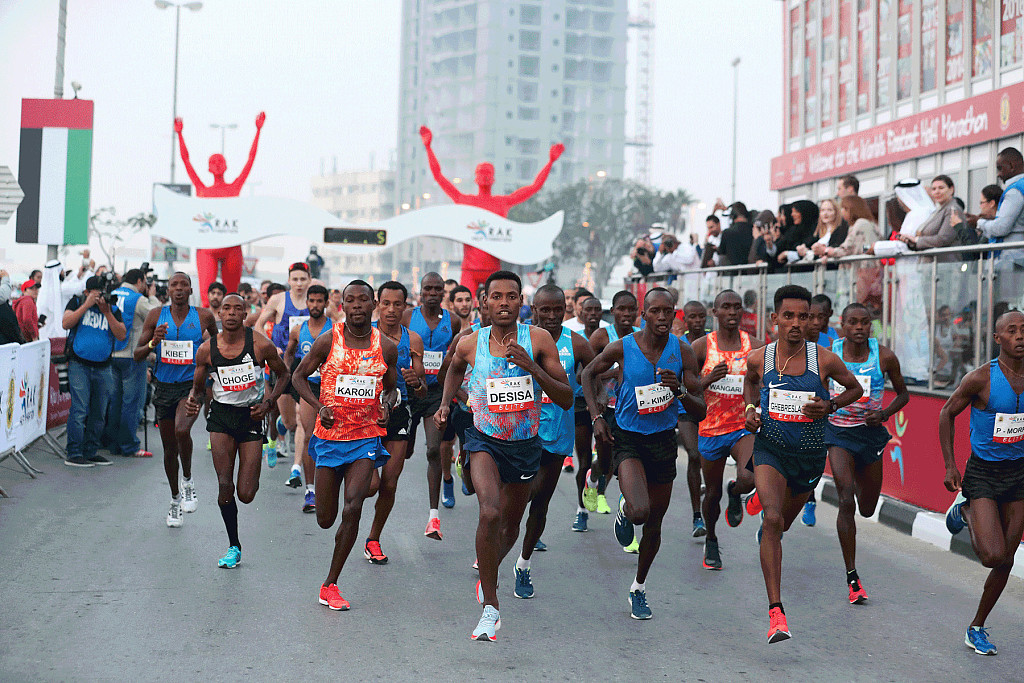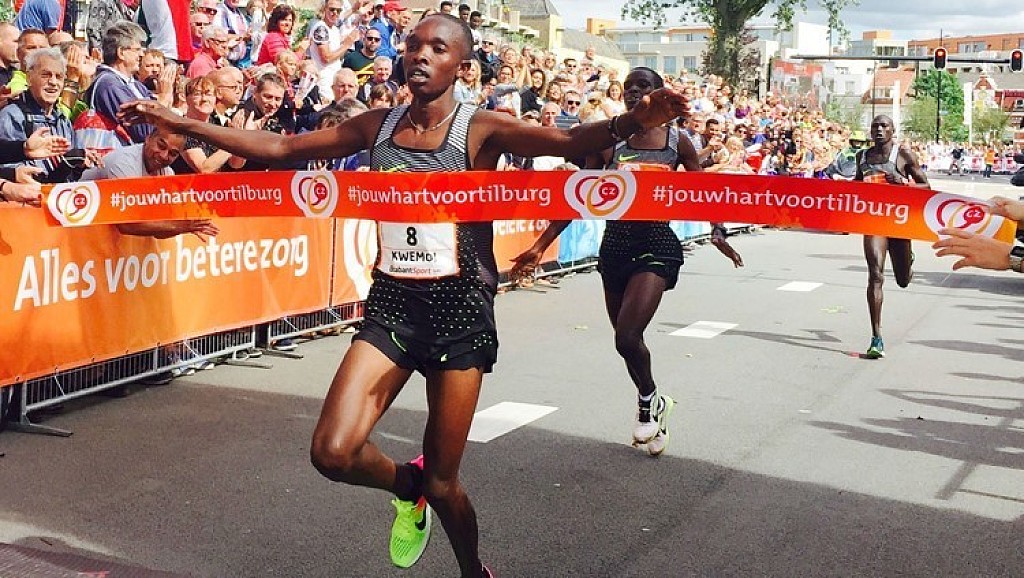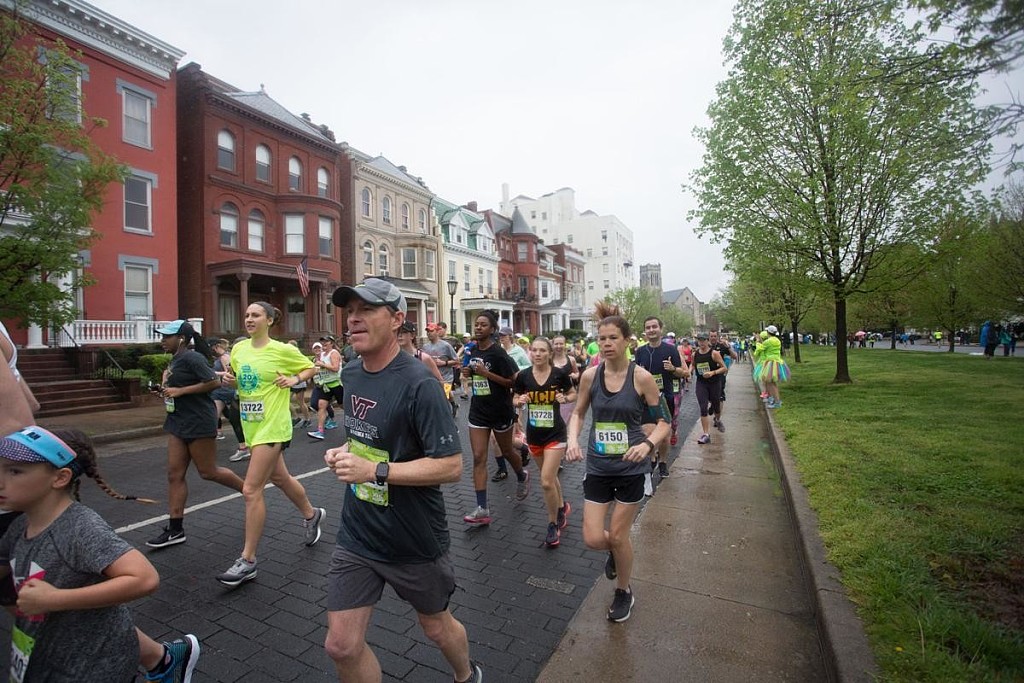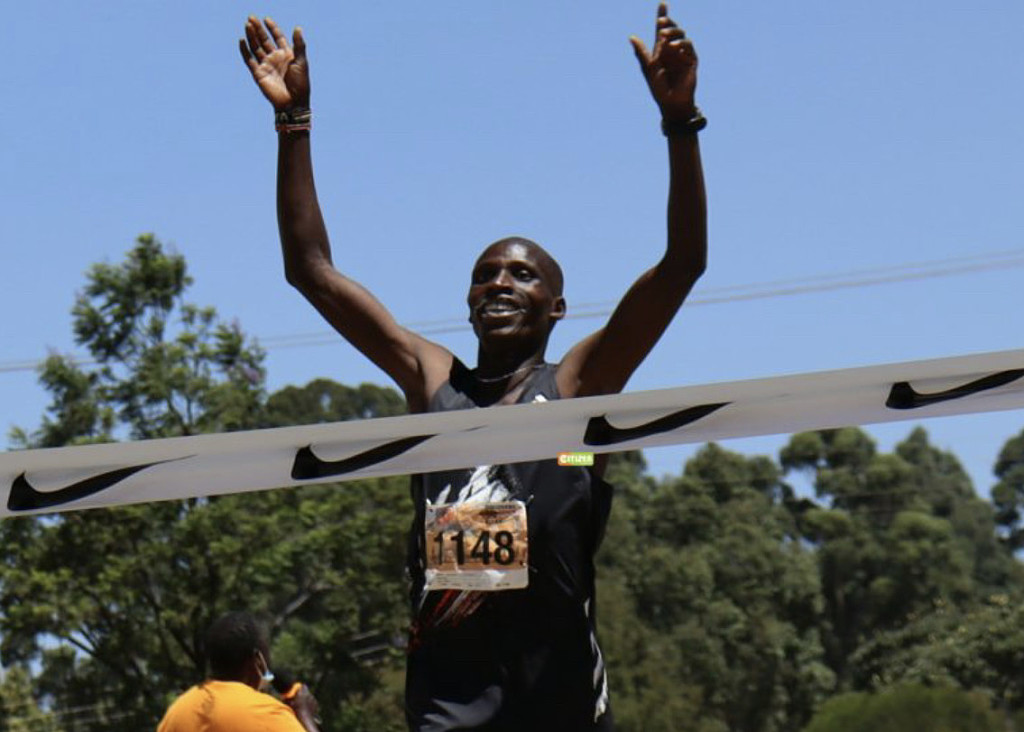Running News Daily
Running News Daily is edited by Bob Anderson. Send your news items to bob@mybestruns.com Advertising opportunities available. Train the Kenyan Way at KATA Kenya and Portugal owned and operated by Bob Anderson. Be sure to catch our movie A Long Run the movie KATA Running Camps and KATA Potato Farms - 31 now open in Kenya! https://kata.ke/
Index to Daily Posts · Sign Up For Updates · Run The World Feed
Cleveland Marathon has a new title sponsor, Union Home Mortgage
"We are proud to be headquartered in the Cleveland area and believe in investing in our community to make it a better place for all of us," said Bill Cosgrove, president and CEO of Union Home Mortgage, in a statement.
Union Home Mortgage is an independent mortgage banking company based in Strongsville, Ohio.
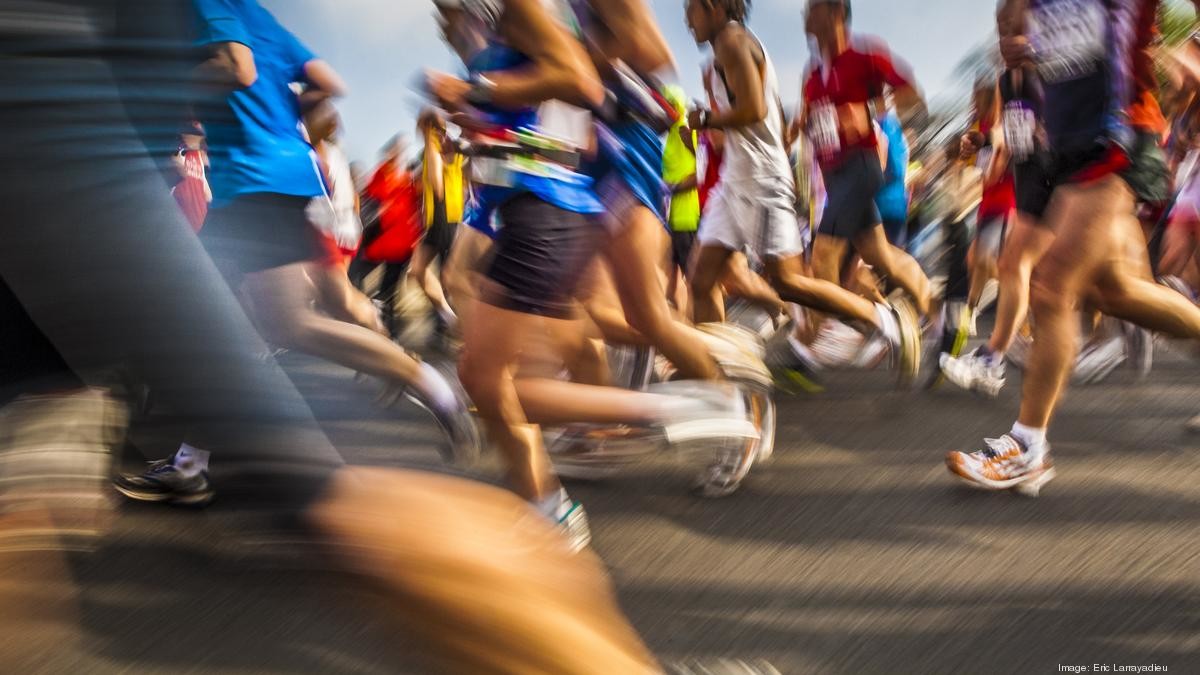
"The marathon has exceptional leadership and has been a hallmark event and economic driver for our region for decades," Cosgrove said about one of the oldest marathons in the United States.
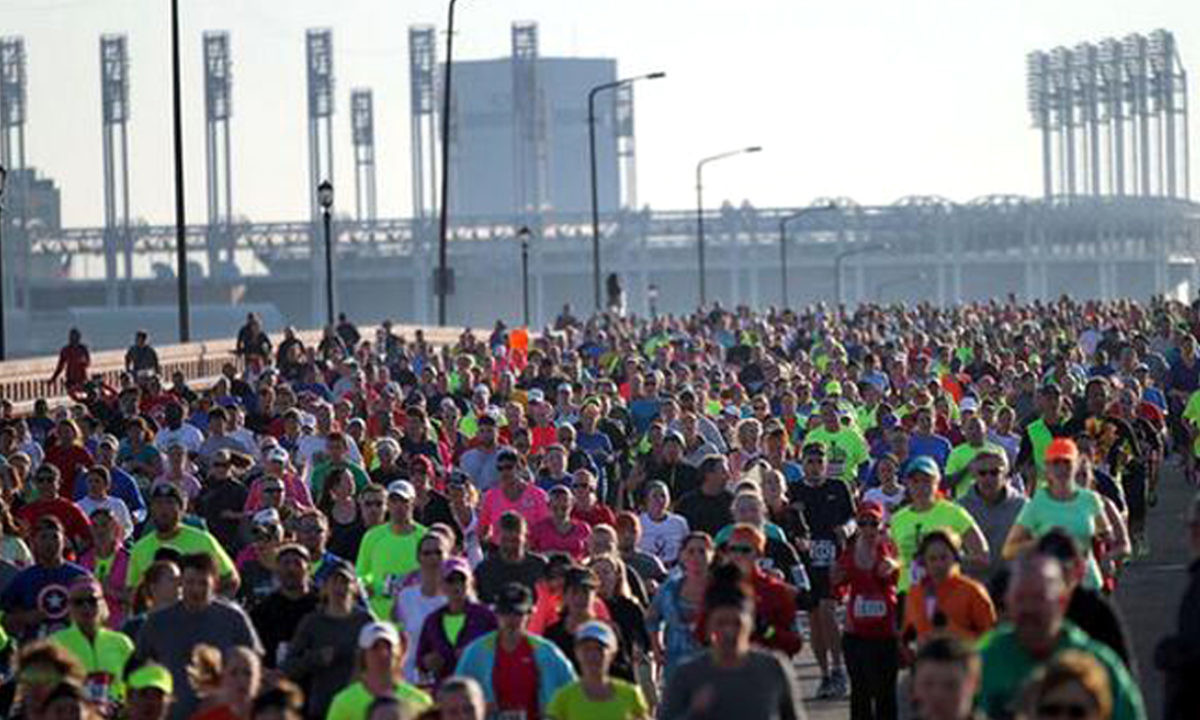
The Cleveland Marathon was founded soon after Union Home Mortgage got its start in 1970.
The Union Home Mortgage Cleveland Marathon is scheduled to be held in person on May 15 and 16.
Last year's marathon, sponsored by Rite Aid, was canceled because of the coronavirus pandemic. Instead, the marathon was run virtually, according to Cleveland.com.
Helped by technology and low interest rates, Union Home Mortgage has grown during the pandemic.
The mortgage banker has recently added sponsorships for the Gasparilla Bowl and PGA pro Jason Dufner.
In July, Union Home Mortgage said it would add a third building to its Strongsville campus and create 450 jobs by this summer, thanks, in part, to receiving Ohio Job Creation Tax Credits.
(02/12/2021) ⚡AMPby Mary Vanac
Cleveland Marathon
The Cleveland Marathon features a relatively flat and fast course, great volunteer support and a scenic view of downtown Cleveland and its major landmarks. The course has been designed for our athletes to enjoy views of Browns Stadium, the Rock and Roll Hall of Fame, Lake Erie and many other Cleveland highlights. The Cleveland Marathon began in 1978 in an...
more...2016 Olympic steeplechaser Colleen Quigley announced that she was leaving Bowerman Track Club, and has finally revealed that she will be training under former FSU coach, Josh Seitz
In a turn of events that surprised many in the running community, American Olympian Colleen Quigley announced on February 4 that she is leaving the Bowerman Track Club, where she’s trained for the last five years.
The 28-year-old, who competed in the 3,000m steeplechase at the 2016 Olympics in Rio, will now be coached by Josh Seitz, who worked with her when she attended Florida State University (FSU).
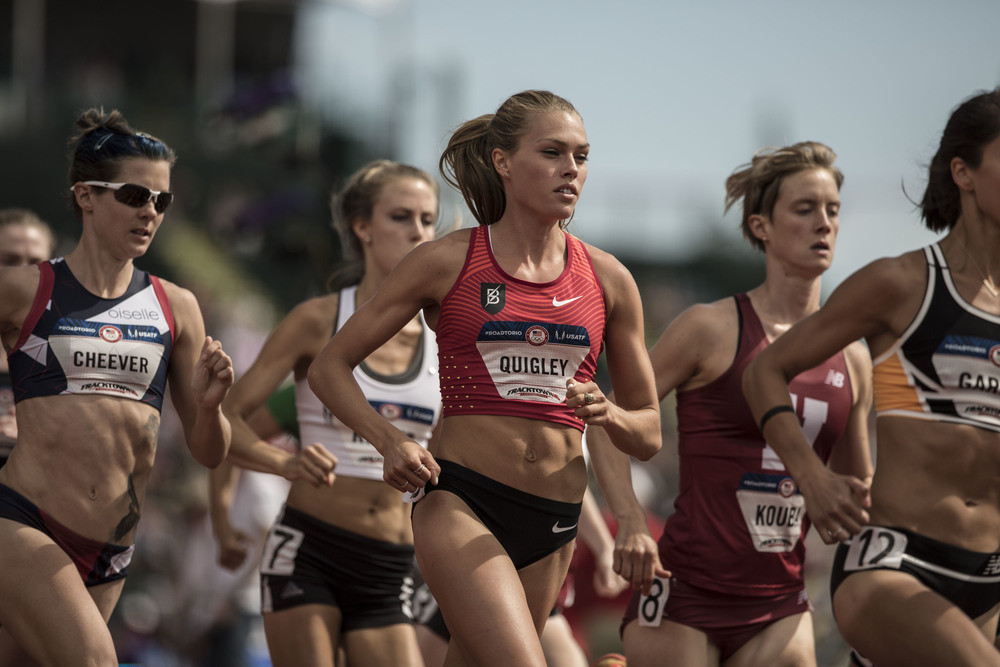
She announced that she would be leaving the BTC on her Instagram page. In a heartfelt post, she spoke about helping her coach, Jerry Schumacher, recruit more women to the team, which, at the time Quigley joined, consisted only of three other women, including Shalane Flanagan, Emily Infeld and Sammy Silva. Since then, the BTC women’s squad (affectionately named the ‘Bowerman Babes’) has grown into one of the most dominant groups of female distance runners in the country.
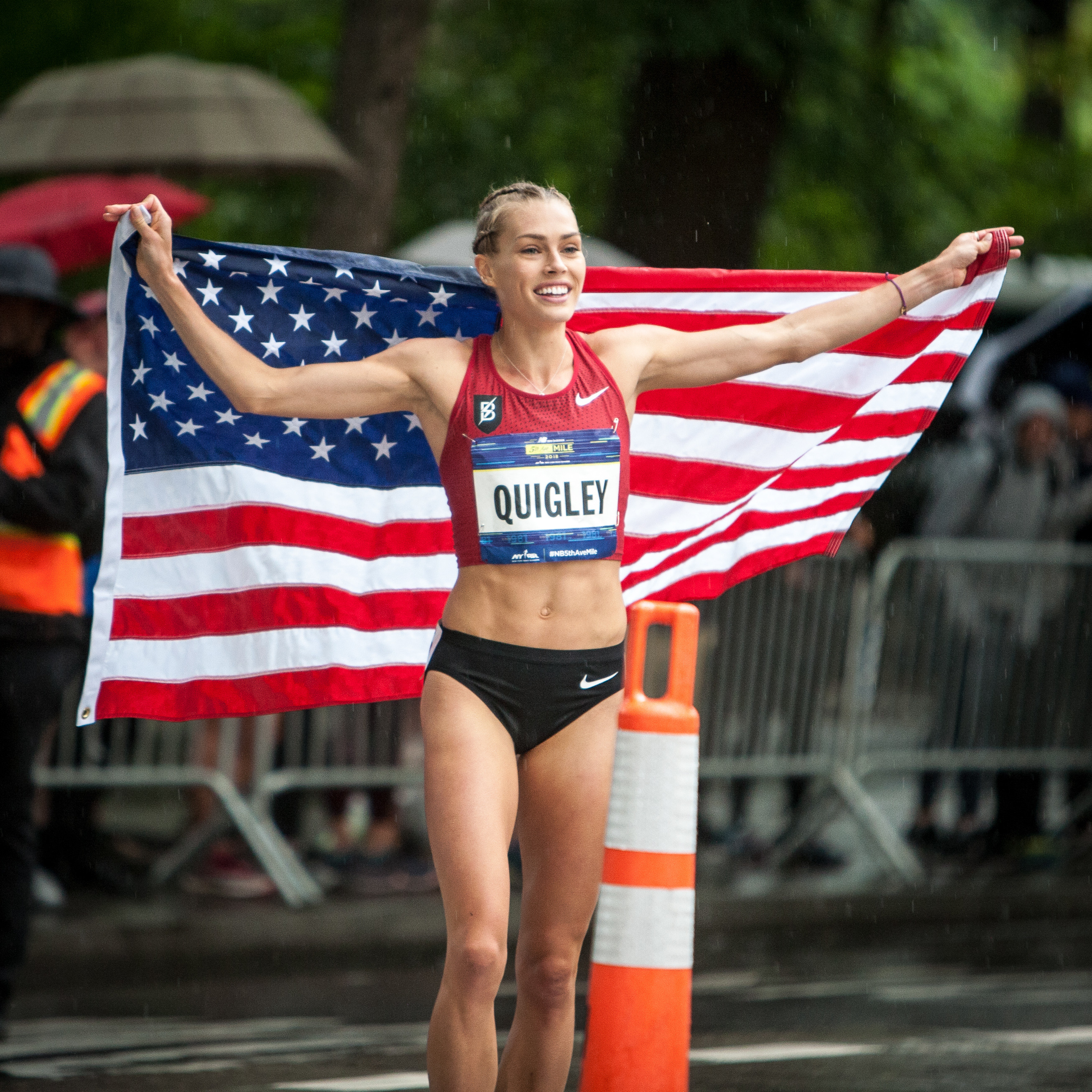
Quigley also wrote an ‘Open Letter to the BTC’ on her website, in which she described what the team has meant to her over the last several years, and gave special shout-outs to many of her teammates and coaches.
"BTC, you were the perfect place for a young athlete fresh out of college to land,” she wrote. “If going pro had meant training alone at age 22, I don’t think I ever would have made it. You gave me teammates and coaches who supported me and my goals.”
In an Instagram Live on Thursday, Quigley finally announced that her new coach would be Seitz, who is currently the assistant cross country and distance coach at Portland State University, where he has been coaching since 2017. According to his Portland State profile, in his four years on staff, he has helped a few steeplechase athletes set school records, and has led one steeplechaser to two podium finishes at the Big Sky Outdoor Championships.
Quigley´s teammate Kate Grace also announced that she would be leaving the BTC and will be heading to Colorado to train with Emma Coburn on Team Bosshard. There have been several changes to the Bowerman Track Club over the last year, with Gabriela Debues-Stafford, Sinclaire Johnson and Amos Bartelsmeyer joining the squad, and Ryan Hill, Andrew Bumbalough, Grace and Quigley leaving. Quigley has not yet announced any new sponsorship deals.
(02/12/2021) ⚡AMPby Brittany Hambleton
Running documentary follows runners of the NAZ Elite marathon team during the final months leading up to the U.S. Olympic Marathon Trials
If you’ve ever wondered what it’s like to train at the elite level or what it takes to make it to the Olympic Marathon Trials, you now have the chance to find out.
The film A Time and Place goes behind the scenes of the Northern Arizona (NAZ) Elite marathon team, following six Olympic hopefuls leading up to the U.S. Olympic Marathon Trials that took place on February 29, 2020.

The athletes in focus include Scott Fauble, Scott Smith and Sid Vaughn on the men’s side and Kellyn Taylor, Stephanie Bruce and U.S. Olympic Marathon Trials winner Aliphine Tuliamuk for the women.
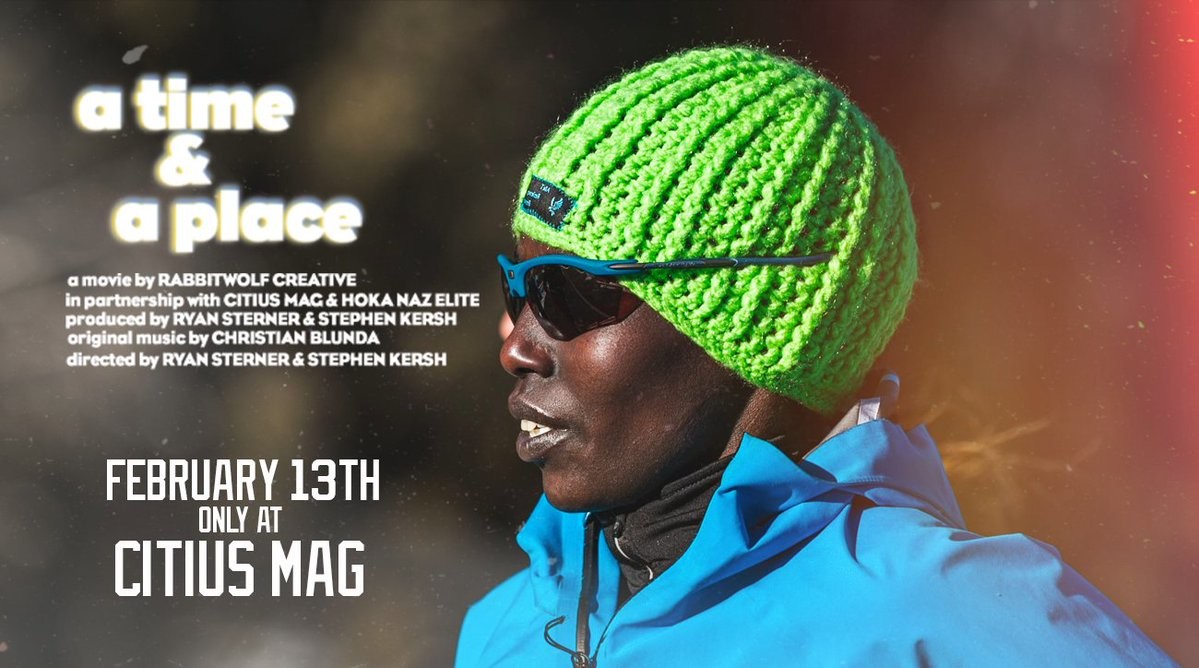
With much of the commentary for the film provided by NAZ Elite head coach, Ben Rosario, A Time and Place gives you an in-depth look at the sacrifice, struggle and determination required to compete in the marathon at the elite level.
Flagstaff, Ariz., acts as the backdrop for the film, as the team trains during the final months leading up to the trials. Throughout the film, each athlete gives viewers a bit about their background and explains what qualifying for the trials (and, hopefully, the Olympics) means to them. You get the chance to watch the team push themselves through some intense workouts to give you insight into exactly what it takes to be an elite marathoner. Spoiler alert: it’s a lot of hard work.
Finally A time and Place culminate with the trials themselves, which is, not surprisingly, the most exciting part of the film. It gives viewers a unique opportunity to watch the trials from the perspective of the athletes and coaches, and, of course, revel in the excitement of Rosario and the rest of the team as Tuliamuk has the race of her life. Watching her cross the finish line in first place from the vantage point of her coach is a truly thrilling experience, even through the TV screen.
A Time and Place is an eye-opening look behind the scenes of the lives and training of some of the best marathon runners in the United States, and allows viewers to feel the frustration of defeat and revel in the victories of athletes who spend months training for one career-defining day. While it does require a certain level of running-nerdiness to get into, it is a great film for anyone with a curiosity and interest in the world of elite running. The film will be available to stream for 24 hours beginning on Feb. 13 at 7 p.m. for $15.
(02/12/2021) ⚡AMPby Brittany Hambleton
Joshua Cheptegei set two world records in Monaco in 2020, now he is ready to open season in return to Monaco this Sunday
A lot has changed since this time last year, but one thing that has remained the same is the fact that Uganda’s Joshua Cheptegei is a dominant force in the world of running. In 2020, he set three world records in just four races, two of which were in Monaco.
He is set to return to Monaco on Sunday to race a 5K, opening his season the same way he did in 2020. Every race Cheptegei entered last year was a thriller, so you won’t want to miss his run on Sunday.
Cheptegei won last year’s Monaco 5K, absolutely crushing the rest of the field and running to a world record of 12:51. He smashed the 5K world record while also bettering his own PB by a whopping 33 seconds. His win in Monaco came just a few weeks before the season was put on hold due to COVID-19, but when Cheptegei made his comeback in August, he was in similar form.
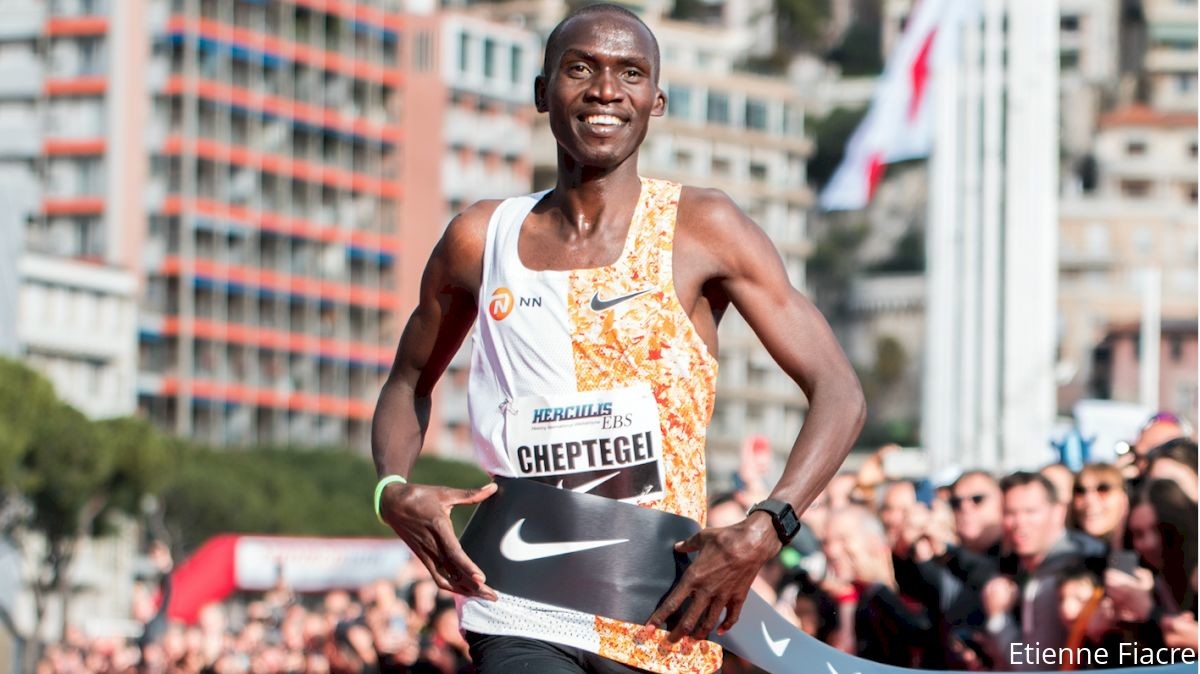
His second race of the season was also at a 5K in Monaco, although this time he was racing on the track. He ran to the 5,000m world record, posting an incredible time of 12:35.36. Two months later, Cheptegei broke his third record of the year at a 10,000m race in Valencia, Spain, where he hammered out a remarkable 26:11.00 result.
Finally, just 10 days after his run in Spain, Cheptegei raced the World Half-Marathon Championships in Poland, and while he didn’t win, he still finished in a blazing-fast time of 59:21 to finish fourth in his debut at the distance.
Cheptegei is one of the most exciting runners to watch right now, and he’ll likely wow the running world once again on Sunday. Even if he can’t break his own 5K world record (because, let’s be honest, that 12:51 will be extremely tough to beat), he’s apt to run an amazing race.
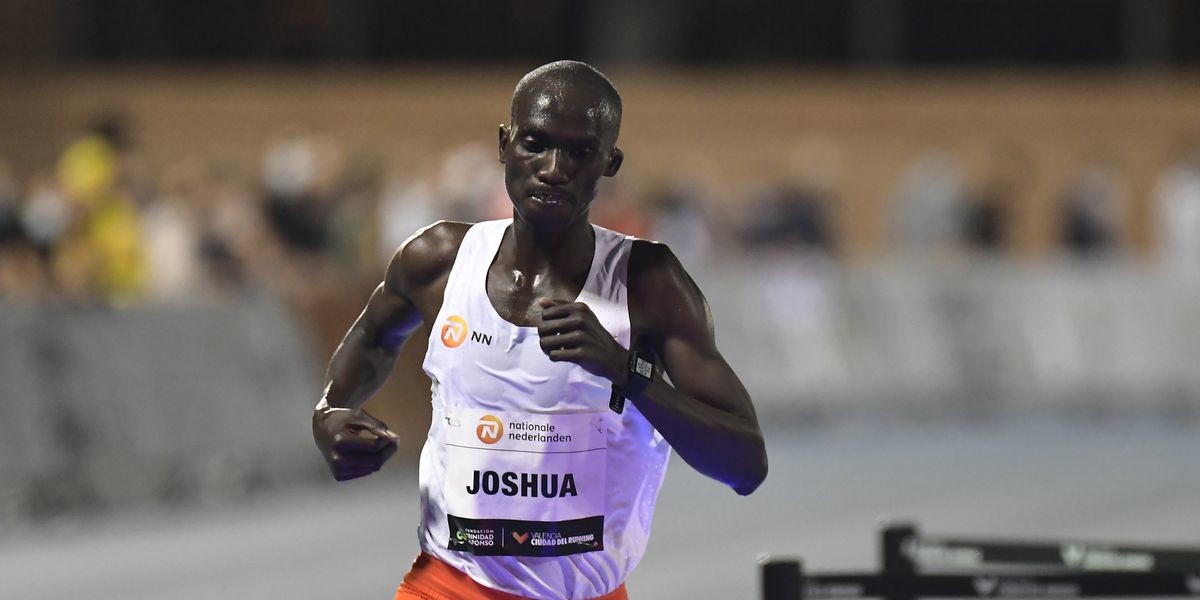
Alot has changed since this time last year, but one thing that has remained the same is the fact that Uganda’s Joshua Cheptegei is a dominant force in the world of running. In 2020, he set three world records in just four races, two of which were in Monaco. He is set to return to Monaco on Sunday to race a 5K, opening his season the same way he did in 2020. Every race Cheptegei entered last year was a thriller, so you won’t want to miss his run on Sunday.
Why should you watch?
Cheptegei won last year’s Monaco 5K, absolutely crushing the rest of the field and running to a world record of 12:51. He smashed the 5K world record while also bettering his own PB by a whopping 33 seconds. His win in Monaco came just a few weeks before the season was put on hold due to COVID-19, but when Cheptegei made his comeback in August, he was in similar form.
His second race of the season was also at a 5K in Monaco, although this time he was racing on the track. He ran to the 5,000m world record, posting an incredible time of 12:35.36. Two months later, Cheptegei broke his third record of the year at a 10,000m race in Valencia, Spain, where he hammered out a remarkable 26:11.00 result. Finally, just 10 days after his run in Spain, Cheptegei raced the World Half-Marathon Championships in Poland, and while he didn’t win, he still finished in a blazing-fast time of 59:21 to finish fourth in his debut at the distance.
Cheptegei is one of the most exciting runners to watch right now, and he’ll likely wow the running world once again on Sunday. Even if he can’t break his own 5K world record (because, let’s be honest, that 12:51 will be extremely tough to beat), he’s apt to run an amazing race.
Cheptegei isn’t the only reason you should watch the Monaco 5K. In the women’s race,
Kenya’s Beatrice Chepkoech is the biggest name in the field, and she could have a big performance, too. Chepkoech is the 3,000m steeplechase world record holder (a title she earned in Monaco in 2018), and she’s coming off a successful 2020 season.
Her current 5K road PB of 16:25 may not be anything special, but she ran that seven years ago and hasn’t raced the event since. She is a much stronger athlete now, and she will be looking to lower that significantly on Sunday.
(02/12/2021) ⚡AMPby Ben Snider-McGrath
Herculis 5k
The 5km Herculis course runs from the Port Hercule to the Quai Albert 1er and through the Boulevard Princesse Grace, give yourself a chance to run across the principality of Monaco and to participate in a fast, exclusive and official race. ...
more...The president of the Tokyo 2020 Olympics organizing committee, Yoshiro Mori to quit, sources say, as he vows to end controversy
The head of the Tokyo Olympics is poised to resign in a sexism row after saying that 'annoying' women talk too much in meetings.
Mori’s resignation would be bound to raise new doubts over the viability of holding the postponed Games this year.

The sources, who have knowledge of the matter, said Mori would be replaced by former Japan Football Association president and mayor of the Olympic village, Saburo Kawabuchi.
Kawabuchi, 84, represented Japan in football at the 1964 Tokyo Olympics and helped Japan co-host the 2002 FIFA World Cup with South Korea.

Mori made the sexist remark - that women talk too much - at a Japanese Olympic Committee board meeting early this month, setting off a storm of criticism at home and abroad.
Mori, 83, told Nippon TV he would “explain his thoughts” at a meeting on Friday but he had to deal with the issue. He did not confirm the reports that he would step down.
“I cannot let this problem prolong any longer,” Mori said, and he again apologised for the remark.
A spokesman for the organising committee declined to comment.
Mori first retracted the comment about women at a hastily called news conference on Feb. 4, acknowledging it was inappropriate and against the Olympic spirit.
But he declined, at that time, to resign.
Pressed then on whether he really thought women talked too much, Mori said: “I don’t listen to women that much lately, so I don’t know”.
Olympic and ruling party officials told Reuters this week that Mori’s resignation could imperil the Games.
They said his deep network of politicians and Olympic officials was key to pulling off a successful Games.
But his comment on women drew sharp criticism in parliament, where opposition lawmakers demanded his resignation, and from the public on social media.
“Because of Mori’s comments, I’ve recognised again the importance of gender equality and diversity,” ruling party lawmaker Masazumi Gotoda said on Twitter.
“Discrimination is absolutely unacceptable.”
Mizuho Fukushima, head of the opposition Social Democratic Party, said on Twitter: “This is the result of many, many women raising their voices. Of course, this doesn’t resolve the problem. We need to create a society of gender equality.”
Mori was due to meet his expected successor, Kawabuchi, on Thursday to discuss the handover, one of the sources said.
(02/11/2021) ⚡AMPby Yoshifumi Takemoto
Tokyo 2020 Olympic Games
Fifty-six years after having organized the Olympic Games, the Japanese capital will be hosting a Summer edition for the second time, originally scheduled from July 24 to August 9, 2020, the games were postponed due to coronavirus outbreak, the postponed Tokyo Olympics will be held from July 23 to August 8 in 2021, according to the International Olympic Committee decision. ...
more...2016 Olympic 800m silver medalist Francine Niyonsaba bids to race 5,000m at Tokyo Olympics
Francine Niyonsaba, the 2016 Olympic silver medalist in the women’s 800m, announced this week that she will be attempting to qualify for the Tokyo 2021 Olympics in the 5,000m after being barred from running any event between 400m and the mile unless she takes testosterone-suppressing measures.
The 27-year-old from Burundi finished in second place behind Caster Semenya at both the 2016 Olympics and the 2017 world championships, and both athletes (along with 2016 Olympic bronze medallist Margaret Wambui) have been at the centre of an ongoing and heated debate about hyperandrogenism in women’s sport. In April 2018, the IAAF announced that any athlete who has Differences of Sexual Development (DSD) will be ineligible to compete in any event between the 400m and the mile. Having DSD means that the athlete has levels of circulating testosterone (in serum) that are five nanomoles/litre or above and is androgen-sensitive.

According to the regulations, if an athlete with a DSD wishes to compete in any of the restricted events, she must fulfill the following criteria:
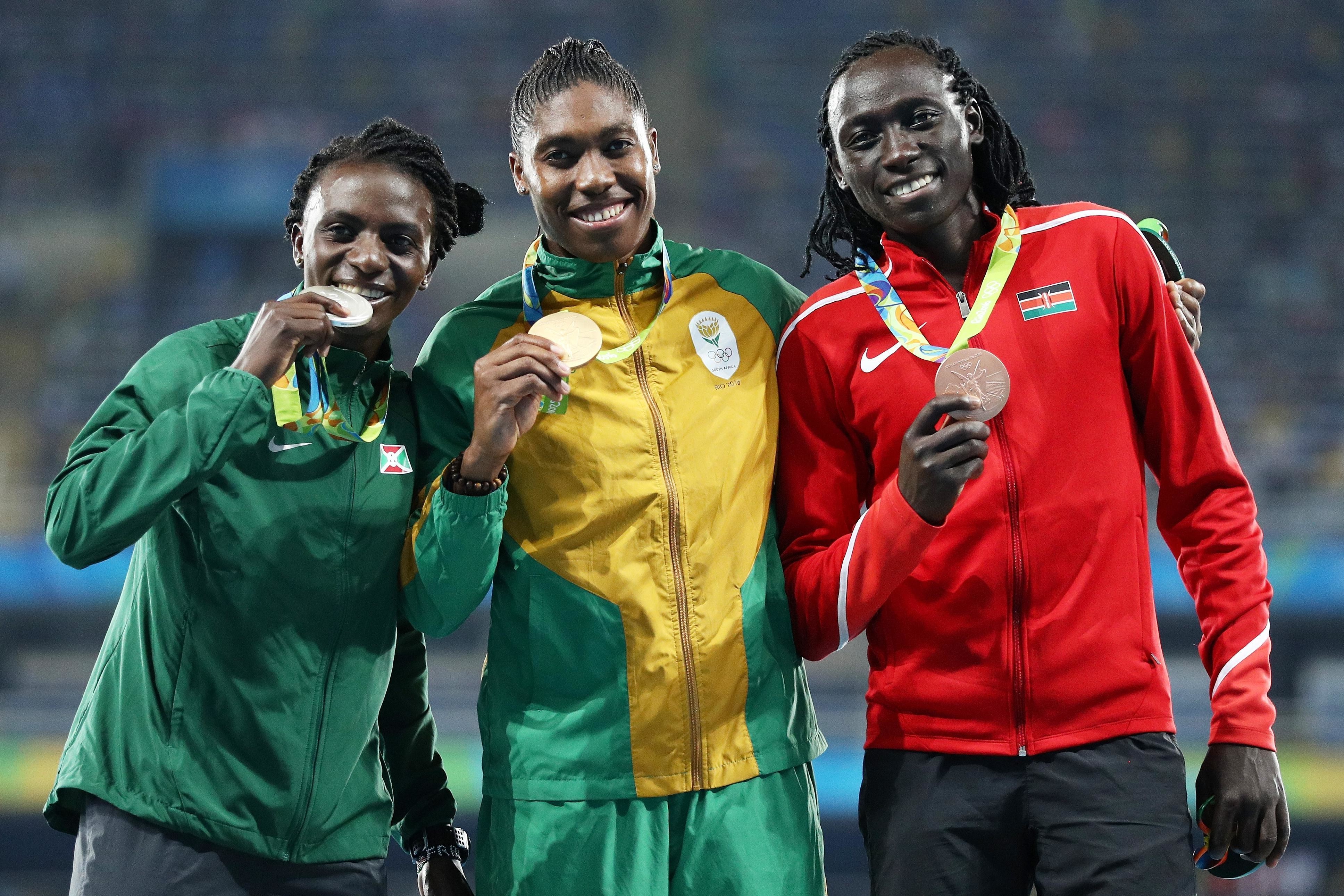
(a) she must be reconized at law either as female or as intersex (or equivalent);
(b) she must reduce her blood testosterone level to below five nmol/L for a continuous period of at least six months (e.g., by use of hormonal contraceptives); and
(c) thereafter she must maintain her blood testosterone level below five nmol/L continuously (ie: whether she is in competition or out of competition) for so long as she wishes to remain eligible.
In light of these new restrictions, many DSD athletes, including Semenya and Niyonsaba, have instead chosen to compete in other events. Semenya has previously said she is bidding to make the Tokyo Olympics in the 200m, while Niyonsaba has chosen to jump up in distance. In 2019 she alluded to this decision in an interview with the Olympic Channel. When the interviewer asked her what she would do if she was forced to move up in distance, her response was “I can even run the marathon.”
“Running to get good results is just about training,” she said. “Nothing else. I’m always saying ‘be what you are, whatever you do.’ That’s how you get to success.”
She added that she will keep her vision and her passion because she loves running, and she will not stop. According to her Instagram, Niyonsaba recently ran a 10K cross-country race in 33:45, and while it doesn’t translate directly to the track, she was not far off the Olympic 10,000m qualifying standard of 31:25. Certainly the world of track will be watching to see what she does next, but with her determination, we expect great things.
“In my dream, I want to retire with the gold medal,” she said. “I know… I want to retire with the gold medal.”
(02/11/2021) ⚡AMPby Brittany Hambleton
Tokyo 2020 Olympic Games
Fifty-six years after having organized the Olympic Games, the Japanese capital will be hosting a Summer edition for the second time, originally scheduled from July 24 to August 9, 2020, the games were postponed due to coronavirus outbreak, the postponed Tokyo Olympics will be held from July 23 to August 8 in 2021, according to the International Olympic Committee decision. ...
more...American 10-mile record holder Keira D’Amato has signed her first professional contract with Nike
Ten-mile American record holder and rising marathon star Keira D’Amato has officially signed a pro contract with Nike. The 36-year-old real estate agent was essentially unknown before this past year, but despite the COVID-19 pandemic, she had the season of her life in 2020. She announced her partnership with Nike on Tuesday via Twitter.
D´Amato has raced several times over the last year, and it seems she keeps getting better every time she toes the line. In June she ran a blazing 5,000m PB in a time of 15:04, and followed that up by winning a 10,000m in July in 32:33.44. She then went on to win the Michigan Pro Half-Marathon in another personal best time of 1:08:57 in October, followed by a 5K road win in 15:08, which was also a PB for the Virginia runner.

Her arguably biggest successes came in her final two races of the year, when D’Amato won the Up Dawg 10-Miler in Washington, D.C., in November, beating Olympic Marathon Trials second-place finisher, Molly Seidel.
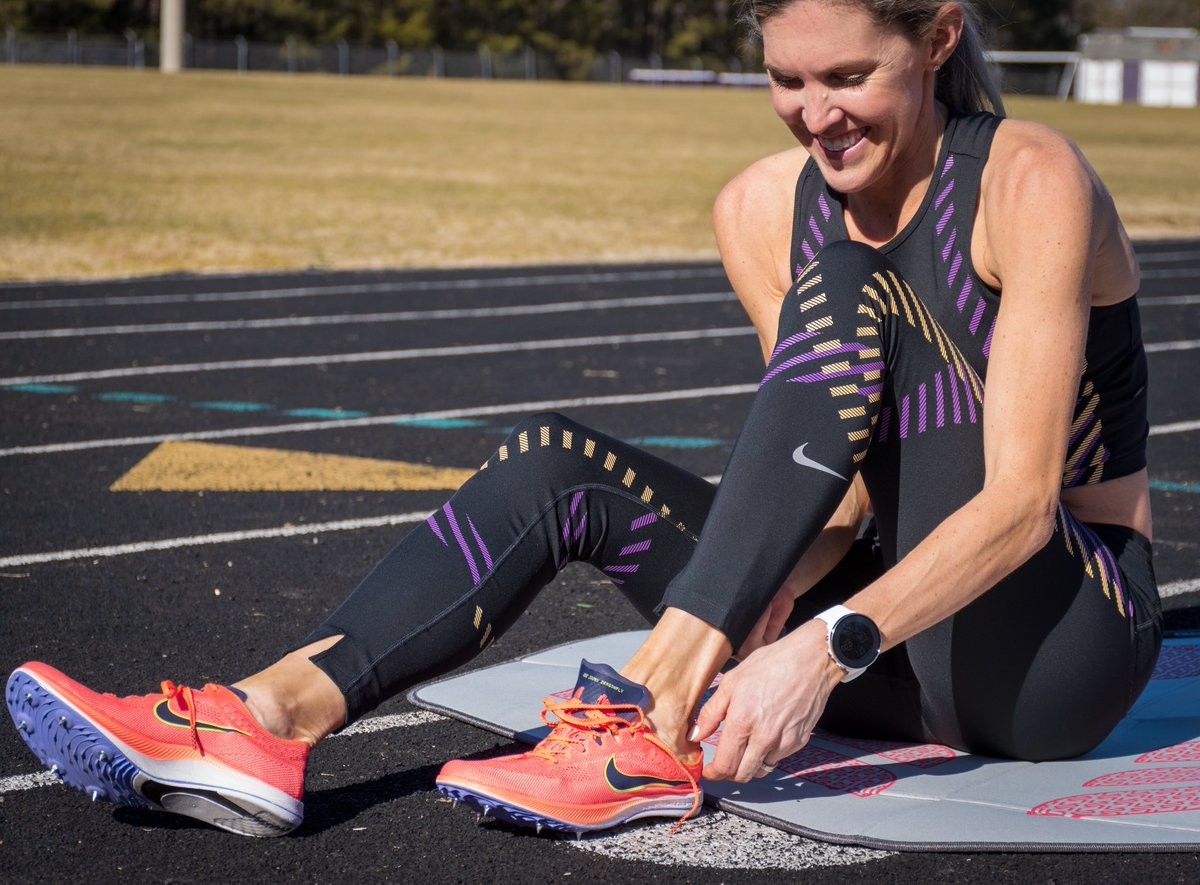
D’Amato ran an incredible 51:23, breaking the American 10-mile record by 49 seconds and finishing more than two minutes ahead of Seidel.
Finally, in December D’Amato had the race of her life at The Marathon Project in Arizona, where she ran to an enormous 11-minute PB of 2:22:56.
In a turbulent year, D´Amato has proven to the world that she is the real deal. While she won’t be competing as a part of the Olympic Marathon team in Tokyo this summer, she has certainly positioned herself as one of the best American distance runners to look out for in 2021, and with this new pro contract backing her up, we expect to see big things from her this year.
(02/11/2021) ⚡AMPby Brittany Hambleton
Rock 'n' Roll marathon will be returning to Las Vegas in February 2022
The Rock 'n' Roll Marathon Series is returning to Las Vegas next year, but there will be some changes.
The IRONMAN Group, which organizes the marathon series, announced Tuesday that it will stage its next edition of the run on Feb. 26 and 27, 2022.
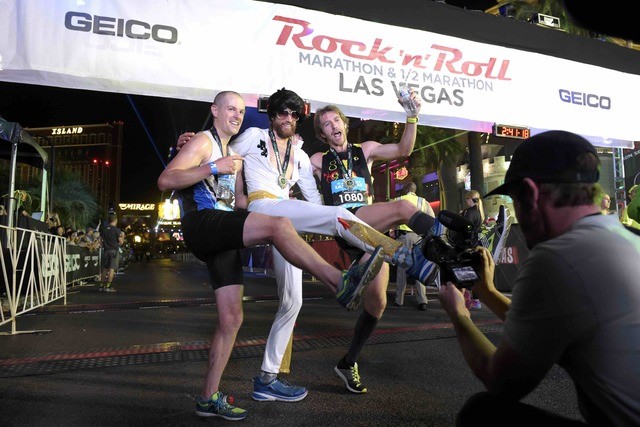
A full 26-plus mile marathon will not be included in the return, however. Instead, there will be a half-marathon, 10K and 5K races through the Las Vegas Strip.
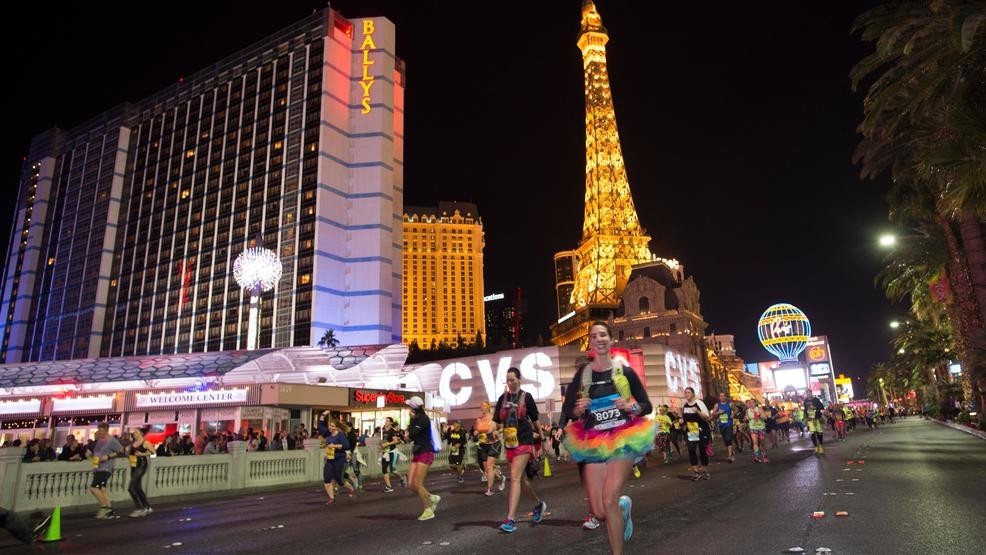
"We are extremely excited to start this next chapter for the Rock 'n' Roll Las Vegas event," Elizabeth O'Brien, managing director for Rock 'n' Roll in North America, said in a press release. "Moving to February will provide our participants the same amazing experience of the biggest running party on earth, with a few new twists along the way."
The annual marathon was normally held in November, though last year's event went "virtual" due to the COVID-19 outbreak.
O'Brien said the race was moved to February to guarantee the race date.
"Moving to February further evolves this one-of-a-kind event because it is a Vegas weekend carved out just for Rock 'n' Roll Las Vegas," Pat Christenson, president of Las Vegas Events, said in a release. "We look forward to again partnering with The IRONMAN Group and developing the new experiences runners can look forward to."
The full marathon was eliminated after organizers could not find courses that "lived up to the high expectation we set for ourselves, or what our participants deserve," O'Brien said.
(02/10/2021) ⚡AMPby Matthew Seeman
Rock 'n' Roll Las Vegas
Run the Strip at night in Vegas. The half marathon course is as flat and festive as they come – perfect for runners and walkers of all ability levels....
more...2021 Centenary Comrades Marathon has been cancelled due to the pandemic
The Comrades Marathon Association (CMA) Board has cancelled the Comrades Marathon, scheduled for June 13.
After having late last year undertaken to make announcements in mid-February regarding requirements for qualification and the staging of the 2021 Comrades Marathon, the decision to cancel will come as a disappointment to tens of thousands of runners; and has also been a tough call for CMA organisers to make, in what is the world-renowned Race’s Centenary year.
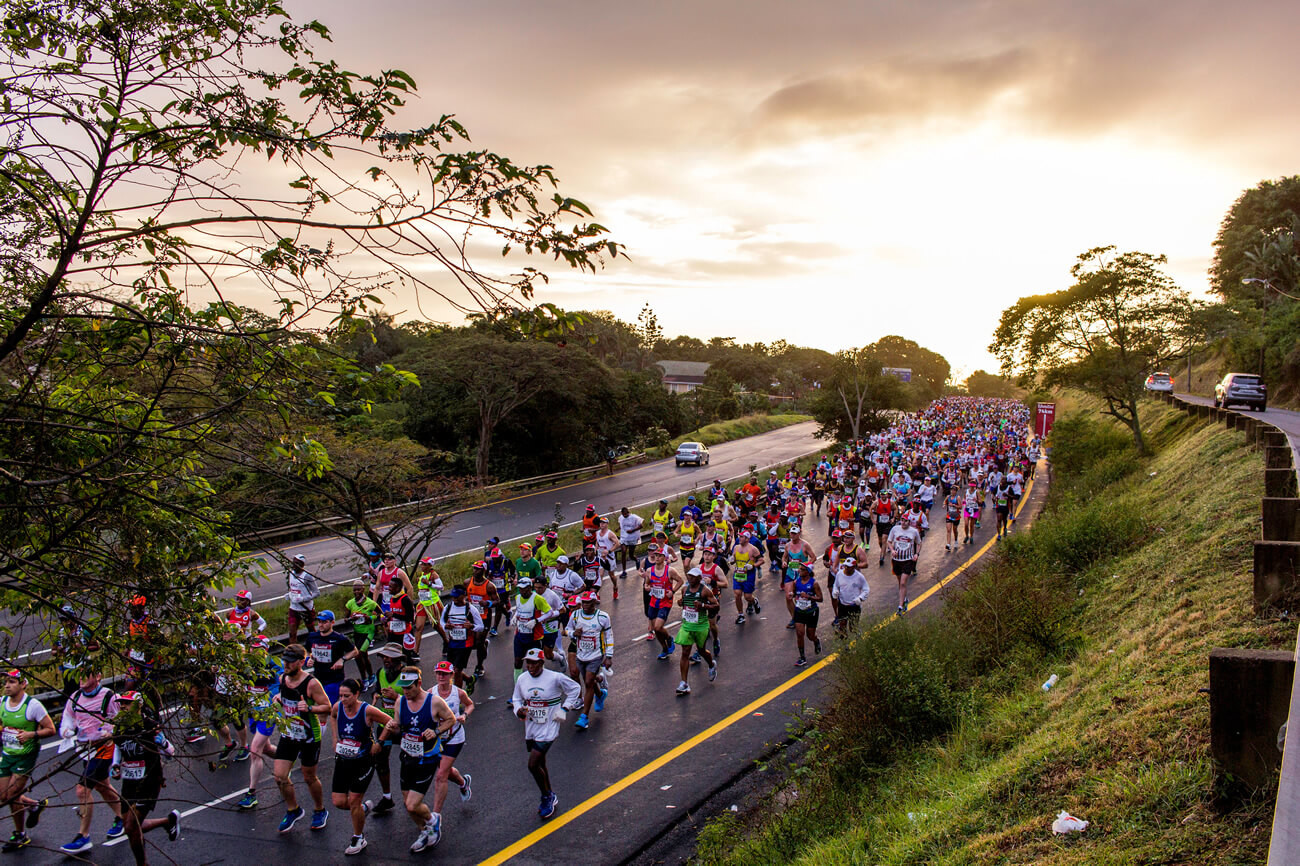
This decision comes in the wake of engagements with KwaZulu-Natal Athletics, Athletics South Africa, the National Coronavirus Command Council, members of the medical fraternity and governmental departments; and was a moral and practical imperative given the ongoing uncertainty and unprecedented circumstances of the Ccoronavirus pandemic, the onset of a second wave and a significantly more infectious variant of Covid-19, as well as the ongoing National State of Disaster and its associated restrictions.
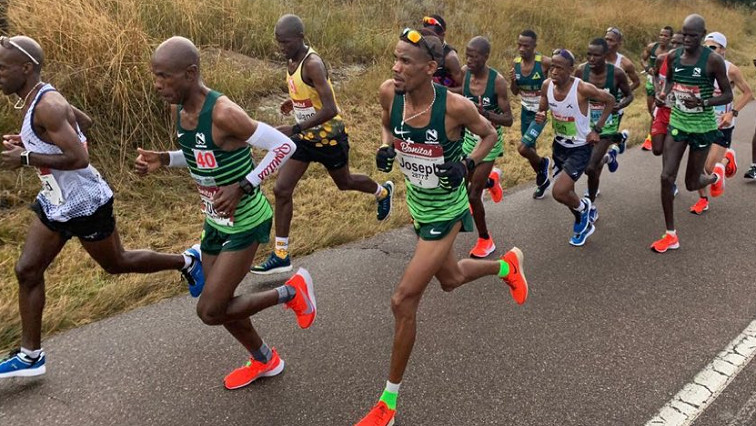
The CMA Board is determined the health, safety and welfare of Comrades runners, officials, volunteers and the general public remains paramount even after having held out hope the road running event would be hosted in June.
The impending third wave of Covid-19, widely anticipated around April to June has ended any such hopes and makes the hosting of any mass event in the near future highly unlikely.
However, the good news is the Comrades Centenary Celebrations are imminent.
With the first Comrades Marathon having been held on May 24,1921, the CMA will launch its Centenary Celebrations on May 24.
Other great news is that the CMA has confirmed its 2nd Comrades Marathon virtual event will take place on June 13, in which runners will be able to run in any location, outside in their garden, or neighbourhood, all at their own pace, in a similar fashion to last year’s successful inaugural Race the Comrades Legends which saw 43 788 participants from more than 100 nations uniting in a single virtual event.
CMA cairperson, Cheryl Winn urged runners to accept and respect the CMA’s decision which has been made in conjunction with KZNA, ASA and government restrictions, and most importantly, with the utmost regard for the health and welfare of our athletes, volunteers and all other stakeholders.
A secondary consideration was the risk of committing precious resources towards the staging of an event which might later be cancelled at short notice and the CMA Board’s obligation for the preservation of the 100-year-old event’s assets into the future.
(02/10/2021) ⚡AMPComrades Marathon
Arguably the greatest ultra marathon in the world where athletes come from all over the world to combine muscle and mental strength to conquer the approx 90kilometers between the cities of Pietermaritzburg and Durban, the event owes its beginnings to the vision of one man, World War I veteran Vic Clapham. A soldier, a dreamer, who had campaigned in East...
more...Ethiopia's Gudaf Tsegay breaks world indoor 1500m record in Lievin with 3:53.09
On an evening of stunning middle-distance performances at the Meeting Hauts-de-France Pas-de-Calais, Ethiopia's Gudaf Tsegay produced the highlight by taking two seconds off the world indoor 1500m record*, winning at the World Athletics Indoor Tour Gold meeting in 3:53.09.
The world bronze medallist followed the swift early tempo as the pacemaker led the field through 400m (58.97) and exited just before 800m, which Tsegay passed in 2:05.94. With three laps to go, Tsegay had a four-second lead over double European indoor champion Laura Muir but she showed no signs of slowing down, passing through 1000m in 2:37.36.
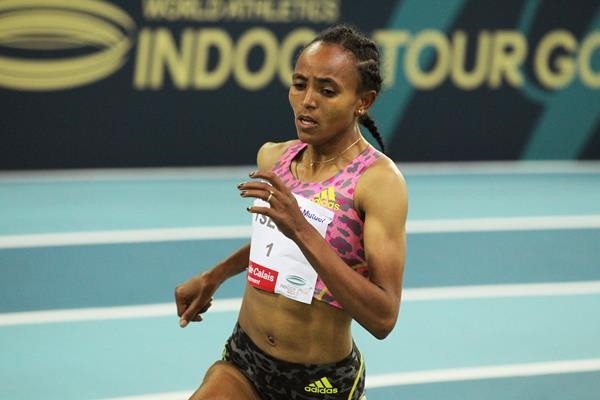
The clock read 2:52.9 with two laps to go and Tsegay maintained her pace with another lap just outside 30 seconds. She dug in for the final circuit and crossed the line in 3:53.09, taking more than two seconds off the world indoor record set by compatriot Genzebe Dibaba in Karlsruhe in 2014.
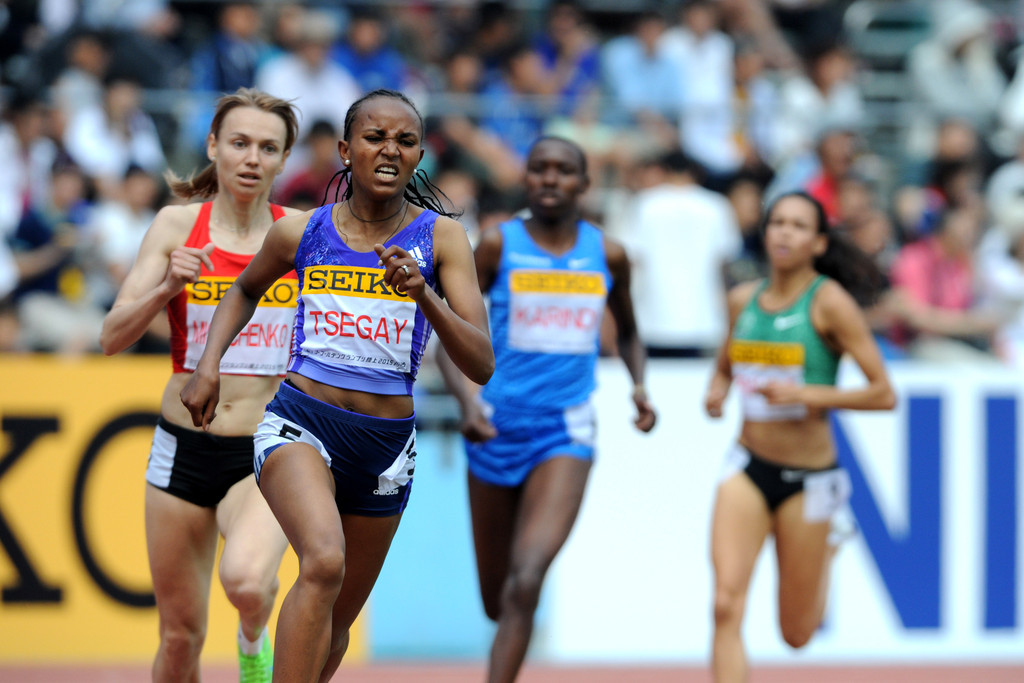
Muir finished second in a British indoor record of 3:59.58 with teammate Melissa Courtney-Bryant taking third in 4:04.79.
“I’m very happy to set a world indoor record,” said Tsegay. “I have been training really hard and I set myself a target to break the world indoor record.”
Tsegay's record-breaking performance was book-ended by two other athletes who very nearly broke world records.
Ethiopian steeplechase specialist Getnet Wale won the men's 3000m in 7:24.98, the second-fastest indoor performance in history, while USA's Grant Holloway won the men's 60m hurdles in 7.32, just 0.02 shy of the world indoor record.
Wale, still only 20 years old, led an Ethiopian 1-2-3-4 finish in the men’s 3000m as Daniel Komen’s long-standing world record of 7:24.90 was put under serious threat. The pace was fast and even as Vincent Keter led the field through the opening 1000m in 2:31.05 with the second kilometre covered in 2:30.
World 5000m silver medallist Selemon Barega hit the front with three-and-a-half laps to go with fellow Ethiopians Wale and world steeplechase silver medallist Lamecha Girma close behind. Wale took a turn at the front with two laps to go, then Girma kicked hard with 300 metres to go. Having seemingly misjudged his finish, Girma eased off the gas slightly with one lap remaining, allowing Wale and Barega to pass him.
(02/10/2021) ⚡AMPby World Athletics
2021 Gold Coast Marathon expects huge demand
Australia’s most popular holiday marathon event – the Village Roadshow Theme Parks Gold Coast Marathon – is set to return in 2021 with the announcement that entries will open at 09.00 on Monday 15 February.
Mayor of the City of Gold Coast Tom Tate said it was welcome news for the Gold Coast and Queensland after the event was forced to turn virtual in 2020 in response to COVID-19.
“I’m thrilled to see the event back after the coronavirus-driven loss of the 2020 edition saw the Gold Coast miss out on many million of dollars in economic impact. For over 40 years the marathon and associated events have enticed thousands upon thousands of visitors to escape to the Gold Coast from their colder home climates for an unmatched sports holiday experience. We will miss our international runners this year but by staging a successful event in July the Gold Coast will showcase to the world that we are again open for major events” said Mayor Tate.
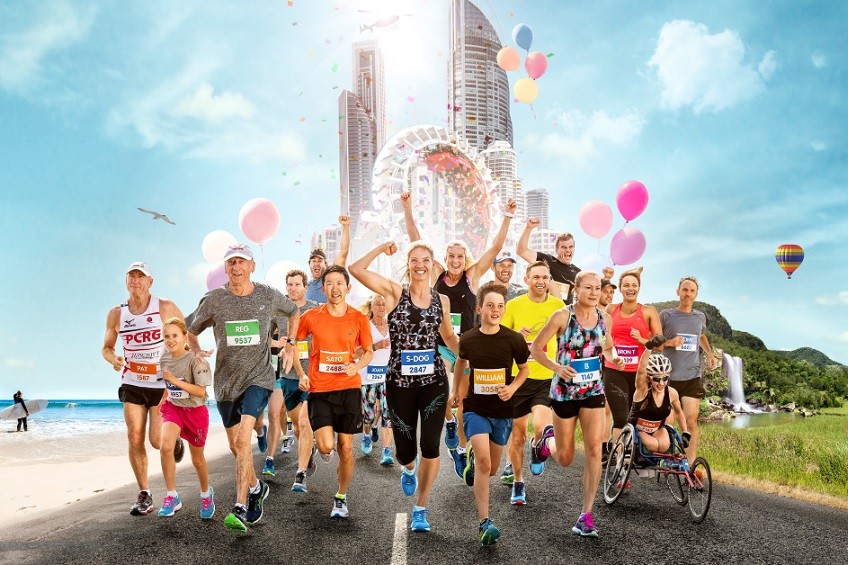
Village Roadshow Theme Parks General Manager of Marketing Renee Souter backed today’s announcement.“We are proud to support this iconic event as naming rights sponsor,” Ms Souter said. “The event showcases the Gold Coast like no other… When the runners and their families come to the Gold Coast they stay in our hotels, eat in our restaurants, shop in our shopping centres, and of course visit our theme parks.
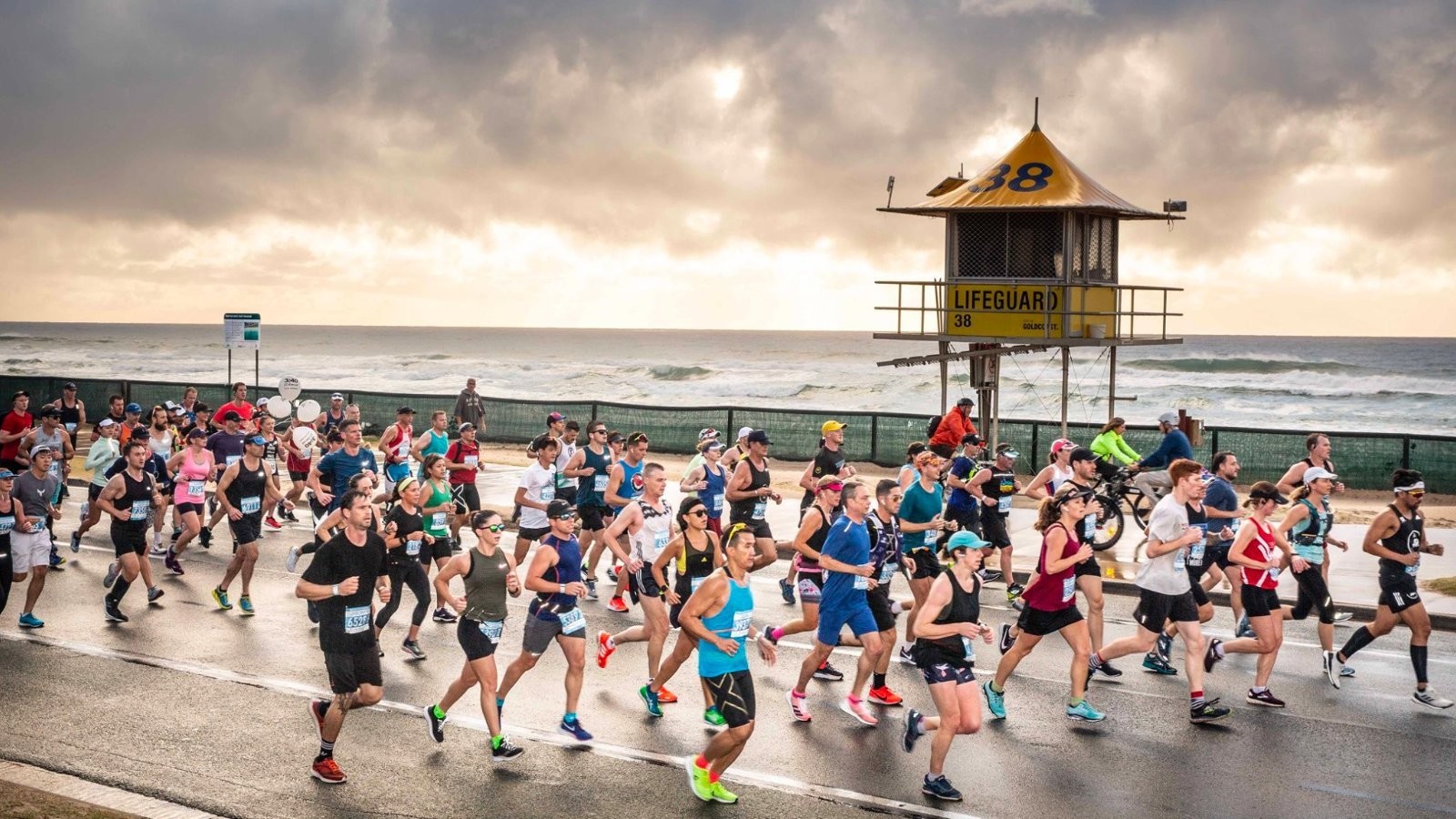
Events Management Queensland CEO Cameron Hart said: “We have seen other smaller events adapting to the ‘new normal’ of event delivery with tight health regulations, social distancing and other responsible management measures. Subsequently we have developed extensive plans to balance all the health regulations while providing a world class running experience on course.”
“This year we have moved the ASICS Half Marathon from the Sunday to the Saturday to spread our crowd more evenly and we’ve cancelled the usual pre-race check-in centre and expo in favour of mailing out race kits. We have also implemented wave race starts, and we’ll be providing personal protection equipment to the runners.
The 2021 Village Roadshow Theme Parks Gold Coast Marathon will be run on Saturday 3 and Sunday 4 July, starting and finishing at the spectacular Southport Broadwater Parklands.
(02/10/2021) ⚡AMPGold Coast Airport Marathon
The Gold Coast Airport Marathon is held annually in one of the most popular holiday destinations in the world. It is Australia’s premier road race and was the first marathon in the country to hold an International Association of Athletics Federations (IAAF) Road Race Gold Label. The event is held on the first weekend of July and attracts more than...
more...The benefits of running after 60
Running after 60 can be as beneficial to your health as it was in your 20s.
There’s no doubt that if you run for fitness your speed will slow down as you age.

From your 30s onwards, a number of physical changes take place in the average person’s body. Aerobic capacity decreases, muscle mass reduces, muscle elasticity reduces, lung elasticity declines, bone density reduces, your metabolism slows, body fat increases, and your immune system becomes weaker, Owen Barder writes in the book “Running for Fitness.”
All these changes have an adverse effect on running performance. Yet, older runners can continue to achieve amazing athletic feats.

Benefits of running after 60
Canadian athlete Ed Whitlock ran a marathon in 2:54:48 at the age of 73. Carlos Lopes set the world marathon record at the age of 38. Hal Higdon, marathon runner and writer, at the age of 52 ran a 10km in 31:08 and a marathon in 2:29:27.
So you can’t run as fast as you did in your 20s and 30s. It’s all relative. The fact is you can continue to run into your 90s.
The health benefits of running for seniors are generally the same as for everybody else. They include reductions in the risks of heart disease, diabetes, high blood pressure, and cancer; reduced depression and anxiety; weight control; improved bones, muscles, and joints; improved mobility and coordination, and a psychological sense of well-being.
The risk for developing debilitating conditions increases as you grow older, so the benefits of running are increased.
Keep in mind that even moderate running is good for your health. At the conference of the European Society of Cardiology, Danish researchers presented data on a subset of 2000 joggers. They found that jogging at a moderate pace for a total of one to two-and-a-half hours per week over two or three sessions reduced the risk of death more than 44 percent over non-runners.
“Surprisingly, when individuals ran faster, longer or more frequently than this, the protective benefits of running disappeared,” writes Rashelle Brown. “Individuals who ran more often and more vigorously had about the same mortality rate as those who were sedentary.”
Another study looked at others health benefits of running for seniors: the effects of running versus walking on functional movement of 30 adults with an average age of 69. The study found that those who ran several days per week walked with the same muscular economy of average 20-year-olds.
If you want to start running for the first time or take up running after a long lull, it’s important to start out slowly.
First, you should let your doctor know of your plans and take heed of any concerns she might have.
Starting out with a walk or run program is a great strategy to build your muscles and endurance without risking injury that will set you back. Keep in mind walking can be just as health as running, except you have to walk longer to get the same health benefits as running.
Recovery after running
You also have to prioritize recovery more than when you were younger and build this into your running schedule. Also, use your experience to make more informed choices about your running.
Muscle mass declines with age, so you need some strength training to counter that. Just don’t overdo it. Stressing core exercises or using light dumbbells would do the trick.
Be diligent about stretching, both before and after exercise. As you age your flexibility decreases, and stretching compensates for that.
Other advice includes booking a regular massage to loosen the muscles that tighten from running, eating well (meaning a diet high in protein, carbs, fruits and vegetables), going soft by running on surfaces with some give like trails or even grass, and staying motivated.
“Keep entering races so you always have goals,” Jo Pavey writes in Runner’s World. “If you feel your fastest times are behind you, think about setting yourself a new set of (personal bests) for your new age group.”
(02/09/2021) ⚡AMPby Janet ODell
How should your running shoes fit?
Whether you run every day or once a week, it is crucial you have a pair of good-fitting and comfortable running shoes. If you do not, you could end up injuring your ankle or foot. There are many things to consider and look at when purchasing a pair of running shoes. So, here is a look at how to get the fit just right.
Be Aware That Sizes May Differ According to the Brand
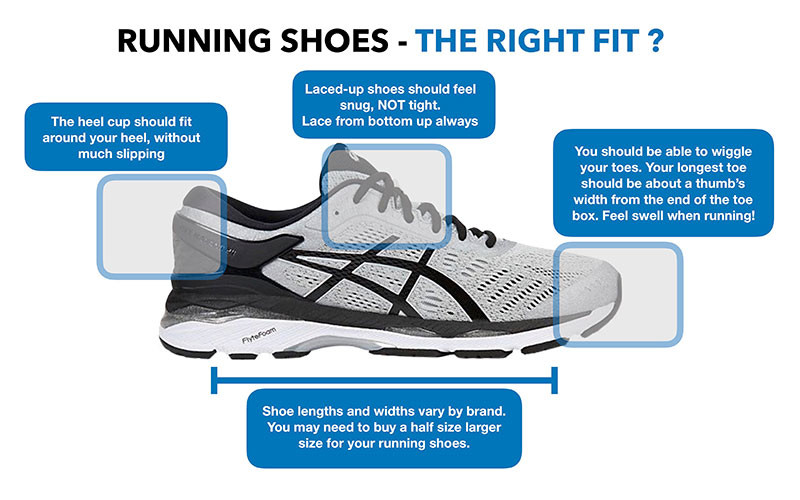
The first thing to note is different brands of shoes can vary in size. You could try on the same size-number of shoes from two different brands and find one is a better fit than the other. Not having standard shoe sizes across the board can make it challenging to find the right pair of shoes, especially when you are shopping for running shoes. After all, you are sure to know that different running shoes can make or break your performance.
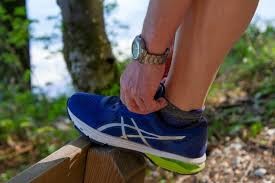
For example, Nike is a classic when it comes to running shoes due to its design, durability, and affordability. It is also readily available almost anywhere along with other major brands. However, its sizes vary and may be different from other brands. You also have to consider other factors like shoe width. So, when buying running shoes for men or for women, be aware that one brand may fit better than another. Some experts recommend that your running shoes should be about a size larger than your usual shoe size because swelling can often occur during and after running.
Try the Shoes On
Obviously, trying on running shoes is the only way to know whether they fit you perfectly for maximum comfort and support. So, do not buy your running shoes online. Instead, head to a brick-and-mortar shoe store. Even better, visit a store that specializes in running shoes. The staff members will know exactly how to select the right size and fit of shoe for your specific feet. The fitting process will begin with measuring both feet while you are standing up. If one foot is slightly larger than the other, you will want a pair of shoes that fit the bigger foot. You can always change the lacing or wear an additional sock on your smaller foot. Unlike regular shoe fittings where you simply walk around the store to gauge the shoes’ comfort, you should go for a short run in the shoes before purchasing them.
Assess the Size and Fit
To assess the size and fit of the shoes when trying them on, begin by taking out the inserts and standing on them. The inserts should match the size and shape of each foot, and the tip should come to a point approximately where your toes narrow. Then put the insert back in the shoes and lace the shoes tightly enough to lock over your navicular bone, but not so tight that they constrict your blood vessels. Stand up and consider how well the shoes fit.
You should have about a thumbnail’s width between the front of the shoe and your longest toe. The width of the shoe needs to fit just as well as the length. Check there is no or little pressure on your little toe and only slight pressure on your big toe. Then, walk and preferably run in the shoes to see how they really feel.
Make sure the heel does not slip and nothing rubs or pinches against your ankle. You should also check the upper’s fabric. If it gathers, you could need a snugger fit. If it stretches or bulges, you may need a larger size shoe.
(02/09/2021) ⚡AMPby Colorado Runner
2021 Tata Mumbai Marathon will be held on May 30
The Tata Mumbai Marathon will be held on May 30, it's promoters Procam International announced here on Tuesday.
"With cautious optimism and hope, this decision has been taken after deliberation and collaborative efforts with the state and civic authorities, including the Indian and international athletics bodies," a media release issued here said.
"Guided by the prevailing government protocol, Procam International will look to conduct the on-ground event, with limited participation in the Full Marathon, Half Marathon and 10 km runs."
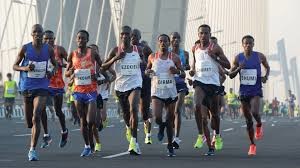
While limited numbers will run from their scheduled location, participants from across India and the world will be able to run with TMM from a location of their preference, via the official TMM 2021 App.

"The promoters shall continue to monitor the situation, with the single-minded focus of the safety of all participants, officials, volunteers and the running fraternity," the the release added.
The organizers claimed that the rescheduled date should give runners the necessary time to prepare as they continue with their training regimen.
They also said that details including the format of the race, registration details, safety measures, protocols and participant requirements, will be will be shared at a later date.
The Tata Mumbai Marathon is normally held in January.
(02/09/2021) ⚡AMPby Times of India
Tata Mumbai Marathon
Distance running epitomizes the power of one’s dreams and the awareness of one’s abilities to realize those dreams. Unlike other competitive sports, it is an intensely personal experience. The Tata Mumbai Marathon is One of the World's Leading Marathons. The event boasts of fundraising platform which is managed by United Way Mumbai, the official philanthropy partner of the event. Over...
more...American track and field athlete Jordan Gray has launched a campaign for a women's decathlon event to be included at the Paris 2024 Olympic Games
Gray is the holder of the American record for women's decathlon, scoring 7,921 points at an event sanctioned by USA Track and Field (USATF) in 2019.
The score was all the third highest of all time.

The 25-year-old has now launched "Let Women Decathlon" in a bid to have the event included at Paris 2024, despite the International Olympic Committee (IOC) confirming the programme for the Games in December.
A petition supporting the campaign has garnered more than 3,100 signatures.
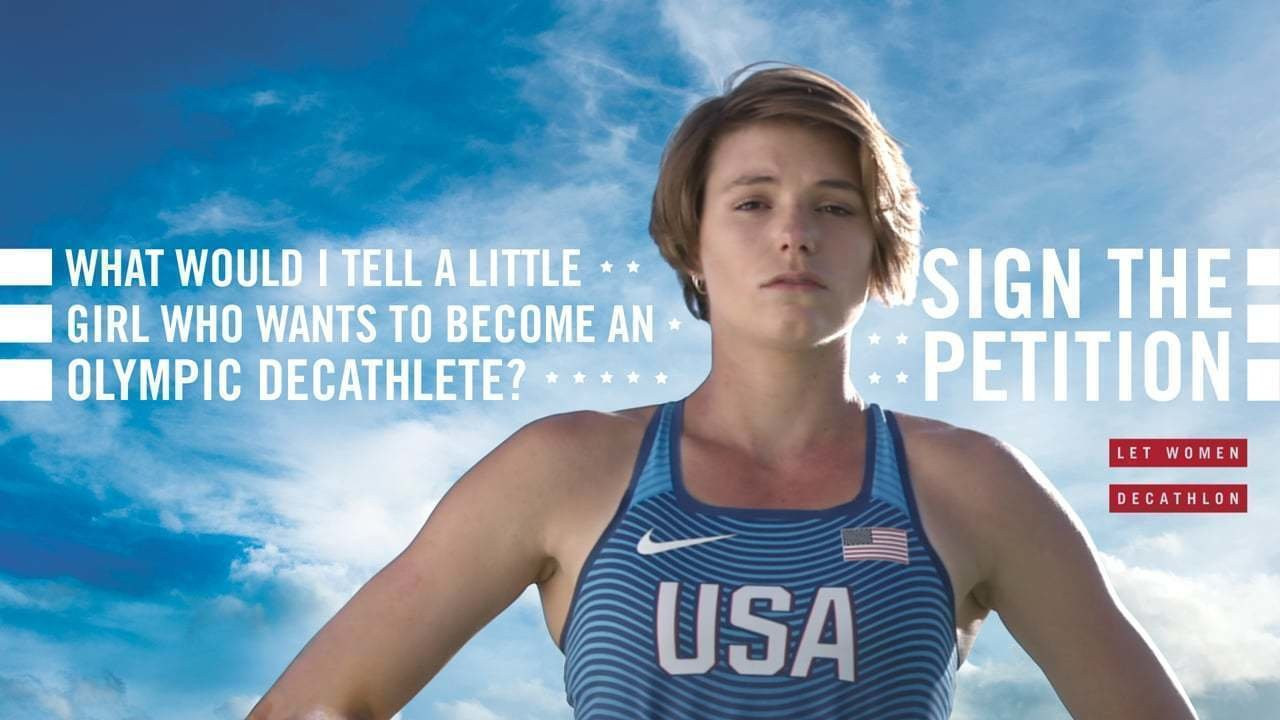
"Today, hundreds of dedicated women decathletes around the globe are tirelessly training for their shot to make history at the 2024 Olympic Games," the petition description reads.
"Jordan Gray is one of them.
"She holds the highest decathlon score of any woman currently active in the sport, the American record, and the third highest score ever for women in the world.
"On behalf of all female decathletes, all she wants is an equal chance to compete.
"Women’s decathlon is already in place at the highest levels of sport, including the USATF and World Athletics.
"Like many of her peers, Jordan is prepared to represent her country in the heptathlon at the 2024 Olympics.
"But she has a simple question for the IOC - 'If we’re succeeding in the 10 events of the decathlon, why aren’t we allowed to compete at the Olympics?'"
Gray's campaign for Paris is unlikely to be successful with the Paris 2024 programme already confirmed, but Los Angeles 2028 may be a more realistic target.
She told NBC she hoped women's decathlon would have achieved Olympic inclusion by then.
"Hopefully in 2028, I’ll be 32 and rocking it at the US Championships in the decathlon," Gray said.
The Paris 2024 Olympics Games will have an equal number of men and women competing for the first time.
A decathlon for men first appeared on the Olympic programme at Stockholm 1912.
It is one of the few events not contested by both men and women at the Games.
Pentathlon was then added for female competitors at Tokyo 1964, before it was replaced by the heptathlon at Los Angeles 1984.
(02/09/2021) ⚡AMPby Nancy Gillen
Paris 2024 Olympic Games
For this historic event, the City of Light is thinking big! Visitors will be able to watch events at top sporting venues in Paris and the Paris region, as well as at emblematic monuments in the capital visited by several millions of tourists each year. The promise of exceptional moments to experience in an exceptional setting! A great way to...
more...Runners will be able to support cancer charity at 2021 London Marathon
North-east people will find out today if they have been successful in securing a ballot spot in this year's London Marathon.
The event on Sunday, October 3, sponsored by Virgin Money, is set to be the biggest staged with 50,000 running from Blackheath to The Mall and another 50,000 running the virtual marathon from wherever they are in the world.
Macmillan Cancer Support is the charity of the year for Virgin Money and official charity partner for the 2021 London Marathon, and is inviting lucky runners who bagged themselves a ballot spot to join and fundraise for #TeamMacmillan, while reminding those who missed out that there is still time to apply for a charity place.
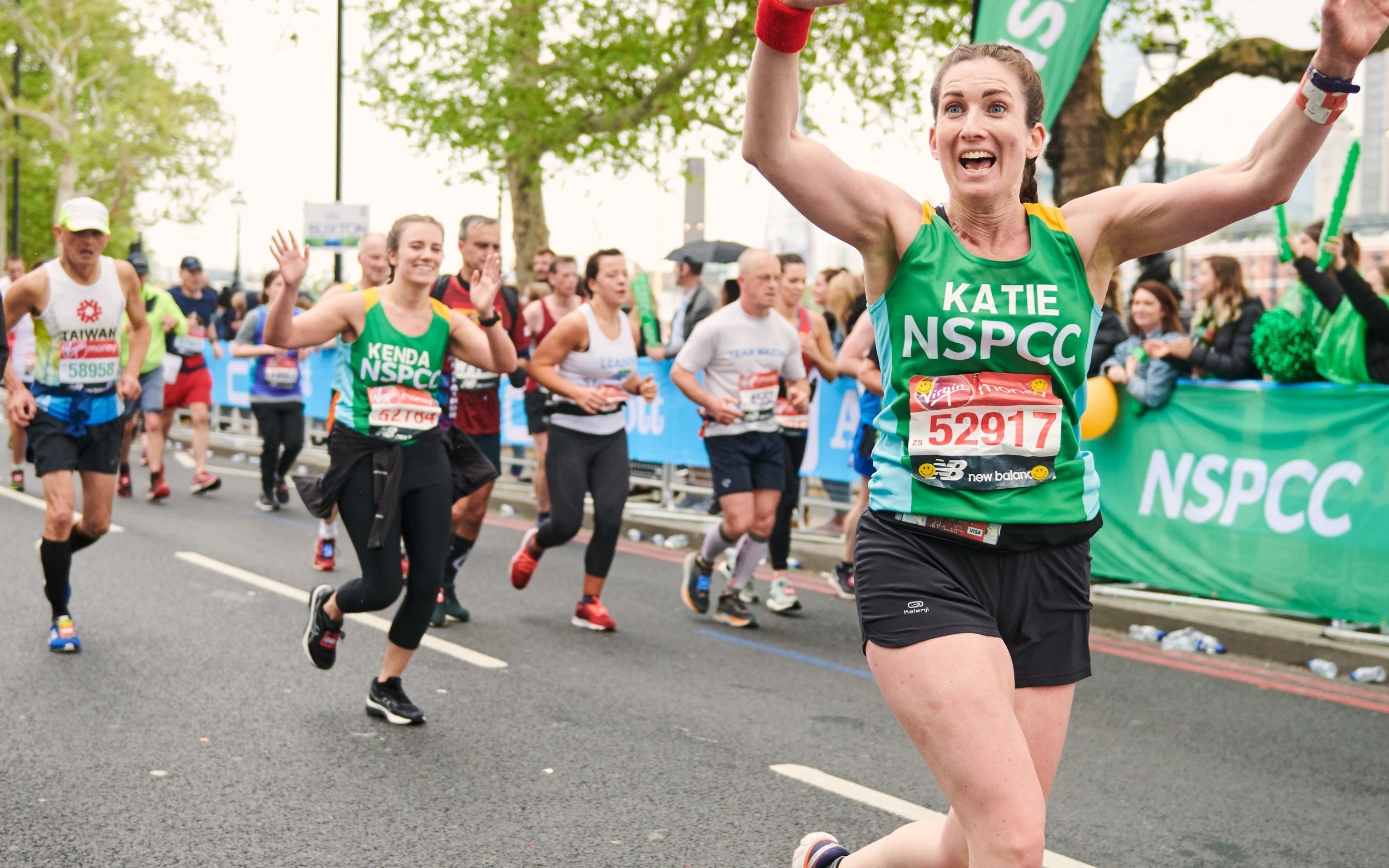
Funds raised through the Macmillan places will help the charity provide vital support, at a time when it is facing a loss of income due to Covid-19, and continue to do whatever it takes to be there for everyone, from day one of their cancer diagnosis.

Executive director fundraising, marketing and innovation for Macmillan Cancer Support Claire Rowney said: “We’re thrilled to be the official charity of the year for the 2021 Virgin Money London Marathon and can’t wait to cheer on our Team Macmillan runners in what is set to be the biggest marathon ever.
“The Covid-19 pandemic has had a devastating impact on our income, at a time when people living with cancer need our support more than ever to help navigate through this anxious period.
"The vital funds raised through runners and supporters of this year’s event will help us continue to do whatever it takes to be there for everyone living with cancer.
“Whether you’re planning to run the 26.2 miles, cheer on our runners from the side-lines or make a donation as part of Team Macmillan, you will be helping us be there for everyone, from day one of their diagnosis.”
New research published by Macmillan Cancer Support reveals that an estimated 530,000 people across Scotland have turned to running or jogging to look after their mental health during the Covid-19 crisis.
People can join #TeamMacmillan with their ballot spot or can apply for a charity place in the 2021 Virgin Money London Marathon, at LondonMarathon.Macmillan.org.uk
(02/08/2021) ⚡AMPby Kyle Ritchie
TCS London Marathon
The London Marathon was first run on March 29, 1981 and has been held in the spring of every year since 2010. It is sponsored by Virgin Money and was founded by the former Olympic champion and journalist Chris Brasher and Welsh athlete John Disley. It is organized by Hugh Brasher (son of Chris) as Race Director and Nick Bitel...
more...Sandra Chebet wins fourth Nairobi Cross Country title and she is eager to represent Kenya at the Tokyo Olympic Games
Langáta’s Sandra Chebet blew away the field to seal her fourth victory in the senior women’s 10km race during the Athletics Kenya Nairobi Cross Country Championships at Kenya Prisons Service grounds, Nairobi West on Sunday.
Sandra, the 2017 Africa 5,000m silver medallist, her sister Emily Chebet (Langáta) and Margaret Nduta (Embakasi) went head-to-head in the first two laps of the five-lap course before Sandra went for the kill.
Sandra would tear the gusty course with ease to gradually build on her lead before carrying the day in 33 minutes and 48.7 seconds, beating Emily to second place in 35:07.8.
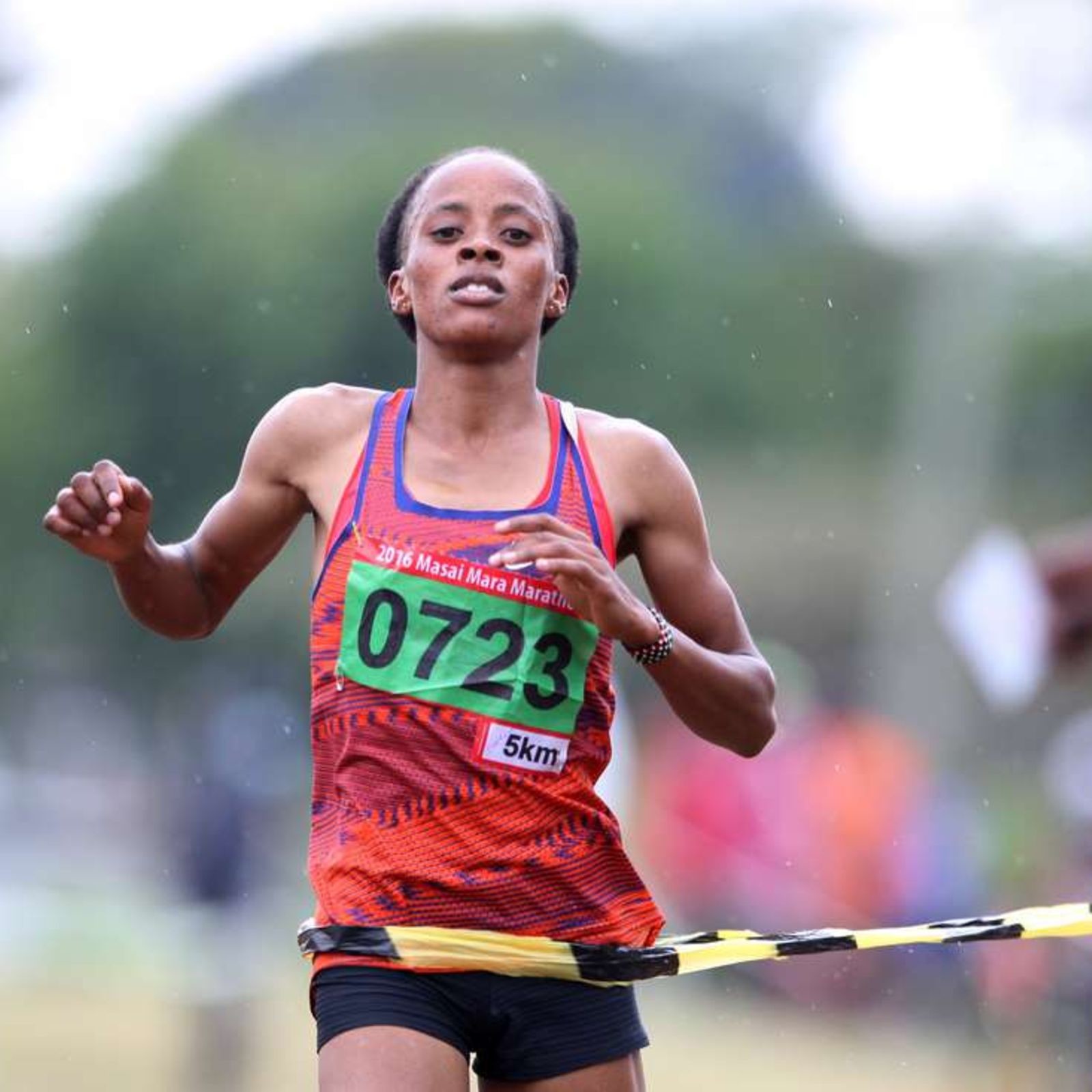
Ndunta eased home in third place in 35:41.6 followed by Ann Nasisyo (Langáta), Bency Cheruiyot (makadara) and Emily Chepkemoi (Kasarani) in 36:07.1, 36:26.1 and 36:27.5 respectively to seal their places in the Nairobi team for the National Cross Country Championships on February 13 in Nairobi.
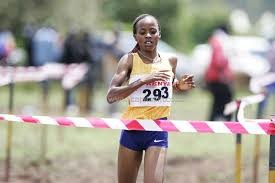
“It’s feels great to retain my title and more so win for the sixth time in Nairobi. I have two junior titles here and this is my fourth senior crown. I thank God for the great health,” said Sandra, who is eager to break it to the big staged.
“I really want to break the duck at the nationals where I have taken part several times without success,” said the 23-year-old Sandra, was fresh from finishing ninth at Discovery Cross Country 10km race in Eldoret the previous weekend.
Sandra, who trains at Lemotit Camp, Londiani, Kericho, is also eager to represent Kenya in 10,000m at the Tokyo Olympic Games later this year.
Trizah Cherotich from Langáta won women’s Under-20 6km race in 21:25.6, beating teammate Dorcus Chepkemoi (21:49.0) and Westlands’ Regina Wambui (22:26.9) op second and third places respectively. Mirriam Chemutai was untouchable in girls’ under-18 5km contest, where she clocked 17:17.3, beating Fancy Chepkorir and Sharon Chepkemei in 17:22.7 and 17:40.9 in that order.
(02/08/2021) ⚡AMPby Ayumba Ayodi
Tokyo 2020 Olympic Games
Fifty-six years after having organized the Olympic Games, the Japanese capital will be hosting a Summer edition for the second time, originally scheduled from July 24 to August 9, 2020, the games were postponed due to coronavirus outbreak, the postponed Tokyo Olympics will be held from July 23 to August 8 in 2021, according to the International Olympic Committee decision. ...
more...USA’s Athing Mu sped to a 50.52 record clocking, to win the 400m at the Charlie Thomas Invitational in College Station
Two of the world’s most talented teenagers produced stand-out performances on either side of the Atlantic on Saturday.
USA’s Athing Mu sped to a 50.52 clocking to win the 400m at the Charlie Thomas Invitational in College Station. If ratified, the 18-year-old’s time would improve the official world U20 indoor record of 50.82 set by 2012 Olympic champion Sanya Richards-Ross.
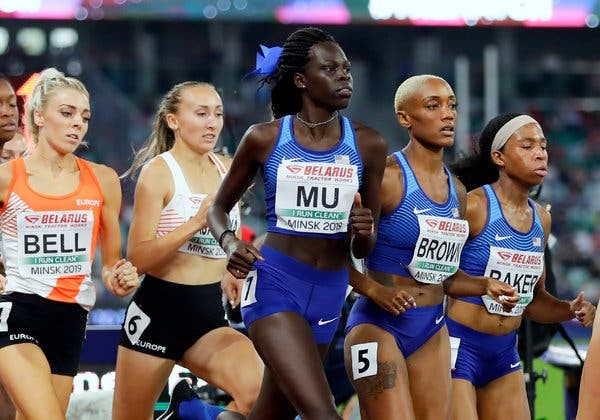
The fastest indoor time ever achieved by an U20 sprinter, however, remains the 50.36 clocking set by Sydney McLaughlin in 2018; her time could not be ratified as a world U20 indoor record. Mu now moves to 20th on the senior world all-time indoor list and fourth on the senior US list.
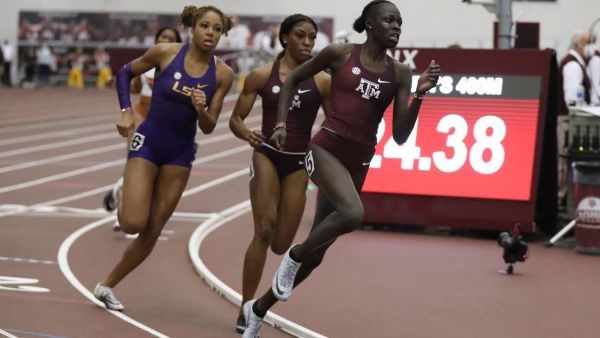
In recent weeks, Mu has been lighting up indoor tracks on the US collegiate circuit. She clocked a North American U20 indoor record of 2:01.07 for 800m in January and followed it one week later with a world-leading 1:25.80 run over 600m. Last week she ran a 50.5 anchor leg in a 4x400m in Lubbock, hinting at her potential for the individual 400m.
Jamaica’s Charokee Young finished a distant second to Mu in College Station, running 51.93.
The men’s 400m in College Station also produced some swift times with Noah Williams setting an outright PB of 45.47 to win from Sean Burrell (45.57). St Lucia’s Julien Alfred won the women’s 60m in 7.17, having clocked 7.15 in the heats.
Adrian Piperi, the 2015 world U18 shot put champion, produced a big PB of 21.74m to move up to 11th on the US indoor all-time list.
European U20 long jump champion Larissa Iapichino got her 2021 campaign off to a flying start, quite literally, at the Italian U23/U20 Championships in Ancona on Saturday (6).
The 18-year-old leapt an indoor PB of 6.53m in the second round, beating her own national U20 indoor record, and then improved to 6.70m in round three. She went even farther in the fifth round, leaping 6.75m.
Her winning mark moves her up to fourth on the world U20 indoor all-time list and is just 13 centimeters shy of the world U20 indoor record set by Heike Drechsler back in 1983.
(02/08/2021) ⚡AMPby World Athletics
2021 Sahara Marathon will go virtual
The solidarity race with the Saharawi refugees will be held in a virtual way during the last week of February. Participants will be able to run in their country while supporting the humanitarian project.in support of Western Sahara at this very delicate moment.
The Sahara needs us like never before. At a time when Covid19 has hit the whole world, the Saharawi refugee camps in Tindouf are experiencing an extremely complicated situation in which their precarious living conditions are compounded by the impact of the pandemic and the consequences of the war conflict that has resumed after 30 years of ceasefire.
In these circumstances and given the impossibility of performing the Sahara Marathon in person and with the assistance of runners from all over the world, the organisation of the solidarity race has launched a very special edition with a virtual event. Runners and supporters of the Saharawi cause will be able to participate in the prestigious race through a digital application that will be available once the registration is made (EUR 15 [USD 18]) and that will allow the athletes to run from anywhere in the world.

The Sahara Marathon is a solidarity race organised by the Saharawi Ministry of Youth and Sports and a group of volunteers from different countries. During the last twenty years, the race in the desert has served as a platform to denounce the unjust situation that exists in Western Sahara and to tackle countless solidarity projects in the refugee camps. Thousands of runners from all continents have travelled during this time to the Algerian desert to live the experience provided by this race and to bond with refugee families. In this unique edition of 2021, the objectives of the event remain, although the experience will be different.
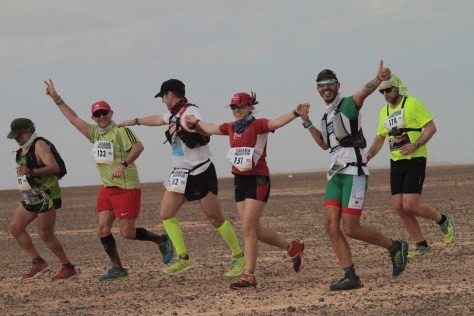
Participants will be able to carry out their race during the last week of February. They will be able to choose the most appropriate distance (5, 10, 21 or 42 km) and even run in different distances or repeat the race throughout the week (the best time will be validated). The application also invites runners to upload their videos and messages of solidarity with the Sahara to their social networks. All the money contributed for this solidarity project, as well as the donations or acquisitions of the inscription pack (T-shirt, tubular scarf and bib number), will be used in the Sahara Marathon solidarity project, which on this occasion is about Saharawi families in need of direct help, through the purchase and distribution of a basic food basket bought on site to favour the local economy.
On 26 February, the usual date for holding the marathon in other editions, a race (5, 10 km and children race) will be organised in the Saharawi refugee camps, where Saharawi athletes will participate, with the aim of keeping the spirit of the Sahara Marathon alive . The pandemic has caused significant restrictions to humanitarian aid for the Saharawi refugee camps during the last year, as well as to all the visits of aid workers and people in solidarity with the Saharawi, leading the refugee camps to a humanitarian crisis that is added to the global health crisis,. We therefore invite all regular participants in the Sahara Marathon, as well as all those committed to this cause, to support this alternative project by participating in the virtual race or contributing a small donation via www.saharamarathon.org. As it says on the official race jersey: “The desert wind will spread the Saharawi voice around the world.”
(02/08/2021) ⚡AMPSahara Marathon
The Sahara Marathon is an international sport event to demonstrate solidarity with the Saharawi people. Its first edition is in 2001, from an idea of Jeb Carney. It’s organized by the Secretary of State for Sport, Government of the Sahrawi Arab Democratic Republic with the help of volunteers from all over the world. The Sahara Marathon, which along with the...
more...German Ultrarunner Florian Neuschwander Breaks the 100K Treadmill World Record
He ran a 6:13 pace for six and a half hours on a treadmill!
German ultrarunner Florian Neuschwander has proven once again that he is a master of the treadmill, capturing the 100K treadmill world record on January 30.
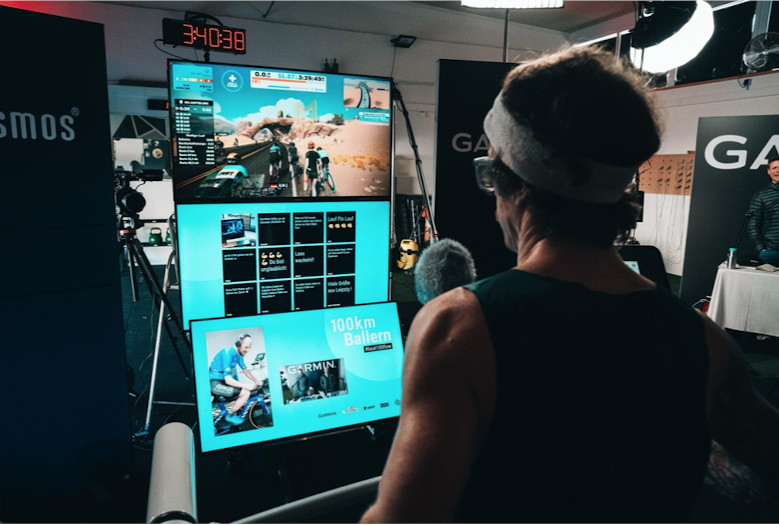
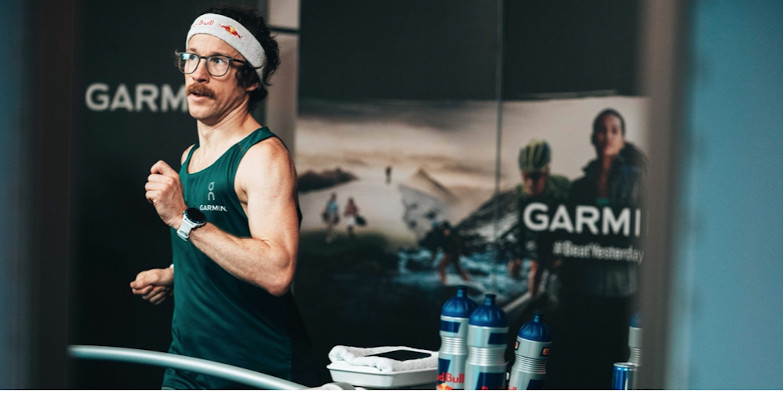
The 39-year-old completed the distance in 6:26:08—an average of 6:13 per mile!—beating the previous record by six minutes.
Neuschwander, 39, is no stranger to treadmill records. He captured the 50K treadmill world record in March 2020, running 2:57:25. But that mark was bested a few more times before the end of the year by runners like Matthias Kyburz and Tyler Andrews.
In October, Neuschwander considered again going after the 50K record—Andrews’s 2:42:51—but instead, he thought he might be more successful going after the 100K record of 6:39:25, set by Mexican-American runner Mario Mendoza in June 2020.
“I planned this run because where I live, we have good snow and it’s icy, and I don’t like to run every day in the cold temperatures or slip,” Neuschwander told Runner’s World. “I always train on the treadmill in the winter and we decided to do it with about 10 to 12 weeks to prepare.”
Neuschwander kept his mileage relatively low for training, logging between 60 to 80 miles a week. He supplemented that with Zwift cycling and backcountry skiing. His biggest runs came on long treadmill efforts: two marathons, four 50Ks, and two 60Ks. The run that gave him the most confidence for his record attempt was a 50K test run he did, which he finished six minutes faster than his world record time.
With the help of one of his sponsors, Garmin, and treadmill company, H/P/Cosmos, Neuschwander set up in a small gym near his home in Germany. With plenty of fresh air flowing in and three screens in front of him to look at for entertainment and motivation, Neuschwander put some Squirrel Nut Butter on his feet to prevent blisters, donned his On Cloudflow shoes, and started up his treadmill and Zwift for the six-plus hours of running ahead. 

“The first half was flying by. It was really fast,” he said. “On the screens, I had comments, texts, and videos that helped me a lot from people who were watching the live stream. That helped me get through to the 60K, which I knew should be easy because I had done it before. After that, it was uncharted territory.”
Neuschwander’s treadmill speed was around 15.6 km/hr throughout the entire run, but his toughest stretch between came between 75 and 85K, when he got some cramps in his quads and he dropped his speed down to 15.1 km/hr (9.38 mph), his slowest of the day. He continued to take his Maurten mixed drink every hour for fuel, supplemented by water, which helped the cramps subside.
For the final 10K, Neuschwander added two Red Bulls mixed with water to his routine and cranked up the speed to 17 km/hr (10.5 mph). This turned out to be too fast after six hours of running, but that didn’t stop him from trying to go faster.
“I went again to 15.5, and then I’d move it up and down, up and down, up and down because I wanted to go faster faster faster,” he said. “But at the same time, I was afraid I’d cramp so I slowed down again. But that last 10K was 36:05, which meant I speeded up after six hours of running.”
Neuschwander got the record comfortably, finish six minutes ahead of the previous record with a time of 6:26:08. That’s an average of 6:13 per mile. The new record-holder admitted that he was worried he would have wobbly legs or that he’d fall down when he got off, but he didn’t experience that.
“For me, treadmill running isn’t really hard,” he said. “The main thing is to have fresh air. This is hard, but if you have a lot of fresh air, your heart rate goes down. In the gym, we had a big door open and it was nearly like outdoor running but in one place.”
With most things still shut down, celebrations were limited after his record run. Neuschwander said he celebrated with his wife and kid and he ate two big pizzas and had two beers.
With his race schedule uncertain at the moment because of the pandemic, Neuschwander plans to continue training for the 100K German Championships in the fall. There or in time, he hopes to capture the German 100K record—6:24:29. After seeing Jim Walmsley miss the 100K record by 11 seconds on January 23, he said his goal that he’d be happy with is a sub 6:20.
(02/07/2021) ⚡AMPby Runner’s World
People Are Double-Masking More and More and, Sometimes, That Includes Runners
While the CDC hasn’t officially recommended it yet, here’s what experts want you to know to stay safe and slow the spread
From healthcare workers to politicians, double-masking is the latest coronavirus trend. In a press briefing Wednesday February 3, National Institute of Allergy and Infectious Disease (NIAID) director Anthony Fauci, M.D. said that double masking could be a common-sense approach in mitigating the spread of COVID-19. He even added that he wears two masks in situations where he won’t be able to sufficiently socially distance himself from others. But does that mean runners should think about wearing two masks when training?
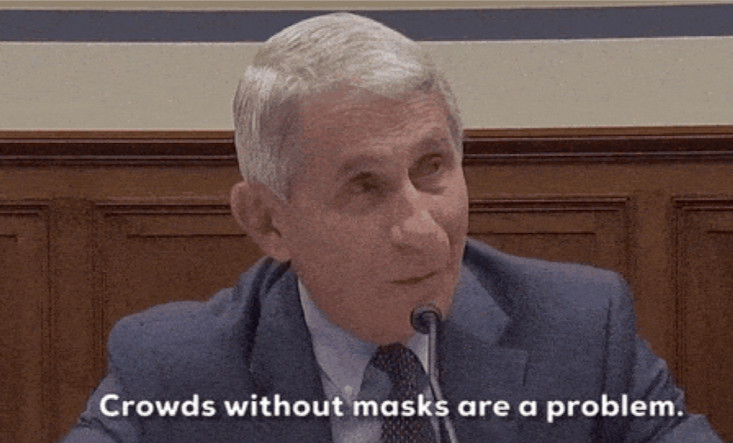
Fauci said the CDC will continue to update recommendations as more research is completed, but in the meantime, here’s what you need to know about double-masking, according to David Nieman, Dr.PH., health professor at Appalachian State University and director of the Human Performance Lab at the North Carolina Research Campus, Brian Labus, Ph.D., MPH, assistant professor in the School of Public Health at the University of Nevada Las Vegas, and Matt Ferrari Ph.D., associate professor of biology in the Eberly College of Science, and a researcher with the Center for Infectious Disease Dynamics at Penn State.
Why are people double masking?
First and foremost—the focus is still on using high-quality masks that will protect the wearer and others, explains Ferrari. That means it’s important to find a mask with good filtering material and a proper fit. Your mask should cover your nose and mouth, and fit snugly to the face with no gaps. (Get more helpful mask-wearing tips from the CDC here.)
“Two masks might be the way to do that, but one really good mask, say a KN95, may still be better than two single-ply gaiters,” Ferrari says.
For context, an N95 respirator, the U.S. standard that should be reserved for healthcare workers, and the KN95 mask, the China standard, both filter 95 percent of aerosols and protect the wearer better than a single layer fabric mask.
“What we are usually talking about with double-masking is doubling up on the fabric masks to increase filtration,” Labus says. But the caveat is, both masks need to fit properly.
And, adding a less-effective fabric mask over an N95 or KN95 mask won’t provide much additional protection. However, medical professionals sometimes do this to help extend the life of the masks, as PPE has been in short supply.
When might double-masking be necessary?
Wearing a well-fitting mask (or two) may be especially important for protecting others and yourself if you are in a setting where people are close together or breathing heavily, such as a gym.
“If you’re an athlete and going to be with other people indoors I would highly recommend double-masking,” says Nieman.
Currently, the CDC suggests that you wear masks with two or more layers of washable, breathable fabric, and avoid using those intended for healthcare workers, such as N95 or surgical masks. However, opting for a KN95 is okay, because U.S. healthcare workers don’t use that mask, explains Nieman.
“It gets old saying it, but if you have the luxury of avoiding settings where you would need to double-mask—indoors, poorly ventilated, crowded—then avoiding those settings is better than two, or three, or four masks,” says Ferrari.
For runners, this may mean avoiding a crowded gym and instead opting to run outside where there is plenty of space for distancing or setting up a home gym space.
However, if you can’t avoid indoor settings with other individuals (say, for work or to care for others) then double-masking may provide the extra protection to reduce risk in high-density indoor settings.
What is the best way to double-mask?
“As with a single mask, it’s about having a good fit to your face,” explains Labus. Ensure that your mask or masks cover from above your nose to below your chin, and that air is not escaping around the sides.
“In addition to the extra filtration provided by the second mask, [doubling] can also allow the mask to fit better on your face, covering any gaps from the first mask,” Labus says.
But two bad masks are not necessarily better than one good one. In fact, the healthcare industry has shown that one, high-quality, well-fitted mask can be very effective, says Ferrari. And, leakage tends to be a problem in masks, so even if you’re wearing two masks, if they don’t fit well, they won’t be effective at protecting others, says Nieman.
What is the best mask to wear while working out?
That all depends on what the masks are made of. Masks like an N95 or KN95 are designed to filter out much smaller particles than a cloth mask and require more effort to breathe through. So, even if you are just wearing a single high-filtration mask, it’s likely not going to work to wear during intense exercise, because once you begin sweating, breathing will become more difficult.
It also depends on what type of exercise you are doing. If you’re lifting weights and don’t expect to get breathless as you would when doing treadmill intervals, a KN95 and cloth mask or two cloth masks may work just fine, says Nieman. But, once you start to sweat and breathe harder, that’s when it can get tricky.
Nieman recommends finding a mask that is at least double-ply with tightly woven fabric or one that is specially made for exercising, such as the Under Armour Sportsmask, which is used in his lab when tests are being done.
“Try to focus on workouts and activities where the mask isn’t the limiting factor. Outdoors and distanced is better for everyone,” says Ferrari. This might mean getting creative with your workouts if you live in a cold climate or trying other socially-distant cross-training activities like Nordic skiing.
The bottom line: Remember, the CDC has not yet changed their recommendations and still recommends a single fabric mask that’s at least two layers. While some are starting to wear two, it is still okay to wear a single mask, says Labus. That second mask can provide some extra protection, but wearing any mask is much, much better than not wearing one at all.
“If you’ll be near others, or out running with friends, wear a mask. If you have to do an indoor workout with others in the gym make sure you’re masked up with the best filtering, best fitting mask(s) you’ve got,” says Ferrari.
(02/07/2021) ⚡AMP
by Runner’s World
Two Oceans Marathon Cancelled Due To COVID-19
Cape Town’s premier running event, the Two Oceans Marathon scheduled for Easter Saturday, April 3, has been cancelled because of the COVID-19 pandemic. The 56 km race is the second largest ultramarathon in South Africa and has been held since 1970. According to a media release by the race organizers, “the current pandemic climate, [and] the health risks around hosting the… mass participation event are far too significant for the event to proceed safely.”
“It is never pleasant when an event like this is disrupted and which in turn affects the fixture calendar and the many athletes who are already planning for that day,” said Jakes Jacobs, President of Western Province Athletics (the provincial authority for the event). “However, it is even more painful to us when an event of this magnitude is forced to be cancelled. Unfortunately, the pandemic knows no bounds and… no one knows when it will be put under control or even be eliminated, if at all. We have consulted with Athletics South Africa regarding the race. Western Province Athletics and the organizers eventually took this final decision after taking into consideration the many factors in the management of the event and the current behavior of the virus.”
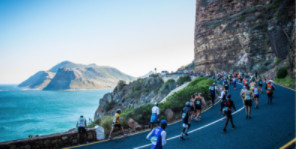
The organizers said while they did consider a postponement of the event to a later date, they are “planning alternative events and programmes… within the prevailing regulations”. These will be announced soon.
Cape Town’s premier running event, the Two Oceans Marathon scheduled for Easter Saturday, April 3, has been cancelled because of the COVID-19 pandemic. The 56 km race is the second largest ultramarathon in South Africa and has been held since 1970. According to a media release by the race organizers, “the current pandemic climate, [and] the health risks around hosting the… mass participation event are far too significant for the event to proceed safely.”
“It is never pleasant when an event like this is disrupted and which in turn affects the fixture calendar and the many athletes who are already planning for that day,” said Jakes Jacobs, President of Western Province Athletics (the provincial authority for the event). “However, it is even more painful to us when an event of this magnitude is forced to be cancelled. Unfortunately, the pandemic knows no bounds and… no one knows when it will be put under control or even be eliminated, if at all. We have consulted with Athletics South Africa regarding the race. Western Province Athletics and the organizers eventually took this final decision after taking into consideration the many factors in the management of the event and the current behavior of the virus.”
The organizers said while they did consider a postponement of the event to a later date, they are “planning alternative events and programmes… within the prevailing regulations”. These will be announced soon.
The Two Oceans was also cancelled in 2020, when it would have been the 51st running of the ultramarathon (and the 23rd of the accompanying half-marathon). When it was last held in 2019, the winners were Bongmusa Mthembu and Gerda Steyn (her second consecutive victory). The race had 12,026 finishers; the combined total of 26,509 finishers in the ultra and half-marathon easily makes it the biggest running event in South Africa.
Almost simultaneously with this news, Athletics South Africa announced that track and field events can resume this weekend after several months of no activity. It is expected that the country’s COVID-19 lockdown level will be lowered by the government before or on February 15, which would increase the limit on the number of people allowed at public gatherings such as track and field meetings and road races.
(02/07/2021) ⚡AMPby Let’s Run
Joy Kramarich: running and nursing during COVID-19
The COVID-19 pandemic has been stressful and scary for all of us, but has been uniquely challenging for frontline healthcare workers. Joy Kramarich is a runner with the University of Toronto Track and Field Club (UTTC) Masters Division and a trauma nurse at the Sunnybrook Health Sciences Centre in Toronto. She spoke with us about her experience working on the front lines of the COVID-19 pandemic and what running has meant to her during this difficult year
Not surprisingly, work for the 60-year-old Oakville resident has been demanding, challenging and marked with ambiguity since the pandemic began. Her hours have been long, working 12-hour shifts with minimal breaks, and she and many of her colleagues have been working double shifts and overtime in order to provide ongoing care to the high volume of patients who are coming through their doors.
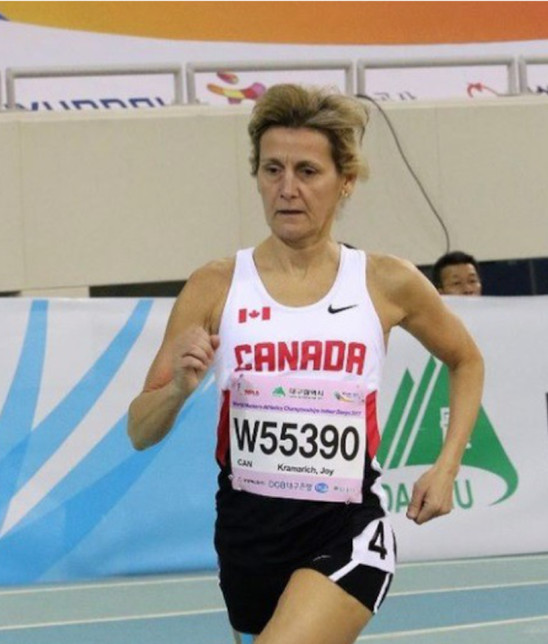
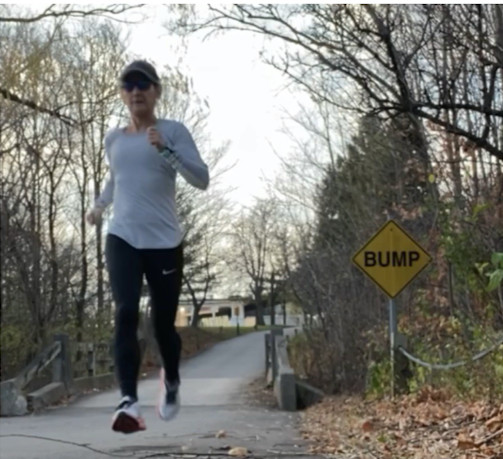
For many people, working conditions like these would be an understandable reason to allow their running regime to fall by the wayside, but not for Kramarich. Her mileage has actually increased throughout the pandemic, and there have been many weeks where she’s run a solid 110 kilometres, despite working 60 hours or more.
“COVID and the government-mandated restrictions related to COVID has given me
tremendous focus with respect to my running,” she says. “The hours of the day have been relegated to work and running, since that was all there was and often still is.”
Kramarich has been running since elementary school, she has appreciated the ability to run even more throughout the pandemic, as it allows her to get outside and move, be alone with her thoughts and decompress from the stress of work. She explains that running has provided encouragement when it feels like life is so dismal for so many, and provides her with the motivation to carry on
Running has also been a source of gratitude for Kramarich, reminding her how lucky she is to be alive, that she can move and breathe and that she and her family are safe and healthy at a time so many people have lost so much.
“There are no races on the road or the track, no requirement to run a certain distance in a certain time. It has simply been about the ability to run, which I love and which I do every day, even on the days that I work.”
Kramarich emphasizes that while she is a runner, that is only a small part of who she is. She is a mother, a coach, a teacher and a nurse, and her goal is to make a difference in the lives of all of her patients and her families. The exceedingly high demands on the healthcare system over this last year, however, have made it increasingly difficult for her and her colleagues to provide the same level of care that they ordinarily could. She also recognizes that this has been a difficult time for everyone, not just healthcare workers, but stresses the importance of following the government guidelines and initiatives to help minimize the spread of the virus, pointing out that even runners who are healthy are not immune.
The hope, of course, is that we will soon be able to get back to training in groups and racing again. For Kramarich, that means getting back to training with her masters group at U of T.
“Now that I am a Masters athlete and at this time in my life, I am cognizant of the fact that running is now a leisure activity, something that I am able to do in my free time,” she explains. “I think it is fantastic that we can still run and participate in running events and track meets. It enables me to supplement my daily life with a much loved and easily accessible physical activity.
(02/07/2021) ⚡AMPby Running Magazine
Four Recovery Nutrition Mistakes Runners Make
Even with the best of intentions, post-run recovery can take a hit due to confusion on nutrition recommendations or lack of planning or preparation. Nutrition is a key player in your ability to bounce back for the next day of training, especially if you have done a long run, higher intensity session or a double day. Make the most of it by taking these steps to ensure you are making the most of your post-run nutrition.
Mistake #1) No carb with protein post-workout
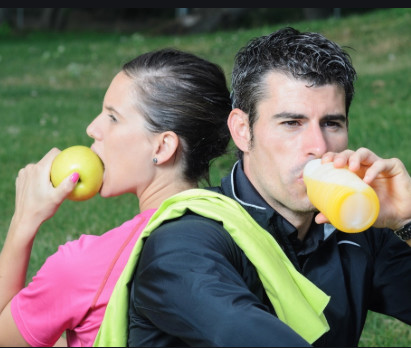
"But I had my protein shake post-workout, so I should be good!" While it is a good idea to have some protein post-exercise to boost amino acid consumption and help with muscle repair, the priority should be to replace carbohydrates. Having carbohydrates with protein stimulates a higher insulin response, which can help with glycogen regeneration and muscle protein synthesis. Aim for a 3:1 ratio of carbs to protein (45-60G of carb) and 15-20G of protein. A parfait of yogurt with berries and granola fits the bill.
Mistake #2) No hydration
While running, you lose fluids and electrolytes, even in winter! Replacing lost fluids is a good way to ensure that you are setting yourself up properly for the next training session. Scientific recommendations are to replace 150 percent of fluids lost based on body weight. In general, aiming for 16-20 oz for every hour of exercise can be a good starting point. It is a good idea to consider an electrolyte supplement like a sports drink post run long runs over 90 minutes in hot climates or at altitude.
Mistake #3) Nutrition window
This one has gotten a lot of attention in the science community in recent years. The traditional recommendation has been to rush to replace nutrition in the magical 30-60 minutes post-exercise, suggesting a closed-door effect after an hour has elapsed. You can keep replenishing glycogen, fluids, and electrolytes well beyond that 30-60 minute window, it just slows down. If you exercised 30-90 min, glycogen stores have most likely not been depleted anyway, so timing is not quite as important. Guideline wise, if you are doing a double day of training, an interval session, or long run >90 min, try to have a recovery snack containing carbohydrate and protein to maximize recovery.
Mistake #4) Taking a bunch of supplements instead of eating food
Other than the occasional recovery powder in a shake, taking supplements does not offer a huge recovery benefit. Food contains calories plus micronutrients that your body needs to repair and rebuild. Supplements may have micronutrients within them, but there is debate as to whether the supplement form is even utilized as well from the body and they will not have near as big an effect on performance and recovery as the food first approach will. It might just result in very expensive urine. Plus, supplements are not regulated well.
(02/07/2021) ⚡AMP
by Trail Running Magazine
Ted Metellus has been named race director of TCS New York City Marathon
Ted Metellus has been named the race director of the TCS New York City Marathon, making him the first Black race director of any of the Abbott World Marathon Majors races.
The announcement from New York Road Runners comes on the heels of large-scale allegations of sexism and racism by current and former employees, first made in the fall of 2020. Jim Heim, the marathon's race director for the past 13 years, along with others in leadership roles, stepped down in January.
"For me in this position, it will shed a tremendous light on the talent that's out there, the ability that is out there, the chance that you may be opening up the doors for [somebody]," said Metellus.
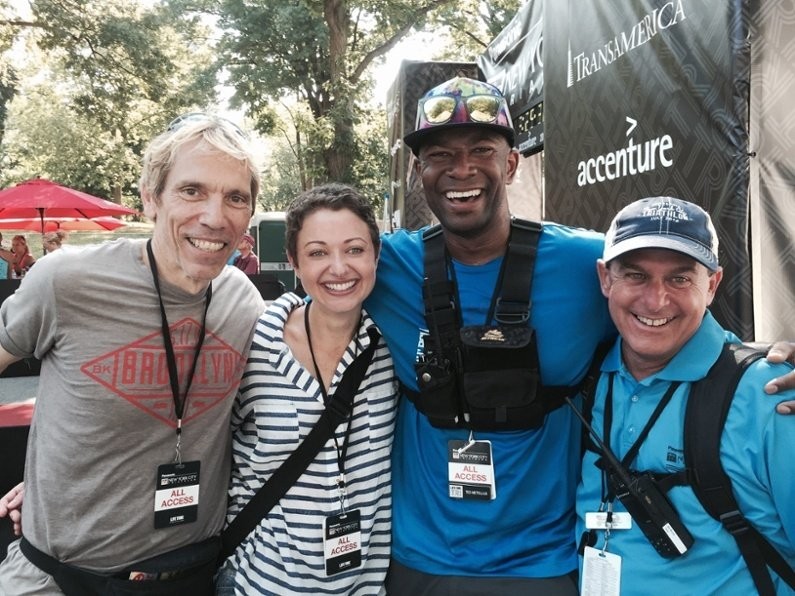
Metellus, 47, is being promoted from vice president of events at NYRR, an organization he has worked with since 2001. He grew up running in New York City.
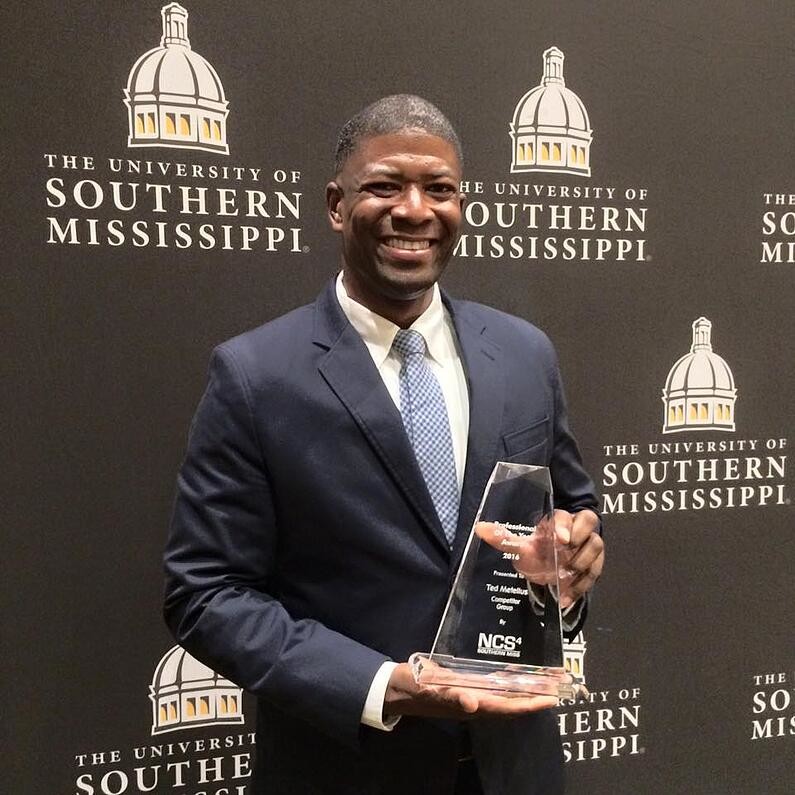
"Being born and raised in the Bronx, my mom was a maid and my dad was a janitor -- blue collar, hard workers," he said. "Organized sports wasn't something that was available to us, but when I was really young, everybody wanted to be the fastest kid on the block."
In high school, he joined the cross country and track teams, and even though he was one of the slowest members ("It was painful," he said), he loved running, and he loved bringing runners together. That led him to work on organizing large-scale events like Ironman, Rock 'n' Roll Marathons and the NYC Marathon.
"When people ask me, 'How do I get people to join and be a part of my team? How do I invite them in?' I say, 'No, no, no, you don't invite them in, you go to them,'" Metellus said.
Metellus is taking over as race director at a time when the coronavirus pandemic has ravaged the running industry, causing cancellations of almost all major races worldwide in 2020. NYRR canceled all in-person races from March until the end of September, and the 2020 NYC Marathon was held virtually. This November, the hope is to have a safe in-person marathon with strict COVID-19 guidelines.
"The legacy I'd like to leave behind is for us to have a safe and enjoyable marathon this November -- because I know that's going to be a moment that people look back at, just like in 2001 when we had a marathon two months after 9/11 ... There will be moments in the history of running and even beyond when people will look back and say, 'What happened when...' and 'Who was the director when ..." and what were some of the takeaways from that and how we can use that moving forward."
Metellus hopes that his role helps create new opportunities for others as well.
"At the end of the day, what I would like is not to be the first and last. Who else am I opening up the doors for? When I look at the industry right now, who's going to be the next person and how do I lay the groundwork for them," he said.
(02/06/2021) ⚡AMPby Aishwarya Kumar
TCS New York City Marathon
The first New York City Marathon, organized in 1970 by Fred Lebow and Vince Chiappetta, was held entirely in Central Park. Of 127 entrants, only 55 men finished; the sole female entrant dropped out due to illness. Winners were given inexpensive wristwatches and recycled baseball and bowling trophies. The entry fee was $1 and the total event budget...
more...Eddie Izzard Completes 32 Marathons in 31 Days—All on a Treadmill!—to Raise Money for Charity
Even George Clooney joined the British comedian for the final minutes of her last marathon
Comedian Eddie Izzard, who admits she "doesn't like running", has notched up more than 830 miles, raising more than £275,000.

Eddie Izzard has raised over a quarter of a million pounds for charity after completing 32 marathons and performing 31 comedy gigs in just 31 days.
The 58-year-old ran a marathon on a treadmill every day in January, followed by a "Best Of" comedy gig as part of a "Run For Hope".
Using the social media hashtag #MakeHumanityGreatAgain, the British performer completed the challenge from Riverside Studios in London, but ran virtually through different cities around the world each time.
Izzard also chatted to a host of celebrities including George Clooney, Davina McCall, Joe Wicks, Stephen Fry, Bill Bailey and Dame Judi Dench, as she notched up the miles.
A dedicated Crowdfunder site has so far raised more than £275,000, and been supported by nearly 5,000 people, with over 12 hours of fundraising still to go.
Money will go to organisations working with disadvantaged and vulnerable people, including some of those dealing with the wider effects of the COVID-19 pandemic.
The first five charities to benefit will be Fareshare, a UK charity fighting hunger and food waste, Walking With the Wounded, Care International, United to Combat Neglected Tropical Diseases and Covenant House New York City - a US youth homelessness charity.
(02/06/2021) ⚡AMPby Runner’s World
Miley Cyrus Prep Her Powerful Vocals for Her Super Bowl Pregame Show Performance With Treadmill Intervals
This may be the toughest speedwork and fastest recovery I’ve ever seen, but WTF Do I Know?
Miley Cyrus posted an Instagram video showing how she’s preparing for her Super Bowl LV pregame show performance on Wednesday, February 3.

The “Midnight Sky” singer is set to perform at the NFL’s pregame TikTok tailgate on Sunday, February 7.
To train for her performance, she runs on a Peloton treadmill while flawlessly belting out “Rebel Girl.”
Getting ready for a live performance is no small task, and many artists have told Runner’s World that running gives them an endurance boost they need when they’re on stage. Apparently Miley Cyrus includes treadmill intervals when prepping for her performances, too
On Wednesday, February 3, Cyrus posted a video of herself to her IGTV and Instagram story running on a Peloton treadmill—while belting out “Rebel Girl” by Bikini Kill. She captioned the video, “#SBLV PREP â˜ ï¸ Angels like you can’t fly with rebel girls like me 😈👼.” In the background of the video, you can also hear a person suggest she match her running pace with the rhythm of the song, which she does without missing a beat.
(02/06/2021) ⚡AMPby Runner’s World
Man runs barefoot half marathon in the snow to break Guinness record
A Norwegian runner unofficially broke a Guinness World Record when he ran a half marathon in 1 hour, 44 minutes and 58 seconds while barefoot -- in the snow.
Jonas Felde Sevaldrud, who chronicled his record attempt in a YouTube video, said the book Born to Run by Christopher McDougall inspired him to take up barefoot running, and his early attempts surprised him at how running barefoot over ice and snow wasn't as difficult as he imagined.
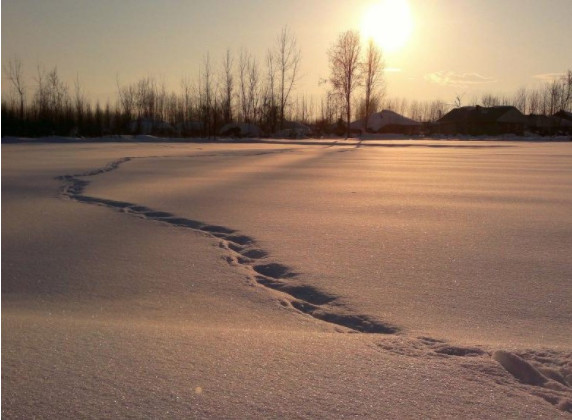
Sevaldrud said he decided to take on Dutch athlete Wim Hof's world record, which was set in 2007 when he ran a half marathon over ice and snow in 2 hours, 16 minutes and 34 seconds.
The runner said his first attempt at the record was called off prematurely when sharp ice caused injuries to his feet, but a few weeks later he tried again on some soft snow and had more success.
Sevaldrud said his final time beat his own goal of 1 hour and 50 minutes.
The runner said he is now waiting to hear back from Guinness about whether his attempt was successful.
(02/06/2021) ⚡AMPMorning vs. evening runs: which are better?
In the world of running, there are two types of people: early risers who are hitting the streets before the sun comes up, and evening runners who prefer to save their miles for after work. Of course, there are others, like those who enjoy a mid-day lunch run and shift workers who like to go out mid-morning or mid-afternoon, but for the majority of nine-to-fivers, morning and evening are their only two options. But is one better than the other? You’ll likely get a different answer depending on who you ask, but we’re here to settle the debate once and for all.
The case for the morning run
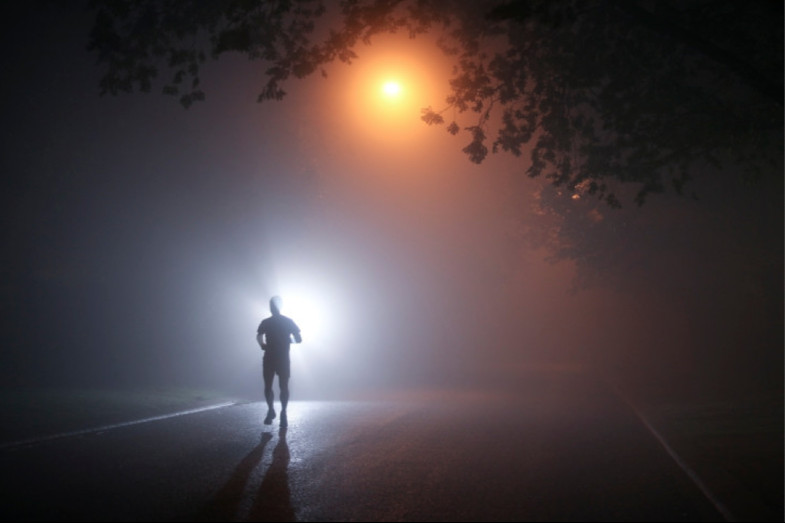
Running in the morning offers a lot of benefits. Aside from getting the opportunity to catch a good sunrise, running in the early hours is a great way to boost your mood and keep you happy for the rest of the day. Cortisol, which is also known as the stress hormone, is at its highest levels first thing in the morning, which is why people who struggle with depression or anxiety feel the worst at this time of day. Running can help counteract that, making you feel cheerier as you go about the rest of your day.
Getting your run in early also means there’s less of a chance that something could get in the way of it later. No matter what happens during the day — whether you end up having to work late or a friend invites you over for dinner — your run is already in the books and will be unaffected. Additionally, the streets in the morning tend to be quieter, and many morning runners love the peace and tranquility of that time of day.
Finally, testosterone levels peak in the morning and then gradually drop throughout the day. For this reason, running in the morning is a great way to build muscle. If you’re including some strength training in your weekly plan, the morning is also a great time to get those workouts in, too.
The case against the morning run
Running in the morning isn’t all sunrises and tweeting birds. There are some drawbacks, and most of them have to do with how well your body functions that early in the day. Running in the morning puts you at a greater risk for injury because your muscles are stiffer and colder after having been at rest all night. This means that if you do run in the morning, it’s important to do a proper warm-up and to start slow to allow your body to ease into the run.
The early morning also isn’t a great time to put in hard workouts, because you are likely not fuelled properly for that run after fasting for eight to ten hours while you slept. Without enough calories (aka energy) in your system, you likely won’t be able to run as fast or as long, so it’s best to save your hard efforts for a time when you can at least have one good meal a few hours before your workout.
The case for the evening run
Many runners find that they can run faster or longer in the evening, despite putting in the same level of effort as they do in the morning. This is because by the time the evening rolls around, you’ve likely eaten a couple of meals and so you have more energy available to fuel your run. This is also when your body temperature peaks, and since you’ve been moving around during the day your muscles are warmer and more ready to work out. Not only does this mean runner will feel easier, but it will also lower your risk for injury.
The case against the evening run
Motivating yourself for an evening run is just as difficult as a morning run, but for a slightly different reason. Most of us hit our mental peak in the morning, which then slowly dwindles throughout the day, and we often feel sluggish or tired by the end of our workday. Those two factors combined make it easy to give in and skip our run. Of course, there is also a greater possibility that something could come up during the day that forces you to miss your evening run, which could make it difficult to stick to a consistent schedule. Most of the time, however, if you can push yourself to lace up your shoes, you’ll be surprised at how good you feel once you actually start running.
There are also more environmental factors to contend with in the latter part of the day, like increased traffic (and therefore decreased air quality), hotter temperatures in the summer months and a lack of light when the sun goes down early during the winter. If you go out running at this time, it is important to be prepared for whatever elements you may have to deal with so you can run safely.
Finally, while running in the evening may not force you to get up early, it could disrupt your sleep if you leave it too late. Sleep is a very important part of recovery, so if you’re finding that your sleep quality is worse after you run in the evening, you may want to try finding an earlier time to run.
The bottom line
When it comes down to it, the best time of day to run depends on you and your schedule. If starting your day with a run makes you feel energized and happy and helps you to stay consistent with your training, then by all means continue. Just make sure that you’re warming up properly and going to bed early so you’re not missing out on sleep. If getting up before the sun sounds like torture to you, then the evening run is the better option. If you can, avoid heavily trafficked areas so you aren’t breathing in so many fumes, and make sure you’re well-prepared for the environmental conditions you might encounter on your run.
(02/06/2021) ⚡AMPby Running Magazine
2021 Two Oceans Marathon has been cancelled due to the pandemic
Cape Town’s premier running event, the Two Oceans Marathon scheduled for Easter Saturday, April 3, has been cancelled because of the COVID-19 pandemic.
The 56 km race is the second largest ultramarathon in South Africa and has been held since 1970. According to a media release by the race organizers, “the current pandemic climate, [and] the health risks around hosting the… mass participation event are far too significant for the event to proceed safely.”
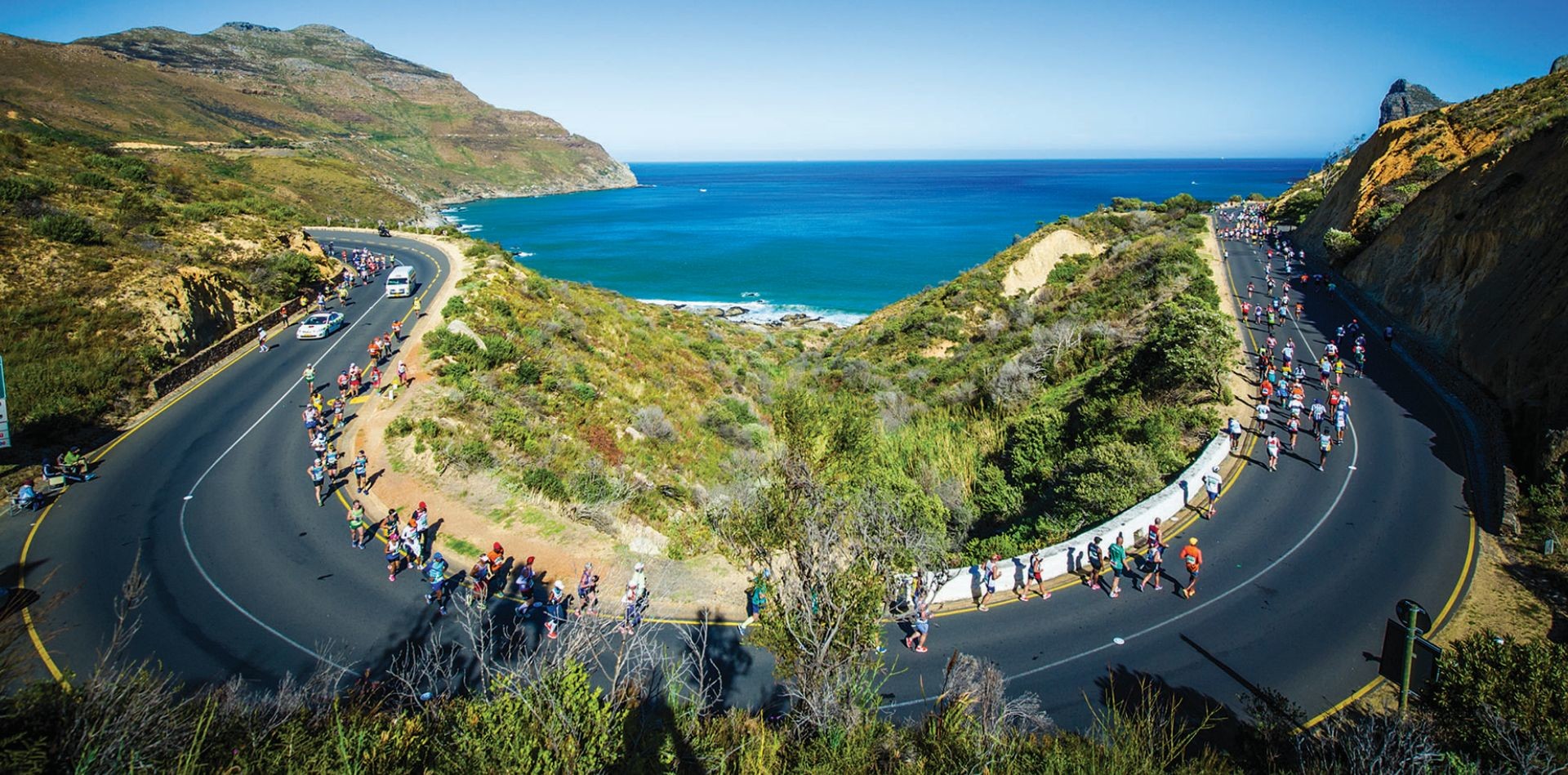
“It is never pleasant when an event like this is disrupted and which in turn affects the fixture calendar and the many athletes who are already planning for that day,” said Jakes Jacobs, President of Western Province Athletics (the provincial authority for the event). “However, it is even more painful to us when an event of this magnitude is forced to be cancelled. Unfortunately, the pandemic knows no bounds and… no one knows when it will be put under control or even be eliminated, if at all.
We have consulted with Athletics South Africa regarding the race. Western Province Athletics and the organizers eventually took this final decision after taking into consideration the many factors in the management of the event and the current behavior of the virus.”
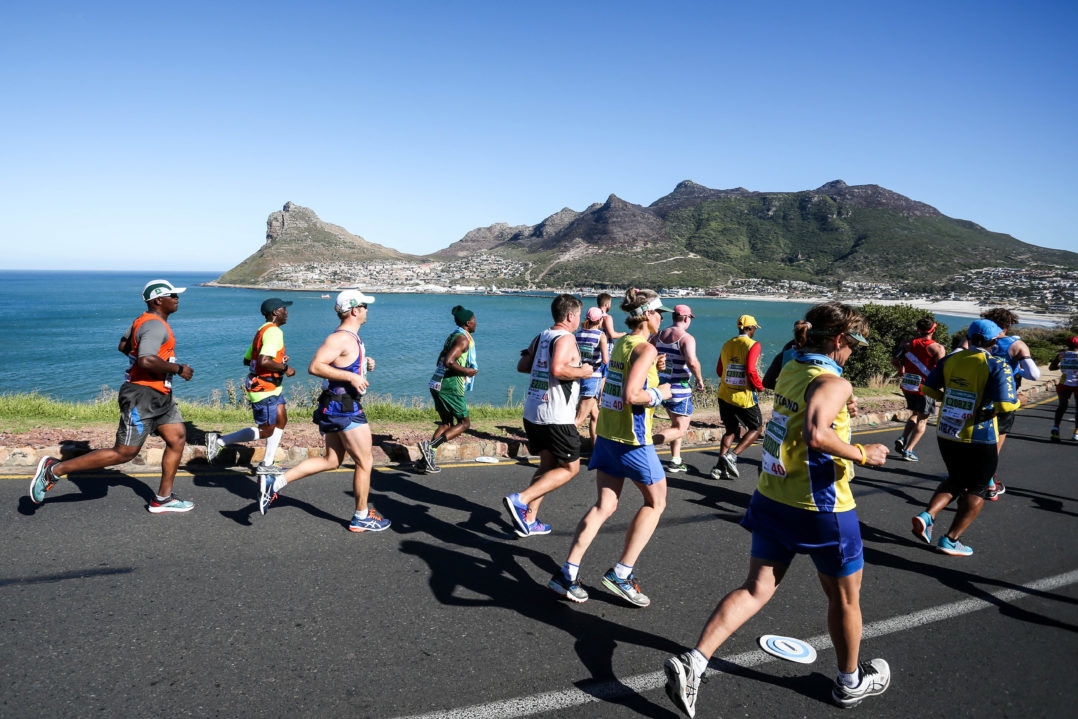
The organizers said while they did consider a postponement of the event to a later date, they are “planning alternative events and programmes… within the prevailing regulations”. These will be announced soon.
The Two Oceans was also cancelled in 2020, when it would have been the 51st running of the ultramarathon (and the 23rd of the accompanying half-marathon). When it was last held in 2019, the winners were Bongmusa Mthembu and Gerda Steyn (her second consecutive victory). The race had 12,026 finishers; the combined total of 26,509 finishers in the ultra and half-marathon easily makes it the biggest running event in South Africa.
Almost simultaneously with this news, Athletics South Africa announced that track and field events can resume this weekend after several months of no activity. It is expected that the country’s COVID-19 lockdown level will be lowered by the government before or on February 15, which would increase the limit on the number of people allowed at public gatherings such as track and field meetings and road races.
(02/06/2021) ⚡AMPby Riël Hauman
Two Oceans Marathon
Cape Town’s most prestigious race, the 56km Old Mutual Two Oceans Ultra Marathon, takes athletes on a spectacular course around the Cape Peninsula. It is often voted the most breathtaking course in the world. The event is run under the auspices of the IAAF, Athletics South Africa (ASA) and Western Province Athletics (WPA). ...
more...Why Runners Should Treat Winter as a Training Tool
In the winter of 1939, when the military posted Swedish miler Gundar Hagg to the far north of that nordic country, he devised a unique training program of running on trails through knee- or hip-deep snow. Most days he would do 2500 meters in snow for strength, followed by 2500 meters on a cleared road for turn-over. But during those times when he couldn't find cleared roads-sometimes for weeks-he'd run up to the full 5K in snow. The next summer he set huge PRs, coming within one second of the mile world record.
Hagg continued his routine in subsequent winters, devising a hilly 5K loop in a different locale that trudged through snowy forest for 3000 meters then ended with a 2000 meter stretch of road where he could run at full speed. He kept improving, and the summer of 1942 he set 10 world records between 1500m and 5,000m.
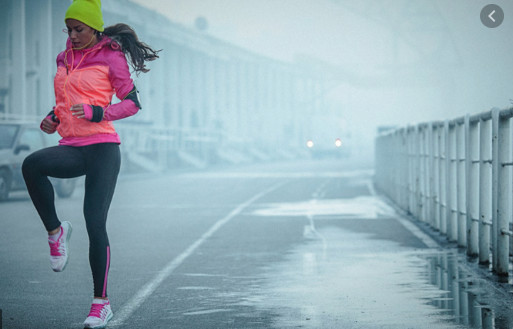
While Hagg's routine was created out of necessity, he obviously valued the snowy training. When he moved to a city with a milder climate, he wrote in a training journal, "It will be harder running than any previous year. Probably there won't be much snow." And every winter he scheduled trips north to train on the familiar, tough, snowy trails.
Hagg isn't the only runner who has found winter training valuable. Roger Robinson, who raced internationally for England and New Zealand in the 1960s before setting masters road records in the '80s, recalls his training for the deep-winter English cross country championships of the 1950's and 60s. "We ran, often at race pace, over snow, mud, puddles, deep leaves, ploughed fields, scratchy stubble, stumpy grass, sticky clay, sheep-poo, whatever, uphill and down," Robinson says. "And thus, without going near a gym or a machine, we developed strength, spring, flexibility, and stride versatility that also paid off later on the road or track; I made one of my biggest track breakthroughs after a winter spent running long intervals on a terrain of steep hills and soft shifting sand."
Robinson, now 80, with two artificial knees, still runs in the cold and slop. "Running is still in great part about feeling the surfaces and shape of the earth under my feet," he says.
Hagg and Robinson are of a different generation than those of us with web-connected treadmills that can let us run any course on earth from the comfort of our basement, but they're on to something we might still benefit from: Winter can be an effective training tool. Here are five reasons you'll want to bundle up and head out regardless of the conditions, indeed, why you can delight when it is particularly nasty out.
1) Winter Running Makes You Strong
As Hagg demonstrated and Robinson points out, winter conditions work muscles and tendons you'd never recruit on the smooth, dry path. A deep-winter run often ends up being as diverse as a set of form and flexibility drills: high knees, bounds, skips, side-lunges, one-leg balancing
Bill Aris, coach of the perennially-successful Fayetteville-Manlius high school programs, believes that tough winter conditions are ideal for off-season training that has the goal of building aerobic and muscular strength. He sends the kids out every day during the upstate New York winter, and says they come back, "sweating, exhausted and smiling, feeling like they have completely worked every system in their bodies."
2) Winter Running Makes You Tough
No matter how much you know it is good for you and that you'll be glad when you're done, it takes gumption to bundle up, get out the door and face the wintry blast day after day. But besides getting physically stronger, you're also building mental steel. When you've battled snow and slop, darkness and biting winds all winter, the challenges of distance, hills and speed will seem tame come spring.
"If you have trained in deep snow, or battled up a slippery hill into freezing sleet, or lifted your feet out of sticky clay for an hour, the race can hold no fear," Robinson says. "If you do real winter training, Boston in April can throw nothing at you that you have not prepared for."
3) Winter Running Improves Your Stride
Running on the same smooth, flat ground every day can lead to running ruts. Our neuromuscular patterns become calcified and the same muscles get used repeatedly. This makes running feel easier, but it also predisposes us to injury and prevents us from improving our stride as we get fitter or improve our strength and mobility. Introducing a variety of surfaces and uncertain footplants shakes up our stride, recruits different muscles in different movement patterns, and makes our stride more effective and robust as new patterns are discovered.
You can create this stride shake-up by hitting a technical trail. But as Megan Roche, physician, ultrarunning champion, clinical researcher at Stanford and Strava running coach, points out, "A lot of runners don't have access to trails. Many runners are running on flat ground, roads-having snow and ice is actually helpful, makes it like a trail."
In addition to creating variety, slippery winter conditions also encourage elements of an efficient, low-impact stride. "One thing running on snow or ice reinforces is a high turn over rate and a bit more mindfulness of where your feet are hitting the ground," Roche says. "And those two things combine to a reduced injury risk." After a winter of taking quicker, more balanced strides, those patterns will persist, and you'll be a smoother, more durable runner when you start speeding up and going longer on clearer roads.
"Exercising in general, particularly during periods of higher cold or flu season has a protective effect in terms of the immune system," says Roche. You get this benefit by getting your heart rate up and getting moving even indoors, but Roche says, "Getting outside is generally preferable-fresh air has its own positive effect."
Cathy Fieseler, ultrarunner and sports physician on the board of directors of the International Institute of Race Medicine (IIRM), says there's not much scientific literature to prove it, but agrees that in her experience getting outside has health benefits. "In cold weather the furnace heat in the house dries up your throat and thickens the mucous in the sinuses," Fieseler says. "The cold air clears this out; it really clears your head."
Fieseler warns, however, that cold can trigger bronchospasms in those with asthma, and Roche suggests that when it gets really cold you wear a balaclava or scarf over your mouth to hold some heat in and keep your lungs warmer. "Anything below zero, you need to be dressed really well and mindful of your lungs, making sure that you're not exposing your lungs to too cold for too long," Roche says.
For all its training and health benefits, the thing that will most likely get most of us out the door on white and windy days is that it makes us feel great. "A number of runners that I coach and that I see in clinics suffer from feeling more depressed or a little bit lower in winter," says Roche. "Running is a great way to combat that. There's something really freeing about getting out doors, feeling the fresh air and having that outdoor stress release."
Research shows that getting outside is qualitatively different than exercising indoors. A 2011 systematic review of related studies concluded, "Compared with exercising indoors, exercising in natural environments was associated with greater feelings of revitalization and positive engagement, decreases in tension, confusion, anger, and depression, and increased energy." They also found that "participants reported greater enjoyment and satisfaction with outdoor activity and declared a greater intent to repeat the activity at a later date."
That "intent to repeat" is important. Running becomes easier and more enjoyable, the more you do it. "Consist running is really the most fun running," Roche says. "It takes 4 weeks of consistency to really feel good. Your body just locks into it."
Most people associate consistency with discipline, and setting goals and being accountable is an effective way to build a consistent habit. Strava data shows that people who set goals are much more consistent and persistent in their activities throughout the year. The desire to achieve a goal can help overcome that moment of inertia when we're weighing current comfort with potential enjoyment.
But the best way to create long-term consistency is learning to love the run itself. Runners who make it a regular part of their life talk little about discipline and more about how much they appreciate the chance to escape and to experience the world on their run each day-even, perhaps especially, on the blustery, cold, sloppy ones.
"I want to get out into whatever the weather is, the environment is. I want the experience," Robinson says. "Yes, in winter it's nice to stay warm inside; except when you go outside once a day to run, in whatever weather and on whatever footing nature provides. That's called living. It's also good for your later races."
(02/06/2021) ⚡AMPby Trail Runner Magazine
US 800m star, Ajeé Wilson is on the comeback trail
The US 800m star is on the comeback trail, writes Elliott Denman, and about to hit the track for her first competition in 12 months
“It’s been crazy,” Ajee’ Wilson tells you, by way of telephone interview.
Which isn’t exactly late-breaking news.

Then again, when you are the No.1-ranked athlete in the world in a prime event on the programme of the “flagship sport of the Olympic Games,” a very good guess is that the last year has been a whole lot crazier for you than it’s been for so many of your contemporaries.
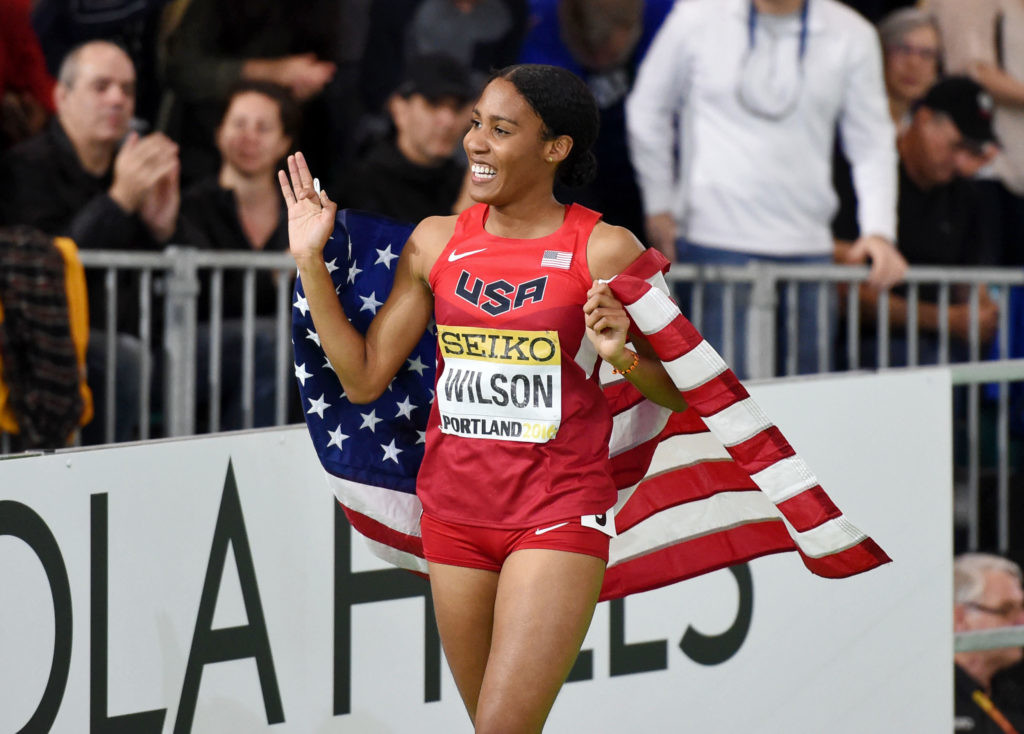
At 26 – she’ll be 27 on May 8 – the stellar speedster from Neptune, New Jersey, a Temple University graduate who now lives and trains in Philadelphia, is already the owner of 11 USA Track and Field national championship gold medals, holds both versions of the American record for 800m (1:55.61 outdoors, 1:58.29 indoors) and is a young veteran of both the 2016 Olympics and multiple editions of the world championships, And, too, she ran off with the top spot in the most recent complete edition of the Diamond League circuit in 2019.
That’s already a career dossier that puts her right up there with the best of the best in American track annals.
Nevertheless, she hasn’t competed in nearly a year and can’t really tell you “where I am” heading into the New Balance Grand Prix at Staten Island’s Ocean Breeze complex, on Saturday February 13. Her 2021 debut will thus be more than interesting as the track and field world catch up on her exploits and she catches up with her own sport.
Her most recent competitive outing was at the USATF Indoor Nationals in February last year in Albuquerque. Of course, she won it, in 2:01.98 and at altitude. It came a week after she’d won at New York’s Millrose Games, in an American record of 1:58.29, which held up as No.2 world time of the indoor season behind Jemma Reekie’s 1:57.9.
She’d opened her 2020 season with a 2:02.37 win in January at the New York Armory’s Dr Sander Invitational. But before that, her last prior major outing was third place at the World Championships in Doha in September 2019.
So that adds up to just three major competitions in a year and just four in nearly 16 months. What can the track and field world expect?
Wilson can’t really tell you – other than saying: “I’m pretty healthy, I’ve been training well, not bad at all (with her training group partners and coach Derek Thompson, almost always outdoors in Philadelphia, no matter the weather).
“I don’t have any issues, no nicks, no nacks.”
Yes, there were “some nicks, some nacks” for a brief stretch last summer but they’re long gone now and she’s more than anxious to get back into real racing.
She’s grateful, too, that, even through this brutal stretch of overlapping universal economic slowdown, and the devastations of the pandemic, her sponsor adidas has stayed with her and lent the ongoing support appropriate to a world-class athlete.
After the Staten Island start, she hopes to run The Texas Qualifer, a brand new outdoor meet in the Austin area on February 26-27 designed to help Tokyo Olympic hopefuls post qualifying marks. Focusing on events from the 800m up to 10,000m for men and women, the meet will be USATF-sanctioned, spectator-free and fully observant of Covid protocols.
“Hopefully” – a word almost all the global elite uses regularly these challenging days – the meet will evolve into a major stepping stone on the way to Japan in July.
Like every global Games candidate, she has no firm idea if the Tokyo Olympics will actually transpire as scheduled. And if so, in what form? As a strictly-for-TV extravaganza? As a spectator-free production? In a who-knows-what format?
“I’m just hopeful,” said Wilson. “Whatever they decide, that’s fine with me.”
She adds: “It’s obviously a bigger call than any of us can make.”
(02/05/2021) ⚡AMPby Athletics Weekly
Tokyo 2020 Olympic Games
Fifty-six years after having organized the Olympic Games, the Japanese capital will be hosting a Summer edition for the second time, originally scheduled from July 24 to August 9, 2020, the games were postponed due to coronavirus outbreak, the postponed Tokyo Olympics will be held from July 23 to August 8 in 2021, according to the International Olympic Committee decision. ...
more...2021 Nagano Marathon has been cancelled due to the pandemic
The Nagano Marathon organizing committee held the meeting on February 2nd at Nagano city and decided to cancel the 23rd Nagano marathon.
This is the judgement to put utmost priority to safety to participant runners and local residents considering the condition of coming April cannot be foreseen because 11 prefectures in Japan are still under the second proclamation of state of emergency due to the spread of new coronavirus.
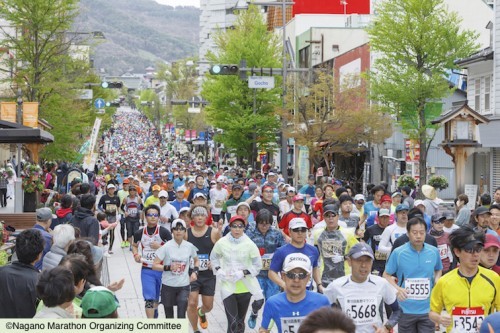
The committee has considered the necessary infection prevention measures, however the spread ot the third wave infection, which began from around November last year, is continuing and the state of emergency period is expected to be extended.
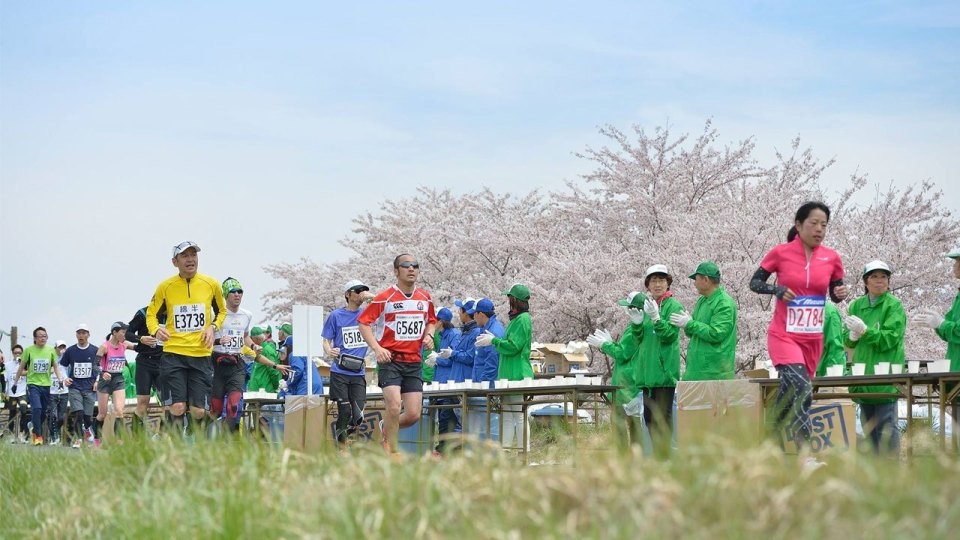
for only this time, the applicant will be given a full refund of the entry fee and will also be given priority entry to the next Nagano marathon. In addition, we are planning to hold alternative events such as online marathon that can be held without runners becoming crowded.
We are going to prepare for the next Nagano Marathon hoping new coronavirus will go down as soon as possible and both domestic and foreign runners will be able to participate in the next race with smiles.
Thank you very much for your continued support. The Nagano Organizing Committee.
(02/05/2021) ⚡AMPNAGANO MARATHON
The Nagano Olympic Commemorative Marathon is an annual marathon road race which takes place in mid-April in Nagano, Japan. It is an IAAF Bronze Label Road Race competition. The Nagano Marathon has races for both elite and amateur runners. It is named in honour of the 1998 Winter Olympics which were held in Nagano. The course has a point-to-point style...
more...What and when should you eat before, during and after your runs?
For runners, food is more than simple nutrition — food is fuel. What and when should you eat before, during and after your runs? What should you drink and how much? When you are training for a long race — 10K or more — you are going to have to change how you eat; we’ll show you how to make those changes.
Three Simple Food Rules

If you are starting to train for a long-distance race, these tips should help guide your eating habits.
1. Eat More

During marathon training you are burning many more calories than you were before, and you need to replace them. First, use this calculator to help you get an idea of how much you are burning. Keep in mind, however, that your calorie burn will depend on your gender, size and the intensity of your workout. Then replace those calories with nutrient-rich food — the rest of this guide will show you how.
Looking to lose weight? It may surprise you, but long-distance running is not an effective weight-loss plan. One mile of running burns about 100 calories, but that doesn’t mean you’ll lose a pound for every 35 miles you log. Many studies show that running increases appetites, especially in new runners. The body seems to want to maintain its weight homeostasis and will pump out hormones that prompt runners to want to eat. If you are not trying to lose weight, by all means respond to those signals by eating more, but if you wish to lose weight, you have to be aware of how many calories you burn and how many you consume.
One tip? Running on an empty stomach pushes the body to use your fat stores as fuel and can help to fight weight gain.
If you do find the scale creeping higher as you train, watch your calorie intake and make sure to read rule #2.
2. Fight the Hunger
You will feel hungry when you are training for a marathon, a feeling commonly called “runger” within running circles. However, if you feel hungry all the time, it’s time for a dietary change to make sure you can go longer without feeling hungry between meals.
If hunger is an issue, ask yourself these questions:
• Are you getting enough protein? Carbs have long been seen as the holy grail to fast running, but protein is important because it stabilizes your blood sugar and helps you feel fuller longer.
• Are you eating enough before a run? Running on an empty stomach can often lead to sluggish workouts and clawing hunger later in the day.
• Are you eating often enough? If you are hungry after eating three meals, try spacing out the same amount of food into five smaller portions instead. The steadier input of food will help your body maintain stable blood sugar levels and stave off hunger. Also, have a variety of healthy snacks on hand so you don’t turn to calorie-laden food when you are hungry. Think a handful of nuts, a cup of applesauce or a banana.
3. Try and Try Again
Sure, food is fuel, but we’re not built on an assembly line. Your months spent training for a race are there to help you develop your form, your endurance and also your optimal diet. Throughout your training, try eating different types of foods and alter their timing little by little to see what works best. Then use that combination on race day.
Most runners can figure out their ideal diet through trial and error “but with guidance, the time from trial and error to success can be greatly decreased,” says Lauren Antonucci, a registered dietitian.
Let’s start by taking a look at how our bodies uses different types of food.
(02/05/2021) ⚡AMPby Jen A. Miller
Tokyo olympics chief Yoshiro Mori apologizes for remarks demeaning women
Organizers of the Tokyo Olympics, already facing rising costs and significant public opposition to this summer’s Games, faced a new furor on Wednesday after the president of the Tokyo organizing committee suggested women talk too much in meetings.
The president, Yoshiro Mori, stoked a social media backlash after news reports emerged of his comments demeaning women during an executive meeting of the Japanese Olympic Committee that was held online.
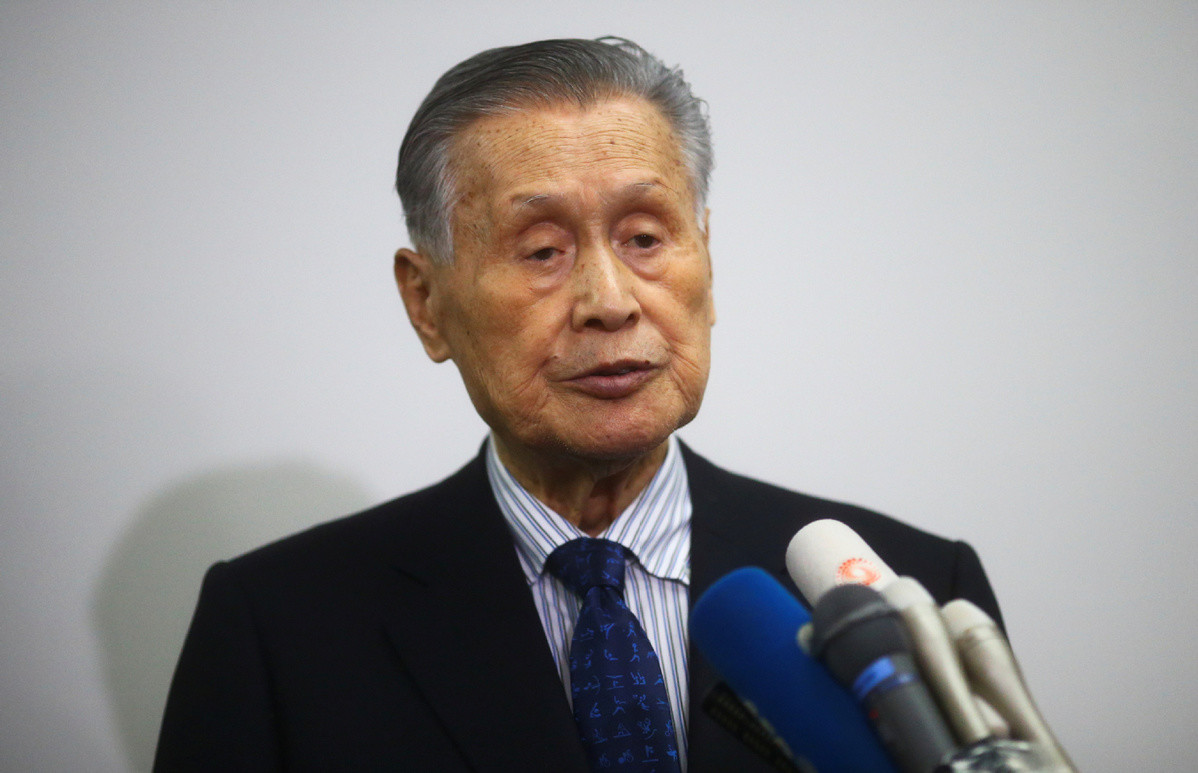
“On boards with a lot of women, the board meetings take so much time,” Mr. Mori, 83, said to laughter, according to a report in the Asahi Shimbun, one of the country’s largest daily newspapers. “Women have a strong sense of competition. If one person raises their hand, others probably think, I need to say something too. That’s why everyone speaks.”
Mr. Mori, a former prime minister, was responding to a question asking him to comment on the Olympic committee’s plan to increase the number of women board members to more than 40 percent of the total.
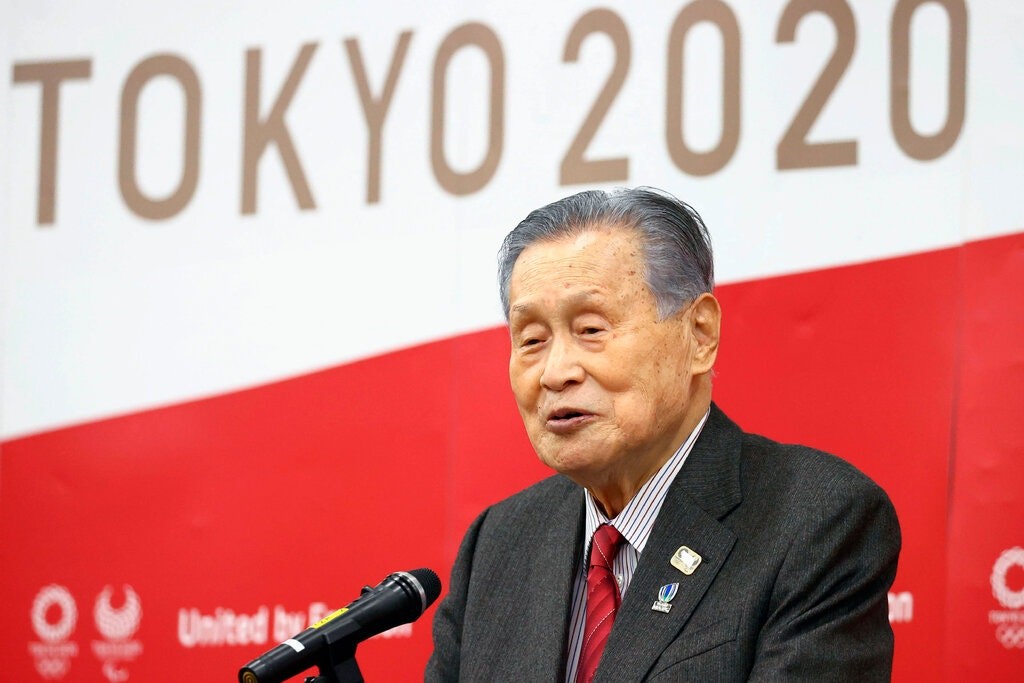
“You have to regulate speaking time to some extent,” Mr. Mori said. “Or else we’ll never be able to finish.”
The reports came just as Olympic organizers were releasing guidelines to reassure citizens and visitors that they would be able to secure the safety of athletes and others during the rescheduled Games this summer.
On Twitter, users quickly began calling for Mori to resign. Others suggested Mori’s age, and his outdated attitude, were the real problem.
At a news conference on Thursday, Mr. Mori said he had no intention of resigning. “I recognize the remark was against the spirit of Olympics and Paralympics,” he said. “I deeply regret what I said.” Mr. Mori said he wanted to retract his remarks, and he apologized “to those who felt uncomfortable.”
(02/05/2021) ⚡AMPby Motoko Rich, Hikari Hida and Makiko Inoue
Tokyo 2020 Olympic Games
Fifty-six years after having organized the Olympic Games, the Japanese capital will be hosting a Summer edition for the second time, originally scheduled from July 24 to August 9, 2020, the games were postponed due to coronavirus outbreak, the postponed Tokyo Olympics will be held from July 23 to August 8 in 2021, according to the International Olympic Committee decision. ...
more...Stanbic Bank Kenya unveil marathon queen Brigid Kosgei as brand ambasaddor
Stanbic Bank Kenya have engaged world marathon record holder Brigid Kosgei as their brand ambassador for a period of two years.
Kosgei, the reigning London and Chicago Marathon champion, will now drive Stanbic Bank's new brand positioning and campaign dubbed “It Can Be,” aimed at inspiring and encouraging both the internal and external stakeholders to dream big and achieve their goals.
While unveiling Kosgei at a ceremony at Kempinski Hotel, Nairobi on Thursday, Stanbic Bank Kenya chief executive officer, Charles Mudiwa, said that they will engage the 2019 and 2020 London Marathon champion in many fields to enhance delivery and performance at their bank.

Mudiwa said their partnership with Kosgei is also in line with Stanbic Bank’s commitment to empower women.
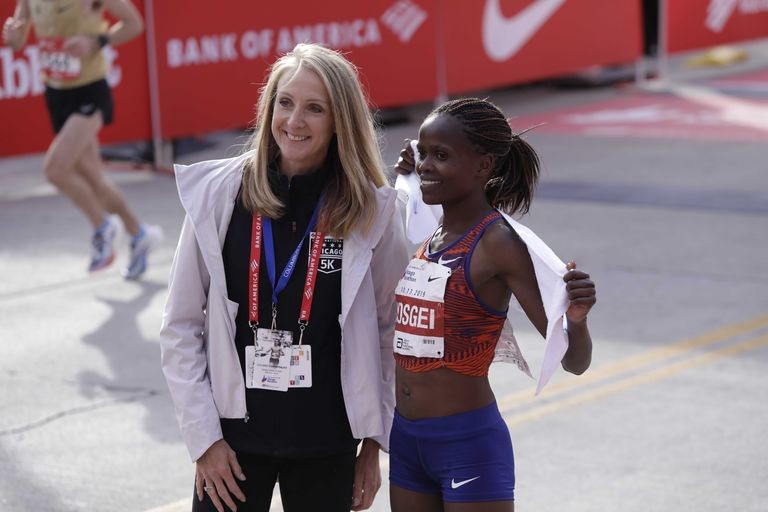
“Through its women proposition DADA, the bank continues to proactively invest in women and their businesses for a more equitable and progressive society,” explained Mudiwa, adding that through various financial and non-financial offerings, the bank has managed to bring on board over 10,000 women, and the numbers keep growing.
“Brigid is a fitting international athlete and has achieved a great deal at such a young age and is a true reflection of the brand. Her determination and focus portrays the very essence of It Can Be,” said Mudiwa. “It Can Be speaks to the philosophy of who we are and where we are going as a Kenyan Bank.”
The 26-year-old Kosgei said that he was humbled by Stanbic Bank’s gesture and vowed to use the opportunity to sensitize the girl-child on the importance of education and sports.
“I dropped out of school since my parents were unable to pay my school fees and that is why I shall endeavor to give my children good education as well as push them into sports,” said Kosgei, adding that everyone faces challenges in life, but it should not deter us from going forth and achieving our goals.
Kosgei said Stanbic Bank has been there to support her journey and helped her realize her dreams.
(02/04/2021) ⚡AMPby Ayumba Ayodi
2021 Tokushima Marathon won´t take place and this is the second year in a row that the event has been cancelled due to the pandemic
On Feb. 3 the organizing committee for the Tokushima Marathon announced that this year's race, scheduled for Mar. 28, has been cancelled.
The second year in a row that the event has been called off, the committee's decision to cancel was unanimous.
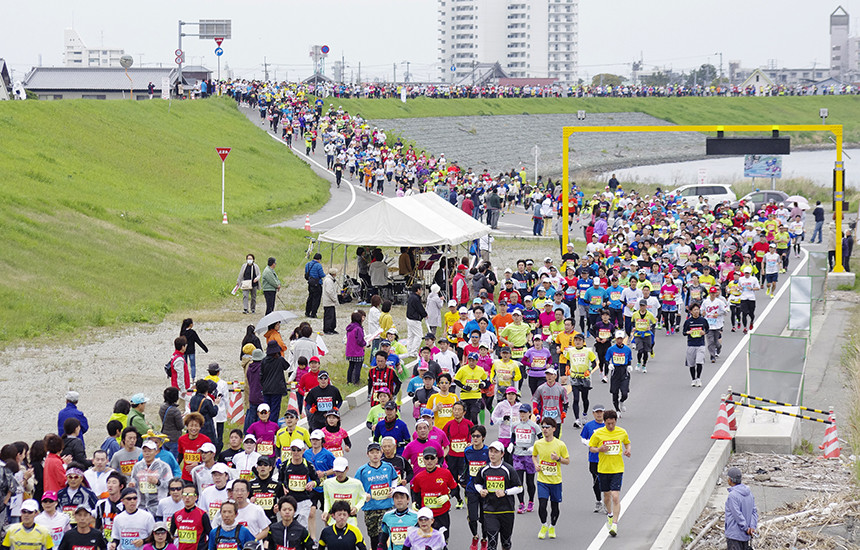
With the national government's decision to extend the state of emergency in ten prefectures and the impending demands of vaccine distribution, the organizing committee felt that it was important to prioritize society's needs and not to ask medical staff to put time and energy toward a marathon.

The 2300 people already entered will their entry fees completely refunded. They and others will also have the option to run a virtual 42.195 km race whenever they like using the race's official app.
With regard to next year's race, prefectural officials commented, "We will monitor the situation surrounding the virus moving forward and evaluate whether the race can be held."
With 11,010 finishers in 2019 Tokushima was one of the last big spring marathons still on Japan's spring calendar.
(02/04/2021) ⚡AMPby Brett Larner
Tokushima Marathon
Come and join us for the Tokushima Marathon Kizuna where your family, and friends can be part of our fun event. ...
more...The extraordinary feats of the world’s oldest marathon runner Sikh Superman Fauja Singh are to be immortalised in a biopic produced in his native India
Fauja Singh, 109, who broke marathon records and was dubbed the “Sikh Superman” before hanging up his running shoes six years ago, will be the subject of a Bollywood film, Fauja, tracing his remarkable career.
The life of Fauja Singh, the oldest marathon runner in the world, will be told in a Bollywood film.
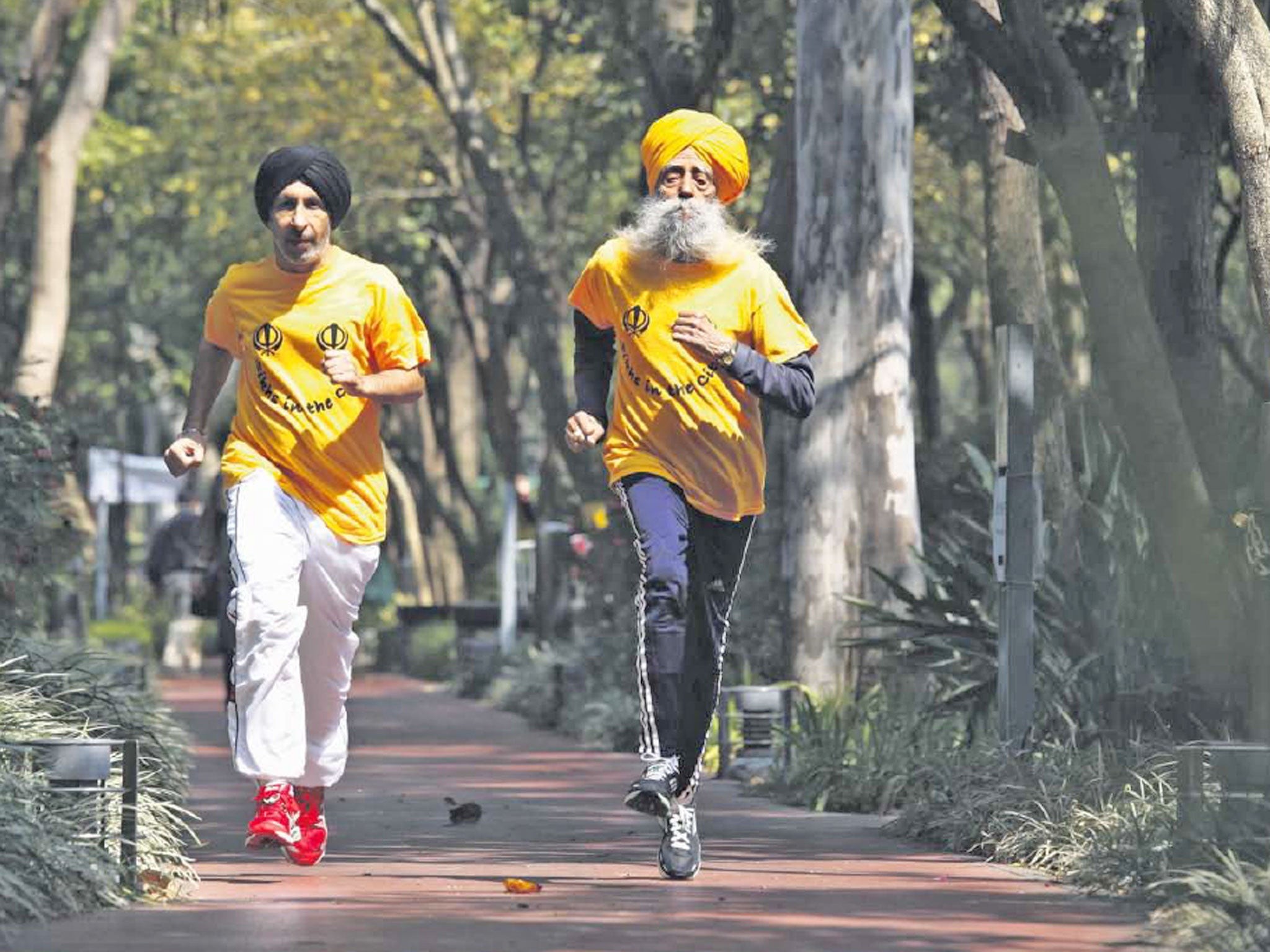
The biopic on the ‘Sikh Superman’, titled Fauja will be directed by Omung Kumar. He will also produce it alongside Kunal Shivdasani and Raaj Shaandilya.
Omung is best known for Mary Kom, which starred Priyanka Chopra and won a National Film Award in 2014 for ‘Best Popular Film’. He also directed Sarbjit.
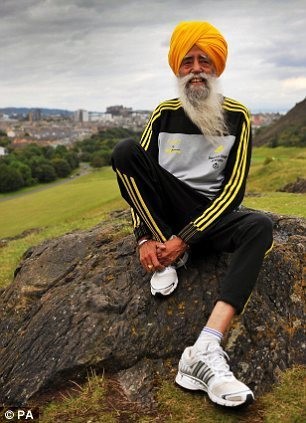
According to Deadline, Fauja will tell the story of how 109-year-old Fauja Singh shocked the world by breaking a number of records in multiple age brackets as a marathon runner.
Singh made his London marathon debut in 2000 at the age of 89. He has gone on to complete the famed marathon six times.
He has also completed marathons in New York and in Toronto twice.
The film’s screenplay is being adapted from his biography Turbaned Tornado, which was written by Khushwant Singh.
Vipul Mehta, who is known for the Gujarati film Carry on Kesar, has written the film’s script.
On the film, Omung said: “The story of Fauja Singh depicts the insurmountable odds stacked against him and what sheer power of will can make of someone who is challenged medically, by age and by society.”
Kunal added: “It is a beautiful story about a man whose life takes him on an epic journey making him a world icon as he discovers his passion for running marathons; eventually that guided him to make an impact on the world by bringing about a change to humanity.
“Omung is a dear friend and we share the same vision for the film, he has helmed Sarbjit and Mary Kom – two of the best and most successful biopics in the country and so having him chair the director’s role for this film was a unanimous decision.
“Our film intends to make the amazing journey of Fauja Singh personal to everyone watching it.”
Raaj said: “Fauja Singh is the real king and we are all honored to present his story in the form of a cinematic experience for the Indian diaspora world over.
“This story takes us on a journey through time and makes the realization of what our grandparents have been through hit home.
“It is a film that promises an instant connect.”
(02/04/2021) ⚡AMPby Hugh Tomlinson
2021 Eugene Marathon has been cancelled due to the pandemic
After careful consideration, the 2021 Eugene Marathon will shift to a fully virtual event in late April of 2021.
Over the fall and winter, the Eugene Marathon staff worked with partners at Lane County Public Health, the City of Eugene, the University of Oregon and PeaceHealth to plan for a COVID-modified, in-person event; but due to the current state of the pandemic and the projected timing of the vaccine roll out, it has become clear that putting on a safe, in-person event in April is not possible.
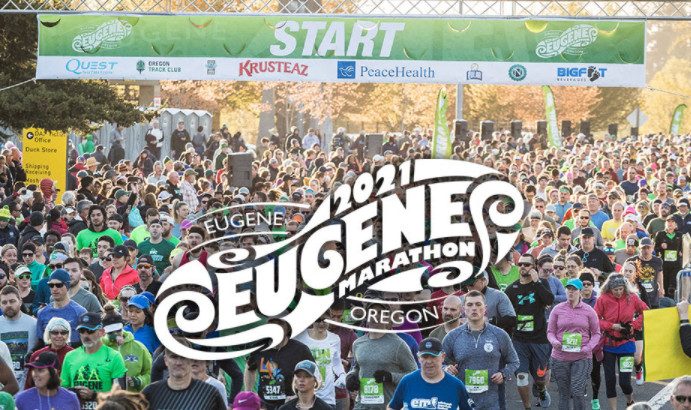
“When we opened registration in the fall, we were hopeful that 2021 would be our year to return to in-person races and to our roots at Hayward Field,” Race Director Ian Dobson said. “But as we have gone through the planning process, it has become clear that our community partners and the medical support staff we rely on will still be very busy serving our community in a significant way by providing treatment and vaccinations.”
“We also acknowledge the impact that our event could have on COVID transmissions,” Dobson added. “The fact that we attract participants from all 50 states and around the globe is something we are extremely proud of, but right now it would clearly be irresponsible for us to put our community at risk by hosting an event with that sort of reach."

The Eugene Marathon, which takes place annually on the final weekend of April, consists of a Marathon, Half Marathon, Eugene 5K, Kid’s Duck Dash, and Health & Wellness Expo. All events, including a live-streaming Finish Festival will now take place virtually. A final schedule will be announced in March. All 2021 registrants have been notified by email and will be provided a week to defer their entry for free to 2022 or to stay in the virtual event.
“Life has changed significantly since we became the healthcare sponsor for Eugene Marathon in 2019. Through the challenges of the last year, it became apparent how socially conscious Eugene Marathon is as an organization. And this decision truly highlights their commitment to doing what’s right for our communities,” said Todd Salnas, chief operating officer, PeaceHealth Oregon. “We are proud to support this year’s virtual event and associated activities and look forward to the possibility of celebrating together in person at Hayward Field in 2022.”
“We are looking at innovative ways to approach the virtual race experience and make it as fun and interactive as possible,” Dobson said. “There will be multiple days of activities available throughout race weekend. “
(02/04/2021) ⚡AMP
Eugene Marathon
Consistently ranked in the top 15 races most likely to qualify for Boston by Marathon Guide, the Eugene Marathon is a beautiful, fast, USATF certified race with amazing amenities and an unrivaled finishinside Historic Hayward Field. The Eugene Half Marathon starts alongside full marathon participants in front of historic Hayward Field home of five Olympic trials, ten NCAA championships and...
more...Cruz Culpepper runs 3:59.53 mile, joins father on list of sub-4 runners
Cruz and Alan Culpepper are just the 13th father-son duo to have both broken the four-minute barrier.
University of Washington freshman Cruz Culpepper opened his collegiate career in impressive style at the UW Indoor Preview on January 30, running a 3:59.53 mile for the first sub-four-minute result of his young career. With the run, Culpepper becomes the 11th UW runner to break four minutes in the mile, and he also joins his father, former U.S. Olympian Alan Culpepper, on the elite list. Cruz and Alan are the 13th father-son duo in history to have broken the four-minute barrier.
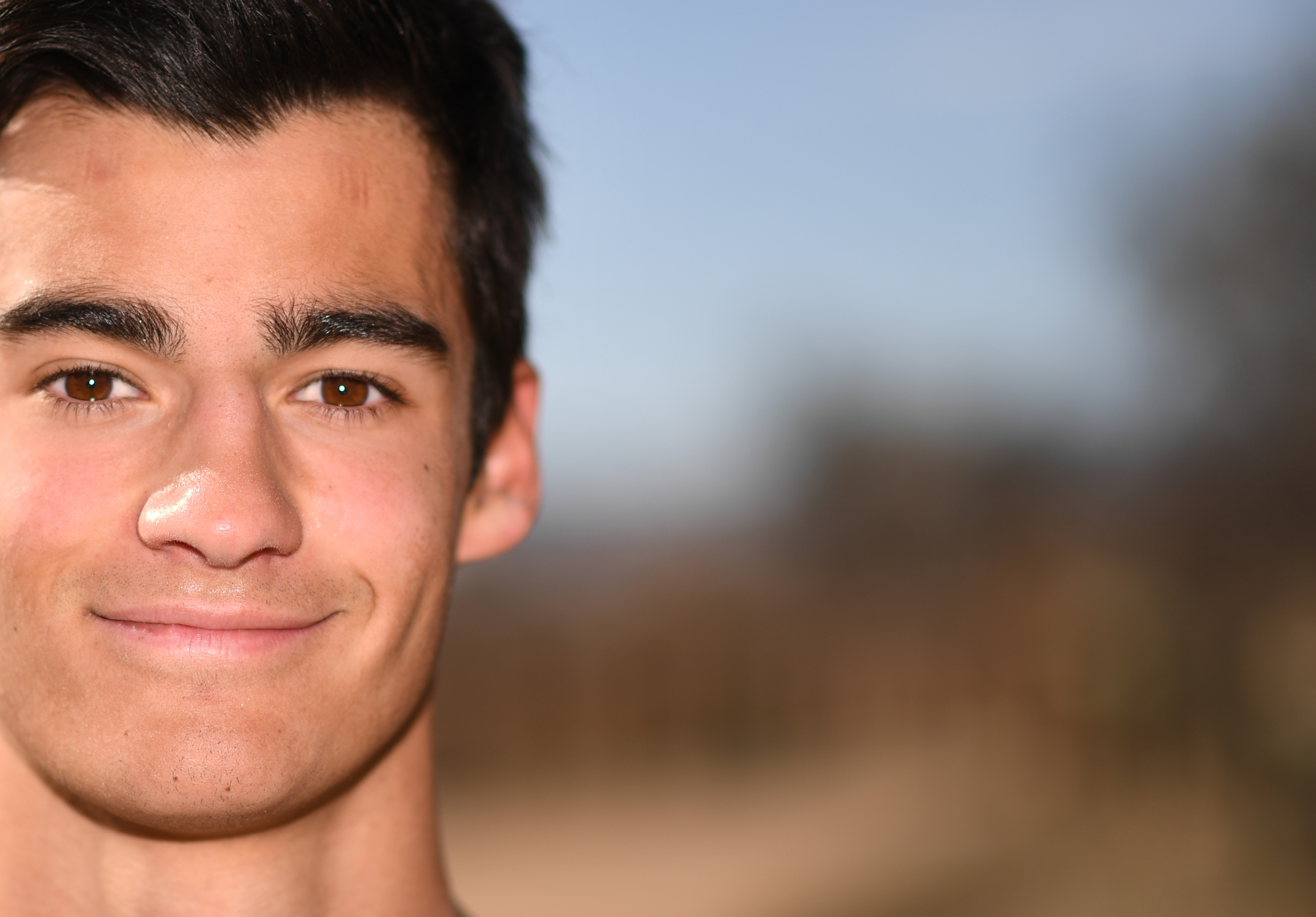
The Culpeppers:
Alan ran for the University of Colorado in the 90s, and he won the NCAA outdoor 5,000m crown in 1996. He represented the U.S. on the world stage on multiple occasions, and in 2000, he competed in the 10,000m at the Sydney Olympics. Four years later, he won the U.S. Olympic Marathon Trials to secure a spot on the team at the Athens Games, where he ran to a 12th-place finish in 2:15:26. (Alan’s wife and Cruz’s mother, Shayne Culpepper, also ran at the Olympics, competing in the 1,500m in 2000 and 5,000m in 2004.) Alan ran to consecutive top-five results at the Boston Marathon in 2005 and 2006 before retiring a couple of seasons later in 2008.
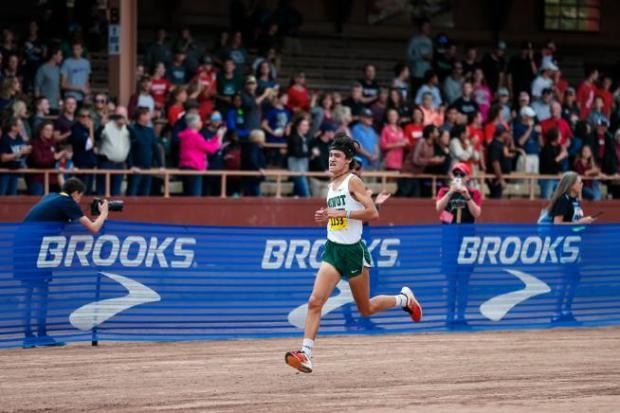
Alan’s first sub-four mile came in 1998, when he was 26, at a meet in St. Louis. He posted a blazing-fast time of 3:55.12, which he followed up a month later with another four-minute mile in Massachusetts, where he ran 3:58.47.
At just 18 years old (he’ll turn 19 in April), Cruz reached the sub-four milestone eight years earlier than his dad. His result comes just under a year since his last run at the UW track, when he came agonizingly close to breaking four minutes, competing as a high schooler, with a final time of 4:00.10. Cruz literally dove across the line in that race last year, giving everything he had in his attempt to go sub-four, but this year he fared much better, staying on his feet right through to the finish.
"It was fun," he said after the race. “It’s definitely cool to open up with a sub-four. I felt super comfortable all the way through it. I mean, it was tough, but I knew I could do it. I didn’t have anything slower than sub-four in my head.”
Joining more father-son duos
The website bringbackthemile.com names all 13 father-son duos on this exclusive list of sub-four milers, and it has several names running fans will recognize. Americans Matt Centrowitz Sr. and Matthew Centrowitz Jr. (the latter of whom is the reigning Olympic 1,500m champion) joined the list in 2009, John and Johnny Gregorek were added in 2015 and the Culpeppers are the newest pair to occupy a spot.
(02/03/2021) ⚡AMPby Ben Snider-McGrath
Paris 2024 will have a contingency plan if COVID-19 crisis is not over
Paris will be ready to host the 2024 Olympics even if the COVID-19 pandemic is ongoing as organisers have been working on contingency plans, Tony Estanguet, the head of the organising committee, said on Tuesday.
The 2020 Tokyo Olympics were postponed by a year and organisers are facing a tough challenge to host the sporting extravaganza this July and August as the COVID-19 crisis rages on.
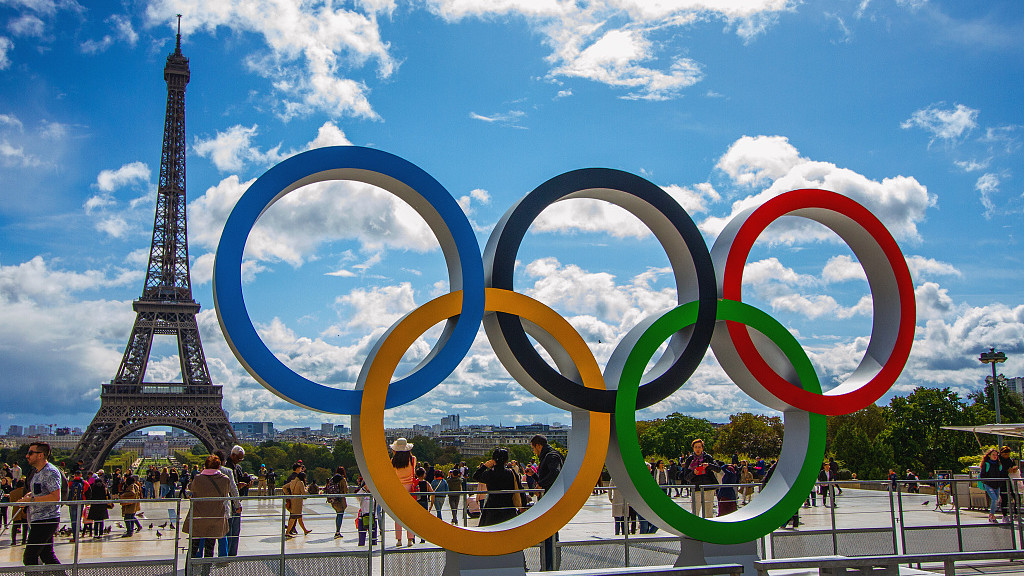
Speaking to Reuters at the Eiffel Tower, Estanguet said that Paris 2024 is preparing for any eventuality.

“When you organise events like this, you try to anticipate, but nobody could imagine that COVID-19 would create such a mess in our lives. We can predict a lot of things, but not this,” he said.
“What’s interesting is to see how we can react to unpredictable events. As early as last year, we had to re-organise and work on a new concept, in terms of competition sites, for instance, to see how we could adapt to a new context.
“In the end in a few months we managed to propose a project that was still ambitious and generated some savings. That’s the mindset we’re in. There’s no official plan B but we’re identifying the risks and the solutions. And we will be working on this until the end because risks constantly evolve.”
Asked if organisers would be ready to host the Games in 2024 if the situation was similar to this year, Estanguet said: “There are solutions.”
KEEP CALM AND STAY FOCUSED
With the 2020 Olympics delayed by a year, there were fears that the sharing of information between Tokyo and Paris would be impacted.
Estanguet, however, insisted both organising committees had been in constant contact, allowing the French to learn valuable lessons from their Japanese counterparts in terms of COVID-19 crisis management.
“Since 2018, we’ve been exchanging on security, transport, ticketing, volunteering - we’ve been sharing information for three years now and we’ve been benefiting from all the measures they set up last year,” he explained.
“Even if the Games have not happened yet, we’ve learnt a lot from Tokyo already.”
Preparations for sporting events can be severely disrupted by COVID-19 restrictions, as tennis players have recently discovered by going through a strict two-week quarantine ahead of tournaments in Australia.
Yet according to Estanguet, the Olympic Games are an athlete’s dream and the participants will be ready to adapt.
(02/03/2021) ⚡AMPby Julien Pretot
Paris 2024 Olympic Games
For this historic event, the City of Light is thinking big! Visitors will be able to watch events at top sporting venues in Paris and the Paris region, as well as at emblematic monuments in the capital visited by several millions of tourists each year. The promise of exceptional moments to experience in an exceptional setting! A great way to...
more...Marius Van Heerden, triple South African champion has died from COVID-19
The COVID-19 pandemic claimed one of the best middle distance runners ever produced in South Africa, Marius van Heerden, in Cape Town last Thursday (January 21). Van Heerden, a former South African senior record holder and junior champion in the 800 meters, as well as national senior champion over 1500m, was just 46 years-old.
Van Heerden represented South Africa at the 1996 Olympic Games in Atlanta and the 1997 World Championships in Athens. He first received national colours for a tour to India in 1993.
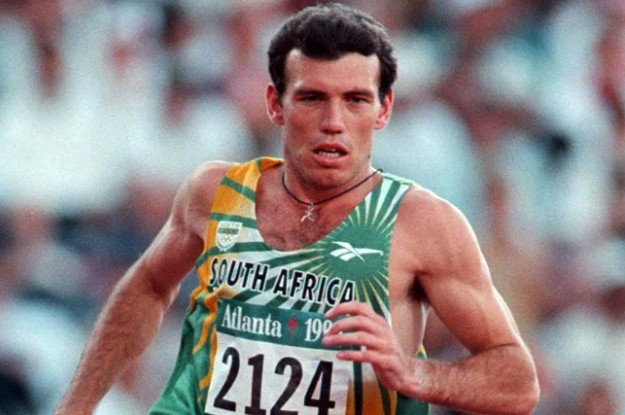
Van Heerden came onto the national scene in 1991 when he won the national U17 800m title in Germiston in 1:51.82. A year later in Cape Town’s Green Point Stadium he beat Hezekiel Sepeng (who is two months older) into second place to take the U19 gold medal in 1:49.17. A month earlier in Bellville he had run his best time of 1:48.63.
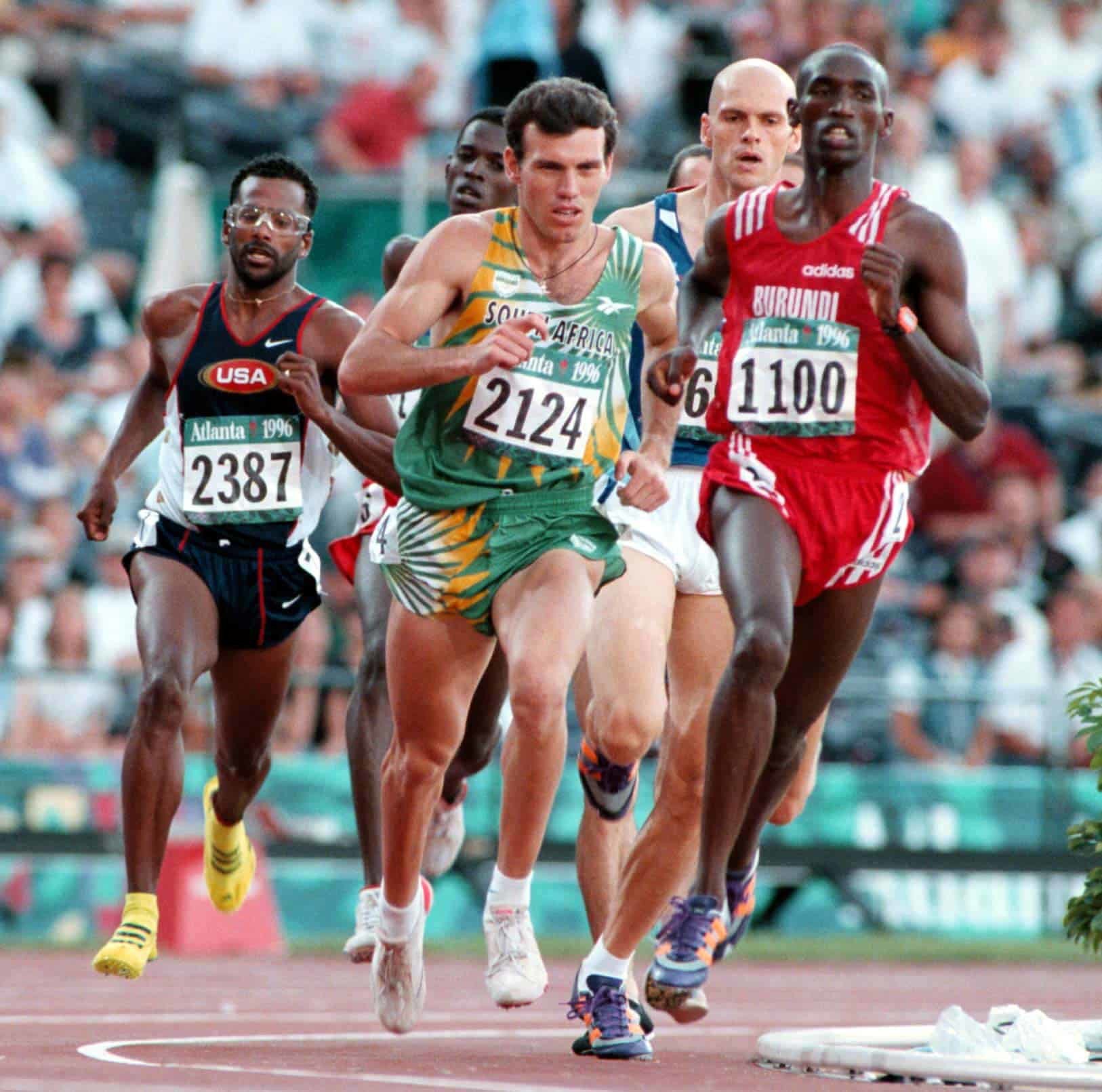
In September 1992 he finished sixth at the World Junior Championships in Seoul in 1:48.71.
The next year, 1993, he improved to 1:46.38 in Pretoria behind Johan Landsman, and also ran 1:46.55, 1:46.59, 1:46.87 and 1:46.89. The fastest time placed him fourth on the world junior list, with the 11th best time (Sepeng had the three quickest). He could not better this in 1994 and 1995, but in the Olympic year he reached the pinnacle of his career when he set a new South African record of 1:44.57 in Cape Town on April 12 — improving the national mark that had stood for 25 years behind the names of Dicky Broberg and March Fiasconaro. Although this performance was surpassed four times later in the year by Sepeng, who eventually won the silver medal in Atlanta, Van Heerden’s time placed him 23rd on the world list for the year. He also ran the fastest South African time for 1000m, a personal best of 2:17.64, as well as 1:45.52 and 1:45.99.
At the Olympic Games Van Heerden was eliminated in the first round when he finished third in his heat in 1:47.46. Three weeks before, he had been eighth in the Bislett Games in 1:46.31, then his fourth fastest time.
Earlier in the year he had run the best mile of his career when he finished third behind Johan Botha and Sepeng in 3:57.49 — also the third fastest SA time for 1996.
He never won the SA senior title over two laps, but the year 1997 started off well for him when he took the 1500m title in 3:42.11 — interestingly enough, at altitude in Potchefstroom. (He twice won the silver medal over 800m, in 1993 and 1998, and in 1995 the bronze; he was also third in the 1500m in 1996. As a junior, apart from his two 800m titles, he also won the silver medal over 800m in 1993 and over 1500m in 1991.)
A month later he ran his best 800 time of the year when he clocked 1:45.63 in Cape Town. At the World Championships he qualified for the quarterfinal with a third place in his heat in 1:47.56, but then finished only sixth in the next round and was eliminated.
He recorded the two fastest SA times for 1000m in 1997, with a best of 2:18.25.
In 1998 his best 800 was 1:46.83 (for 8th on the SA list) and in 2000 1:46.64 (also 8th). He finished his career with eleven performances under 1:47.00 and at the time of his death he was still seventh on the SA all-time list.
Van Heerden twice represented South Africa in international test matches and won the 800 on both occasions: against Italy in 1996 (1:49.4) and against Russia in 1998 (1:46.83).
(02/03/2021) ⚡AMPby Riël Hauman
Ras Al Khaimah Half Marathon has been postponed to 2022
Stacked fields had been announced for the February 19 event but it will no longer take place this year
There will be no Ras Al Khaimah Half Marathon this year, with organisers confirming that the 15th edition which had been scheduled for February 19 will now take place in 2022.
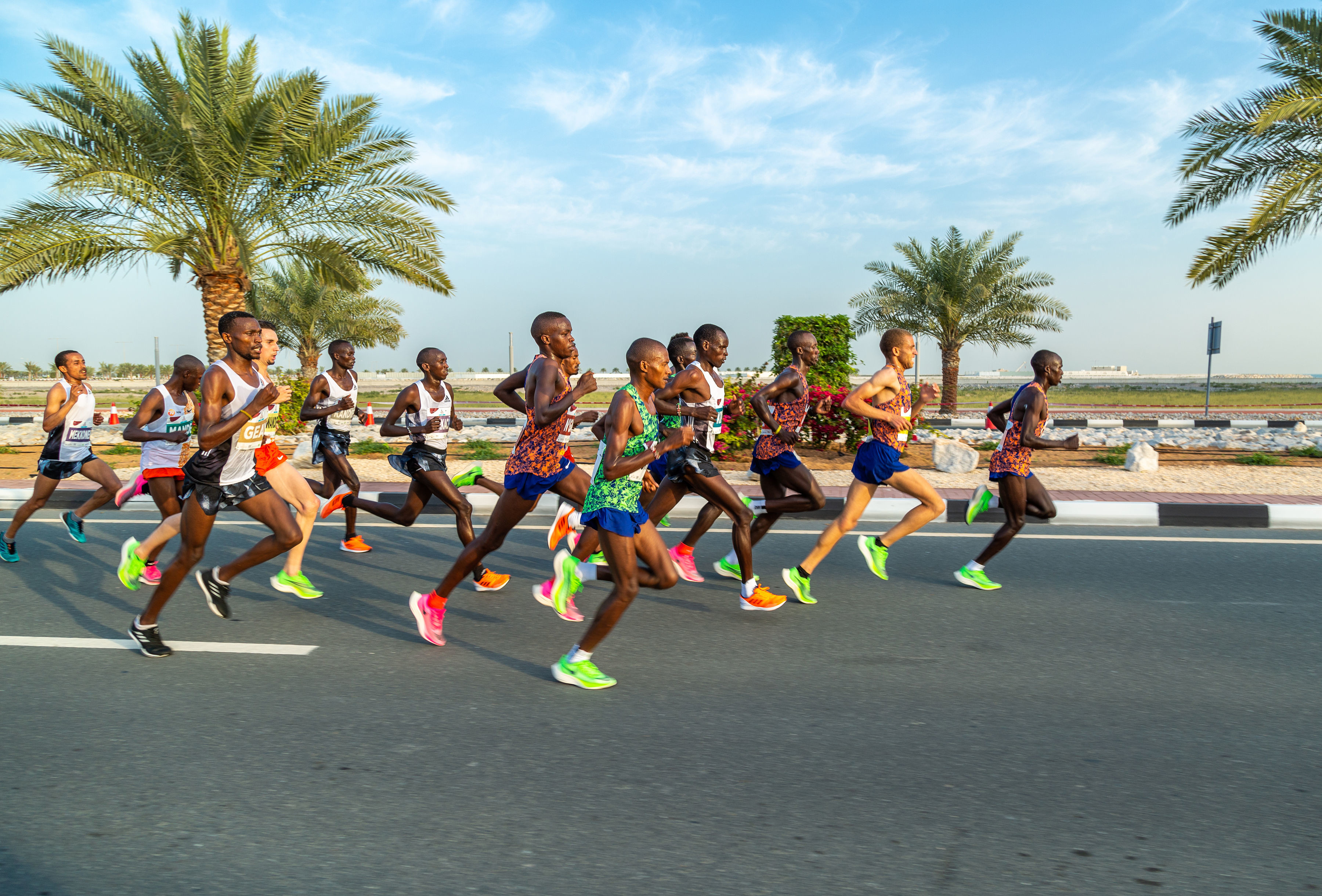
Stacked fields including three-time world half-marathon champion Geoffrey Kamworor, world half-marathon record-holder Kibiwott Kandie, world half-marathon champion Jacob Kiplimo, world half-marathon record-holder Ababel Yeshaneh (pictured), world marathon record-holder Brigid Kosgei and two-time world 5000m champion Hellen Obiri had been announced for the event.
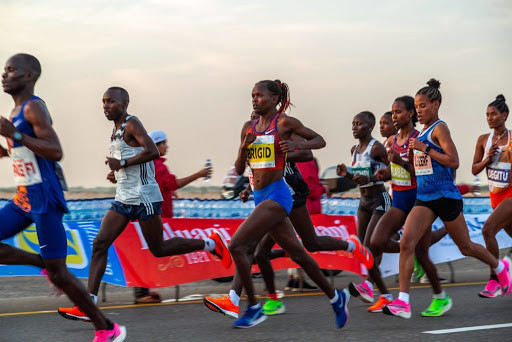
‘Elite bubble’ procedures had been put in place for the race in Ras Al Khaimah, which is the northernmost emirate of the United Arab Emirates, because of the pandemic.
It had also been set to include a 500-strong mass event, however the ever-changing pandemic situation has forced a rethink.
“After careful consideration, we have taken the decision to postpone the 15th edition of the Ras Al Khaimah Half Marathon, which was set to take place on February 19th, 2021 on Al Marjan Island, to 2022,” the Ras Al Khaimah Tourism Development Authority said in a statement.
“This is a necessary measure to protect the wellbeing of our participants, spectators and staff in light of the ever-evolving situation. All registered participants will receive a refund, as per the cancellation policy and, as gesture of gratitude and a thank you for ongoing support, all UAE registered runners will receive their race pack and race medal.
“The safety of all visitors to Ras Al Khaimah remains our utmost priority and we are very grateful for the understanding and support of the event participants at this time. We hope any participants who planned to stay in Ras Al Khaimah will continue to enjoy the diverse beach, adventure and culture offer in the Emirate.”
(02/03/2021) ⚡AMPby Athletics Weekly
Rak Half Marathon
The Rak Al Khaimah Half Marathon is the 'world's fastest half marathon' because if you take the top 10 fastest times recorded in RAK for men (and the same for women) and find the average (for each) and then do the same with the top ten fastest recorded times across all races (you can reference the IAAF for this), the...
more...2021 Mercedes Marathon postponed until 2022 due to pandemic
Runners who were looking forward to the popular Mercedes-Benz Marathon will have to wait until 2022 after it was announced Monday that the race will be postponed.
Birmingham Marathon, Inc. and Mercedes-Benz U.S. International, Inc. (MBUSI) have jointly decided to postpone the 2021 Mercedes-Benz Marathon Weekend out of caution amid the ongoing COVID-19 pandemic.
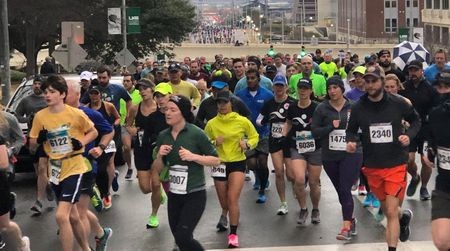
The 20th Mercedes Marathon will now be held a full year later – in February of 2022.
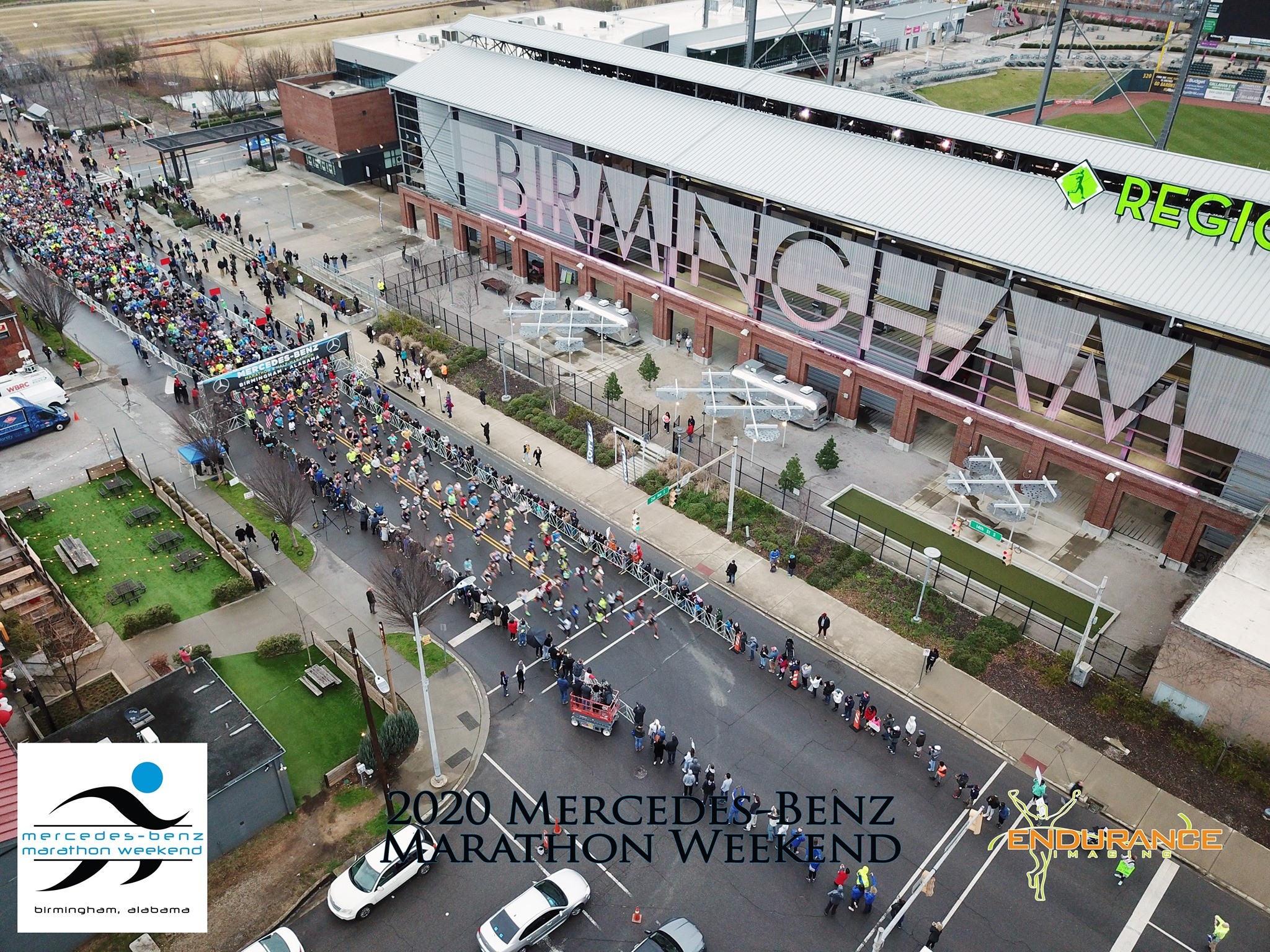
“Based on the current situation with COVID-19 and the inability to secure event permits for the postponed April date, we could not in good conscience proceed with hosting the event this spring,” said Valerie Cuddy, Chairman of the event. “We understand it is a huge disappointment, but this is necessary for the health and safety of all involved. The pandemic has deeply impacted planning, access to resources needed to carry out the race and the uncertainty will not allow us to put on a quality event and protect our runners, staff and volunteers who have made the event so successful during its 19-year history.”
Birmingham Marathon, Inc. will be reaching out to all registered participants to confirm options to roll over registrations to the 2022 event.
The modified Blue Cross and Blue Shield of Alabama’s Kids Mercedes-Benz Marathon is still taking place.
(02/02/2021) ⚡AMPby Jordan Highsmith
Mercedes-Benz Marathon
The race is a Boston Marathon qualifier and attracts racers from across the nation and around the world. The race was founded in 2003 as a fundraising effort for The Bell Center, a program for developmentally-challenged children. Celebrating 18 years, we're Alabama's premier running weekend! Bring the family and stretch out your legs on Saturday with our Regions Superhero 5K...
more...Japanese woman Mariko Yugeta, sets W60 world record with 2:52 marathon in Osaka
Sunday’s Osaka Women’s Marathon in Japan saw many fast results, including a course record and world-leading time from Mao Ichiyama, who won the race in 2:21:11. Ichiyama’s win was not the biggest story of the day, however, as she and the rest of the field were overshadowed by Mariko Yugeta, a 62-year-old woman who posted an age group world record of 2:52:13.
Yugeta’s time was good enough for 48th place, and it smashed the previous W60 world record of 2:56:54, which she set in 2019.

Not only is this a world record for Yugeta, but it’s also a personal best. That’s right — she’s 62 years old and beating times she set years ago. Since joining the W60 age group, Yugeta has broken the marathon world record three times. Her first record run came in November 2019, when she became the first W60 runner to break three hours in the marathon. She ran 2:59:15 at the Shimonoseki Kaikyo Marathon in Japan, shattering the previous world record of 3:02:50 that France’s Claudine Marchadier set in 2007.

Yugeta´s next record-breaking run came just one month after her initial sub-three-hour result, this time at Japan’s Saitama International Marathon. Despite having run a marathon weeks earlier, she managed to lower her own record even more, finishing in 18th place in 2:56:54. She failed to break her record in 2020, but she did post another sub-three-hour result, running the Osaka Women’s Marathon in 2:59:23. Finally, Yugeta ran her current PB of 2:52:13 on Sunday, but she isn’t satisfied just yet.
As reported by Japan Running News (JRN), Yugeta is registered for the Nagoya Women’s Marathon, which is set for March 14, and she says she will be looking to run even quicker than she did in Osaka. “I want to keep my legs in perfect condition and go for 2:50 or 2:51,” she said.
This might seem too ambitious, but as the JRN article notes, Yugeta struggled in the final weeks of her build to the Osaka Women’s marathon. She reportedly dealt with fatigue (which is understandable, as she runs incredibly high mileage, hitting 800K per month in the summers) and pain in her glutes. Fortunately, she was able to remedy this discomfort through acupuncture treatments, and she said her run in Osaka was pain-free.
Still, even though she felt fine on race day doesn’t mean the ghosts of those nagging issues weren’t affecting her. With those problems behind her, she could have a better build ahead of the Nagoya Women’s Marathon, which could mean the W60 world record will be lowered once again.
(02/02/2021) ⚡AMPby Ben Snider-McGrath
Osaka International Womens Marathon
The Osaka International Ladies Marathon is an annual marathon road race for women over the classic distance of 42.195 kilometres which is held on the 4th or 5th Sunday of January in the city of Osaka, Japan, and hosted by Japan Association of Athletics Federations, Kansai Telecasting Corporation, the Sankei Shimbun, Sankei Sports, Radio Osaka and Osaka City. The first...
more...2021 Access Bank Lagos City Marathon has been moved to April 10
This year’s edition of the Access Bank Lagos City Marathon earlier slated for February 13, has now been shifted till April 10, the organisers disclosed yesterday.
Last week, the Nilayo Sports Management Chief Executive Officer, Bukola Olopade, stated that the number of athletes taking part in the 2021 event was reduced from its usual 100,000 runners to 300 to stay within the regulatory procedure of the COVID-19 pandemic.
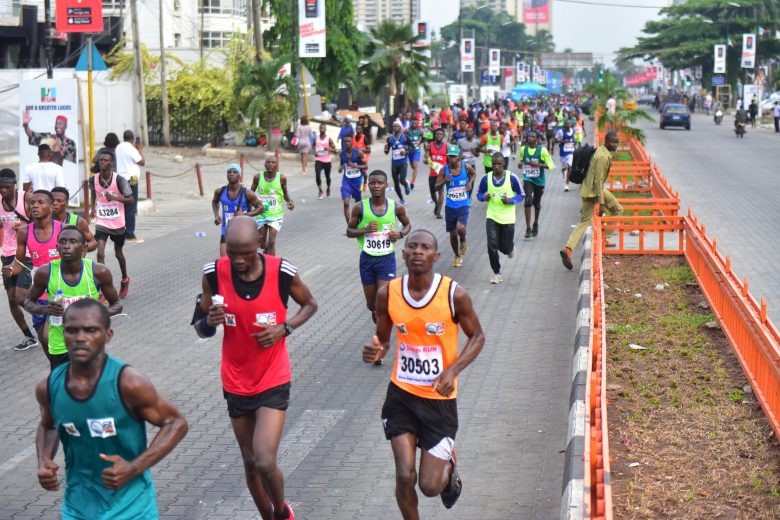
Speaking on why it was postponed, Olopade stated that even though Lagos State government, the sponsors and the organisers were fully ready, there was the need to move the event forward to April 10 due to the second wave of the COVID-19 pandemic in the country.

Olopade added: “We are not going to increase the number from 300 runners even though a lot of foreign athletes want to use the silver label Access Bank Lagos City marathon to cement their qualification for the Tokyo Olympics.
“As we speak, this Lagos city marathon has been listed by World Athletics as qualifiers for the Tokyo Olympics. Even the April 10 date is already on their website,” Olopade said, adding that the 300 tickets available for the 2021 edition would be distributed to athletes both from the country and those coming from Kenya, Uganda, Ethiopia, United Kingdom, USA and other countries.
“The 2021 Lagos City Marathon would be exclusive for the 42km race. The 10km race and the wheelchair race won’t be part of this year’s edition. The health of the athletes and everyone, who will attend the event, is very important to us. The absence of the 10km race won’t take away the glamour of the event.”
“Lagos State has become a sports tourist attraction because of the Access Bank Lagos City Marathon. We are always happy to support and make sure that the marathon happens and get better every year. We are looking forward to the April 10 date to show to the world that Lagos is a destination place to visit,” Olopade stated.
(02/02/2021) ⚡AMPby Gowon Akpodonor
Access Bank Lagos City Marathon
“The IAAF and AIMS have a special interest in the Access Bank Lagos City Marathon so if you see their top officials at the third edition, don’t be surprised. Lagos is one of the few marathons in the world that got an IAAF Label after just two editions. This is a rare feat. The event had over 50,000 runners at...
more...Commonwealth 10,000m bronze medalist, Rodgers Kwemoi, will be seeking a win at the Ras Al Khaimah
Kwemoi, will be seeking a win at the Ras Al Khaimah (RAK) Half Marathon to make up for the pain of missing out on victory at last Sunday's Discovery Kenya Cross Country Championships in Eldoret.
The former world junior 10,000m champion finished third behind winner Nicholas Kimeli and Africa Games' 5,000m champion Robert Kiprop.
“This is part of my speed and endurance build-up ahead of for RAK but I have to run well at the national championships cum trials first. My preparations have been good and that is why I had to run well in this race,” the Mount Elgon-born athlete said.
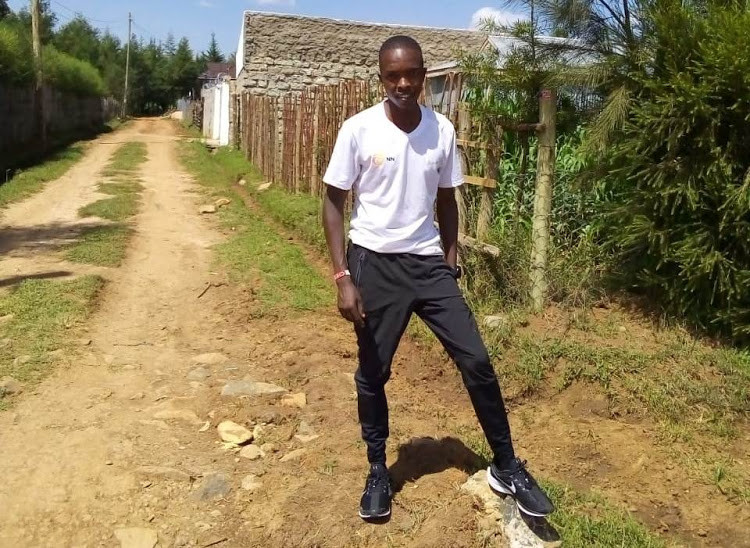
However, it will be a tall order for Kwemoi in the United Arab Emirates as he will have to upstage a star-studded roster in the men's category including world Half Marathon record holder, Kibiwott Kandie, world half marathon champion Jacob Kiplimo from Uganda and former world record holder Geoffrey Kamworor.
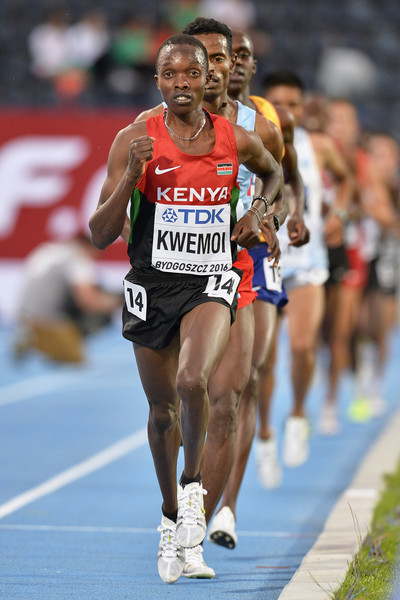
Others hoping to start off the year in style include former world half marathon silver medalist Bedan Karoki, RAK silver medalist Alexander Munyao, Stephen Kiprop and New York Marathon champion Shura Kitata of Ethiopia.
Kwemoi will also be chasing an Olympics slot in 10,000m and is optimistic he can end the country's dry spell in the long distance race since the 1968 Mexico City Olympic Games.
“I want to run 10,000 m as I focus on the Olympics. I want to bring the 10,000m Olympic gold after Kenya having the dry spell over the medal,” Kwemoi said.
(02/02/2021) ⚡AMPby Emmanuel Sabuni
Rak Half Marathon
The Rak Al Khaimah Half Marathon is the 'world's fastest half marathon' because if you take the top 10 fastest times recorded in RAK for men (and the same for women) and find the average (for each) and then do the same with the top ten fastest recorded times across all races (you can reference the IAAF for this), the...
more...Ukrop Monument Avenue 10k date has been moved to June
The Ukrop’s Monument Avenue 10k presented by Kroger won’t be held as a traditional single-day event on March 27 due to ongoing public health and safety guidelines associated with the COVID-19 pandemic.
The 10k will take place on June 3-6, 2021.
The rescheduled event will be held in a socially-distanced manner over four days at two locations: Byrd Park in the City of Richmond and Dorey Park and the Virginia Capital Trail in Henrico County.
Two official 10k courses will have a start and finish line, mile markers, directional signage, on-site packet pick up, and a finisher zone, and can be accessed from 7 a.m. to 7 p.m. from June 3- through June 6.
Timing will be available at both course locations to provide official results for participants. Participants can expect minimal traffic in Byrd Park where roads will be closed at the start and finish lines.
Dorey Park and the Virginia Capital Trail provide a course free of vehicular traffic.
Each course will also have markings for the one-mile Kids Run throughout the event weekend.
(02/01/2021) ⚡AMPUkrop's Monument Avenue 10K
Making a resolution to be more active? Looking to break a personal record? Want to do something for yourself? Hoping to start a fun new tradition with friends and family? This is the event for you! Join the thousands of others who will take to the Avenue for the 10k. Enjoy block after block of great local bands and spirit...
more...African Games 5000m champion Robert Kiprop destroyed a strong field to win the men’s 10km race at the Discovery Kenya Cross Country
African Games 5000m champion Robert Kiprop destroyed a strong field to win the men’s 10km race at the Discovery Kenya Cross Country held Sunday at the Eldoret Sports Club.
Running on a near-flat course and under a scorching sun, Kiprop timed 30:17.8 to dethrone last year’s winner Nicholas Kimeli who finished second in 30:20.8 while Commonwealth Games 10000m bronze medallist Rodgers Kwemoi placed third in 30:25.3.
World 10000m bronze medallist Rhonex Kipruto was fifth after crossing the finish line in 30:33.5
Kiprop who trains at St Patrick’s High School Iten alongside Kipruto said he is now eyeing a slot in Kenya’s team for the Africa Cross Country slated for Togo in March 1-2.
“It was a very tough race considering the opponents I was facing with the likes of Kipruto and Kwemoi. This is my first race this season and I am now going to work hard as I prepare for the national championships. I am also targeting Olympics in 5000m,” Kiprop said in an interview after the race.
On his part Kwemoi said he was using the race as a warm up for the upcoming Ras Al Khaimah (RAK) Half Marathon scheduled for February 19 at the United Arab Emirates.
The fast-rising Daisy Cherotich from Nandi stunned bigwigs in the corresponding women’s race when she took the lead in the second lap of the 2km loop to win the race in 33:53.6
The 20-year-old said she is now shifting her focus to the nationals in a fortnight as she eyes to make her maiden appearance in Kenyan colours.
“I was not expecting to win today but I thank God I made it despite the tough competition. I know it will be much tougher at the nationals but I will do my best,” said Cherotich.
Eva Cherono timed 34:01.9 to finish second as Eunice Chebichi closed the podium in 34:15.7
Reigning Frankfurt Marathon champion Valary Jemeli was fifth in 34:31.3 while African Games 5000m champion Lilian Kasait who recently won the Prison’s championships ranked seventh in 34:41.0
In the boy’s 8km race, Gideon Rono reigned supreme in 23:01.6 as Monicah Jepngetich emerged top in the girl’s 6km race after clocking 20:55.6
The event also doubled as the Central Rift championships, with the region picking their team for the nationals slated for Ngong Race Course in a fortnight.
Selected Results
10km senior men
1 Robert Kiprop 30:17.82 Nicholas Kimeli 30:20.83 Rodgers Kwemoi 30:25.34 Titus Kiptotich 30:28.75 Rhonex Kipruto 30:33.56 Emmanuel Rutto 30:37.1
10km senior women
1 Daisy Cherotich 33:53.62 Eva Cherono 34:01.93 Eunice Chebichi 34:15.74 Gladys Chepkirui 34:26.25 Valary Jemeli 34:31.36 Jackline Rotich 34:31.8
6km junior women
1 Monica Jepngetich 20:55.62 Jackline Jepkoech 21:00.13 Sharon Jerono 21:10.24 Brenda Jepchumba 21:27.25 Zena Jeptoo 21:29.56 Deborah Chemutai 21:33.6
8km junior men
1 Gideon Rono 24:01.62 Brian Kiprop 24:31.73 Emmanuel Maru 24:36.94 Emmanuel Kiplagat 24:39.45 Levy Kibet 24:43.56 Ismael Kirui 24:46.1
(02/01/2021) ⚡AMPTokyo Olympians finish 1, 2 in Osaka Women's Marathon
Japan Olympic team member Mao Ichiyama won the Osaka Women's Marathon in a race record 2 hours, 21 minutes, 11 seconds on Sunday, finishing ahead of fellow Tokyo Olympian Honami Maeda.
Organizers moved this year's race off public streets due to the coronavirus pandemic, rerouting it to 14-plus laps of a 2.8-kilometer circuit around Osaka's Nagai Park, finishing inside Yanmar Stadium Nagai.
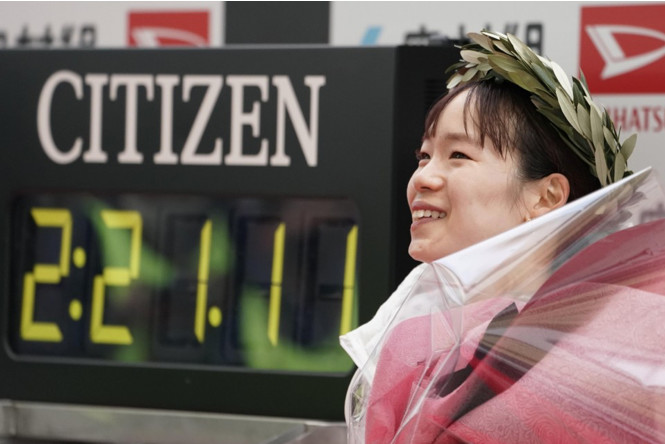

Ichiyama's time was about two minutes shy of the Japan women's record of 2:19:12 run by 2004 Olympic champion Mizuki Noguchi at the September 2005 Berlin Marathon.
Both Ichiyama and Maeda entered the race aiming to break Noguchi's record, but Maeda fell off the pace early on, while Ichiyama's pace slackened around the halfway point.
Ichiyama did break Noguchi's meet record of 2:21:18 from 2003, while Maeda still managed a personal best of 2:23:30.
(01/31/2021) ⚡AMP
Osaka International Womens Marathon
The Osaka International Ladies Marathon is an annual marathon road race for women over the classic distance of 42.195 kilometres which is held on the 4th or 5th Sunday of January in the city of Osaka, Japan, and hosted by Japan Association of Athletics Federations, Kansai Telecasting Corporation, the Sankei Shimbun, Sankei Sports, Radio Osaka and Osaka City. The first...
more...





